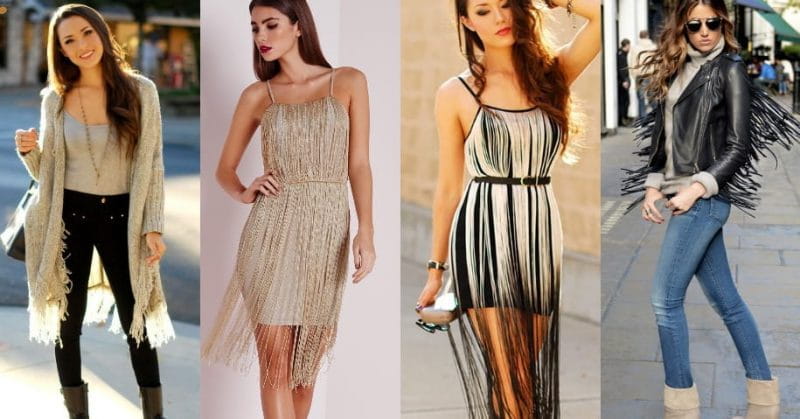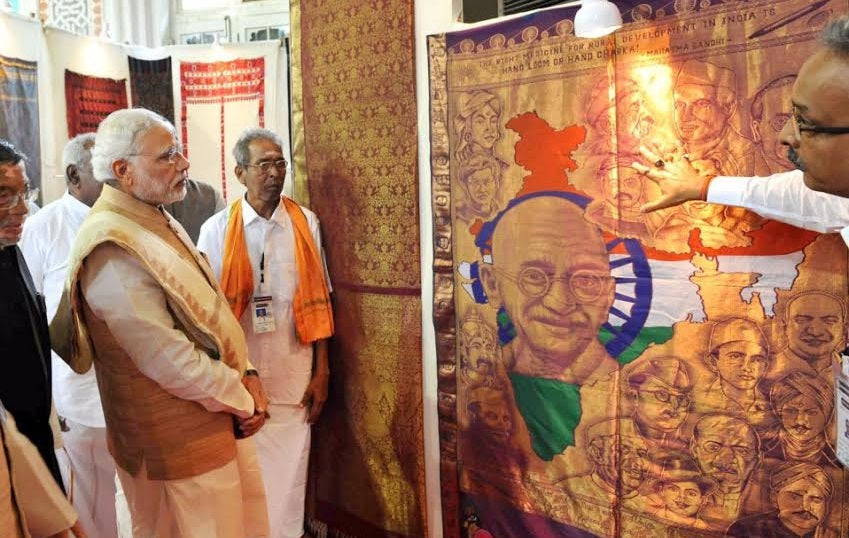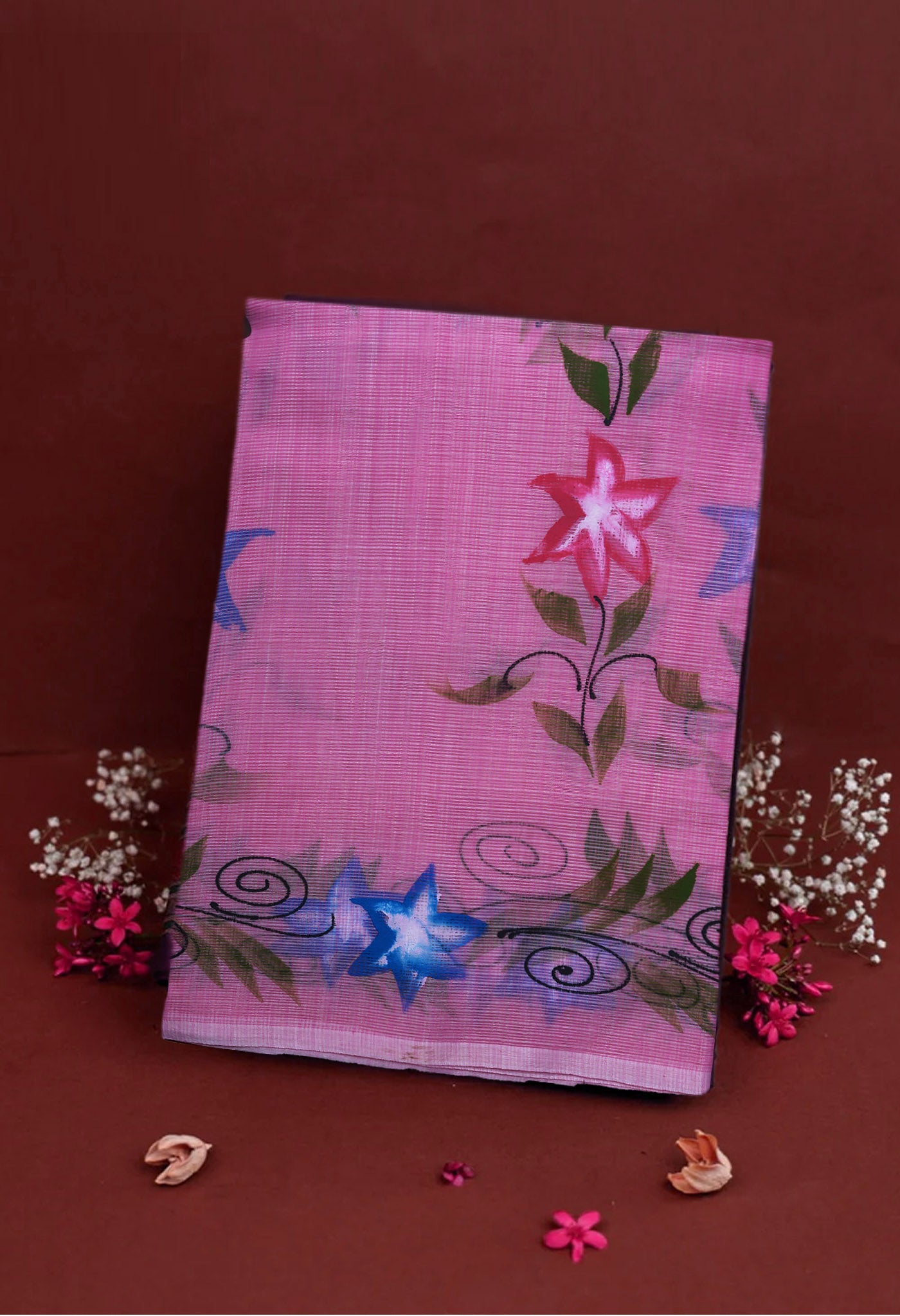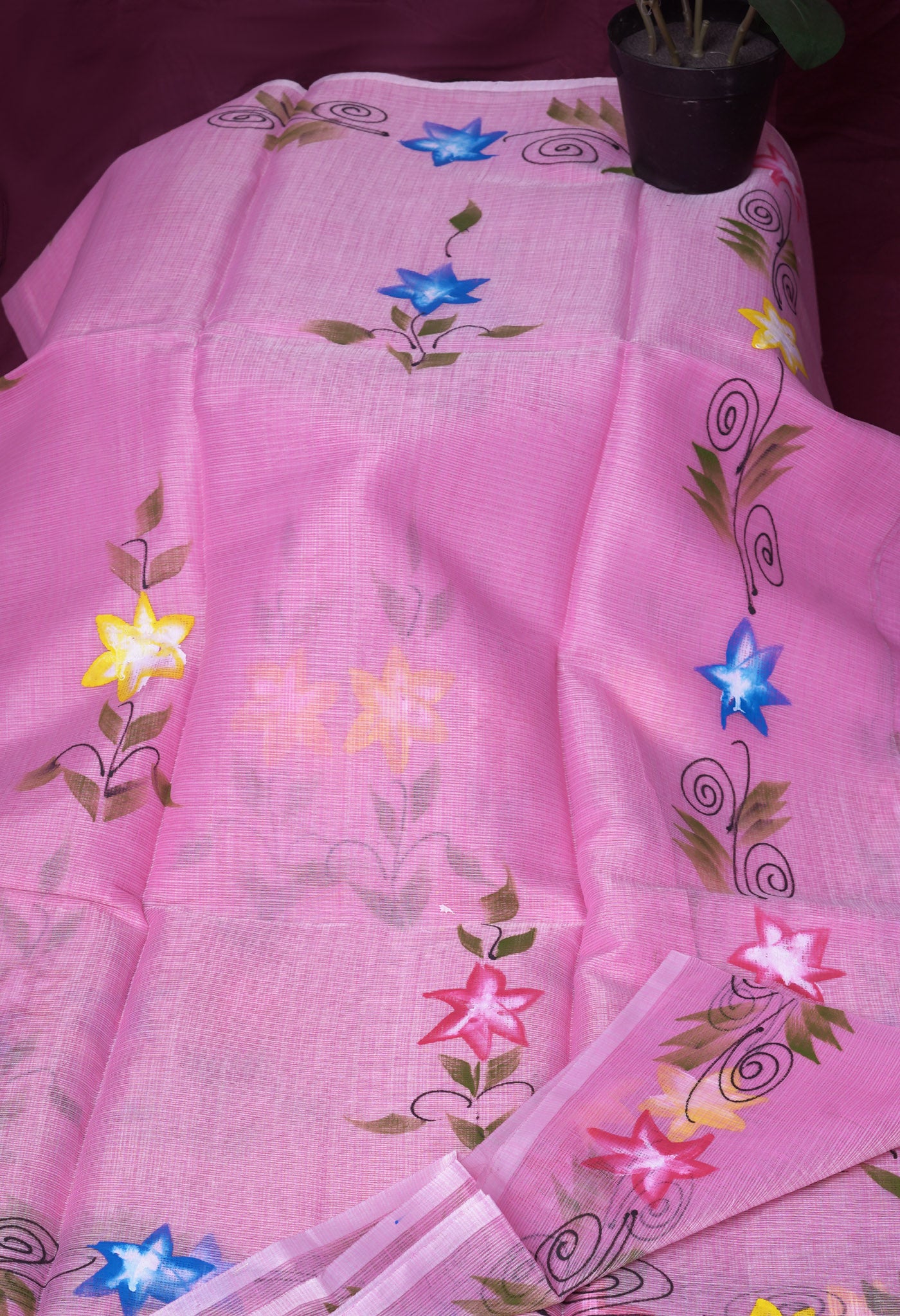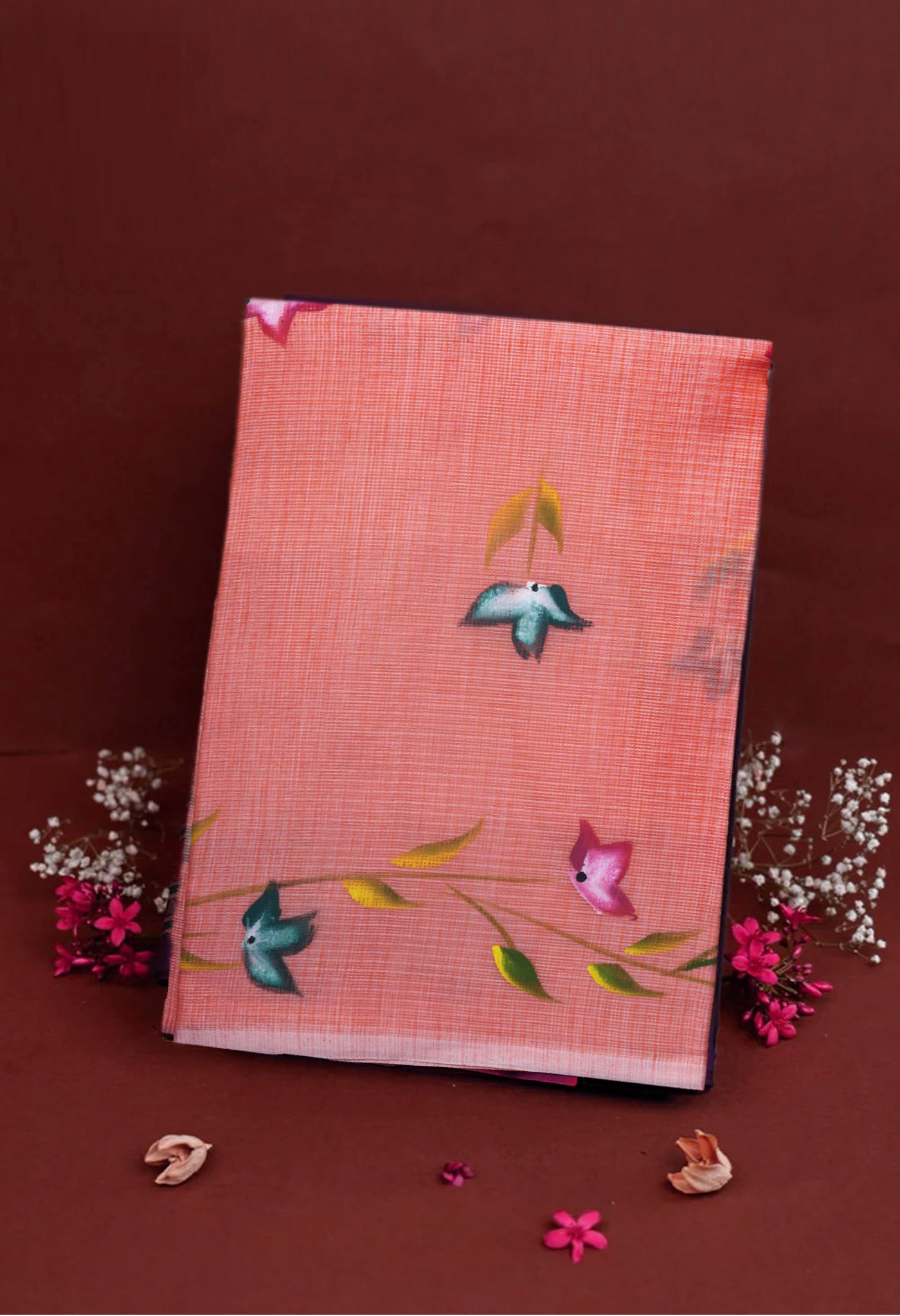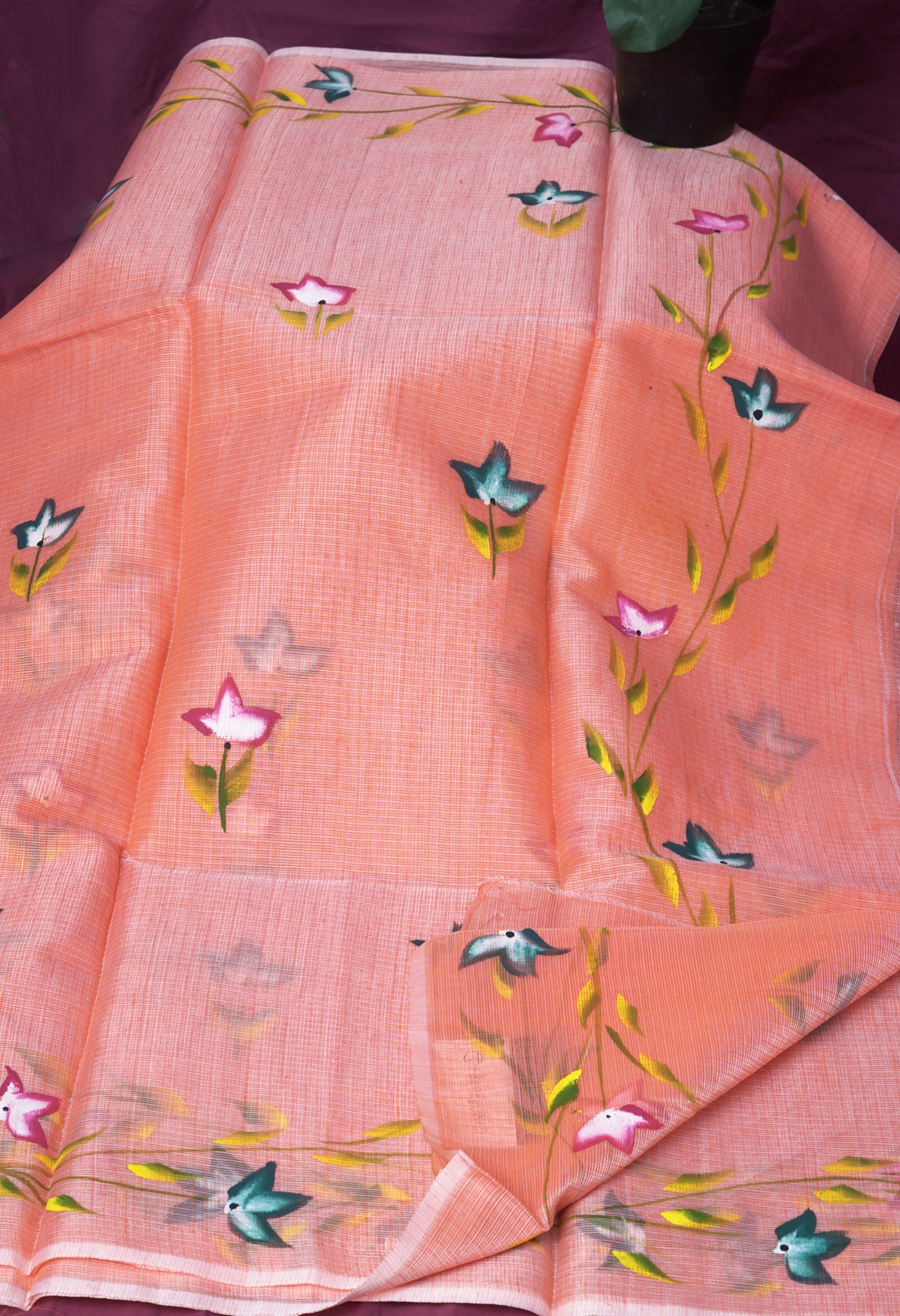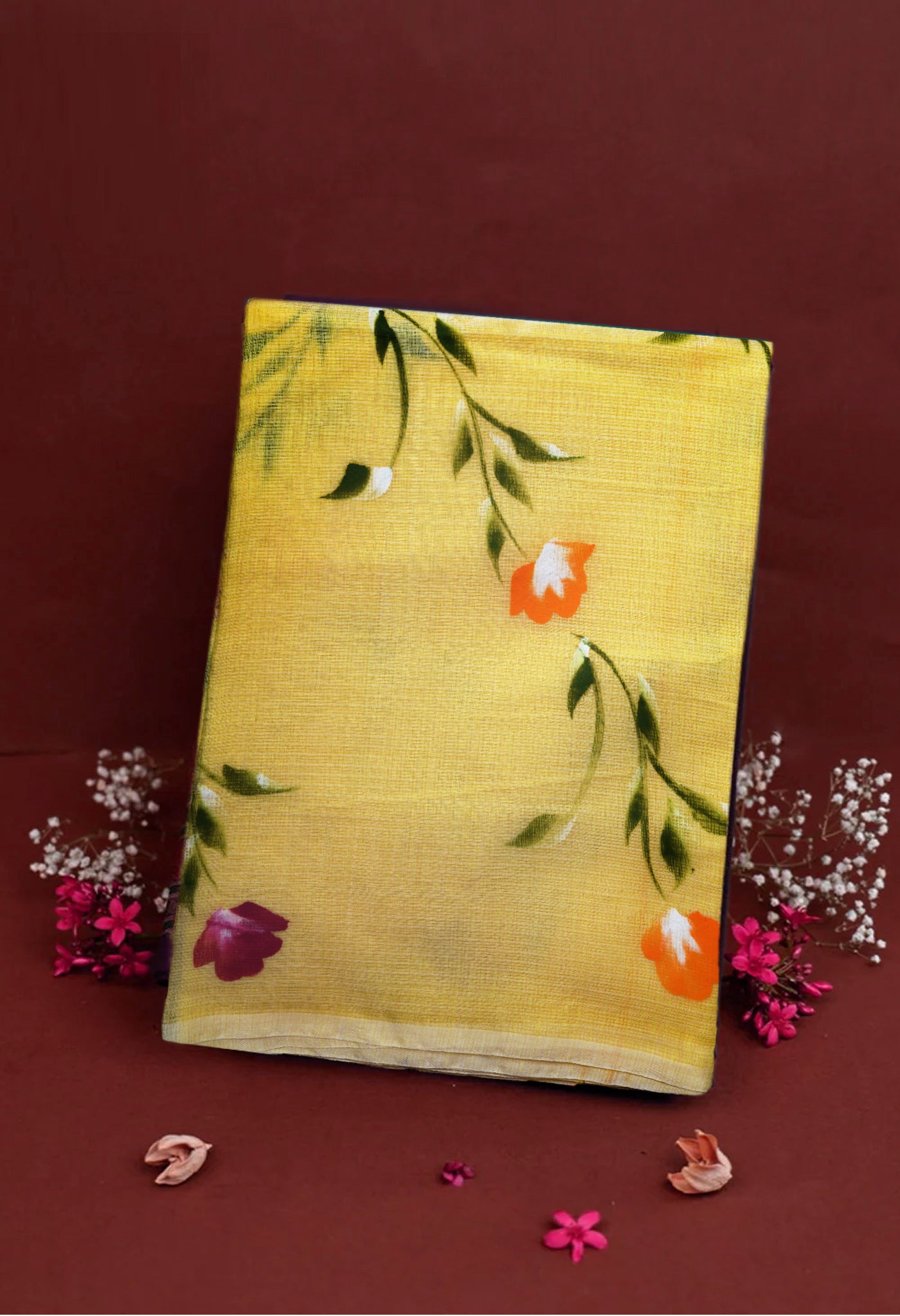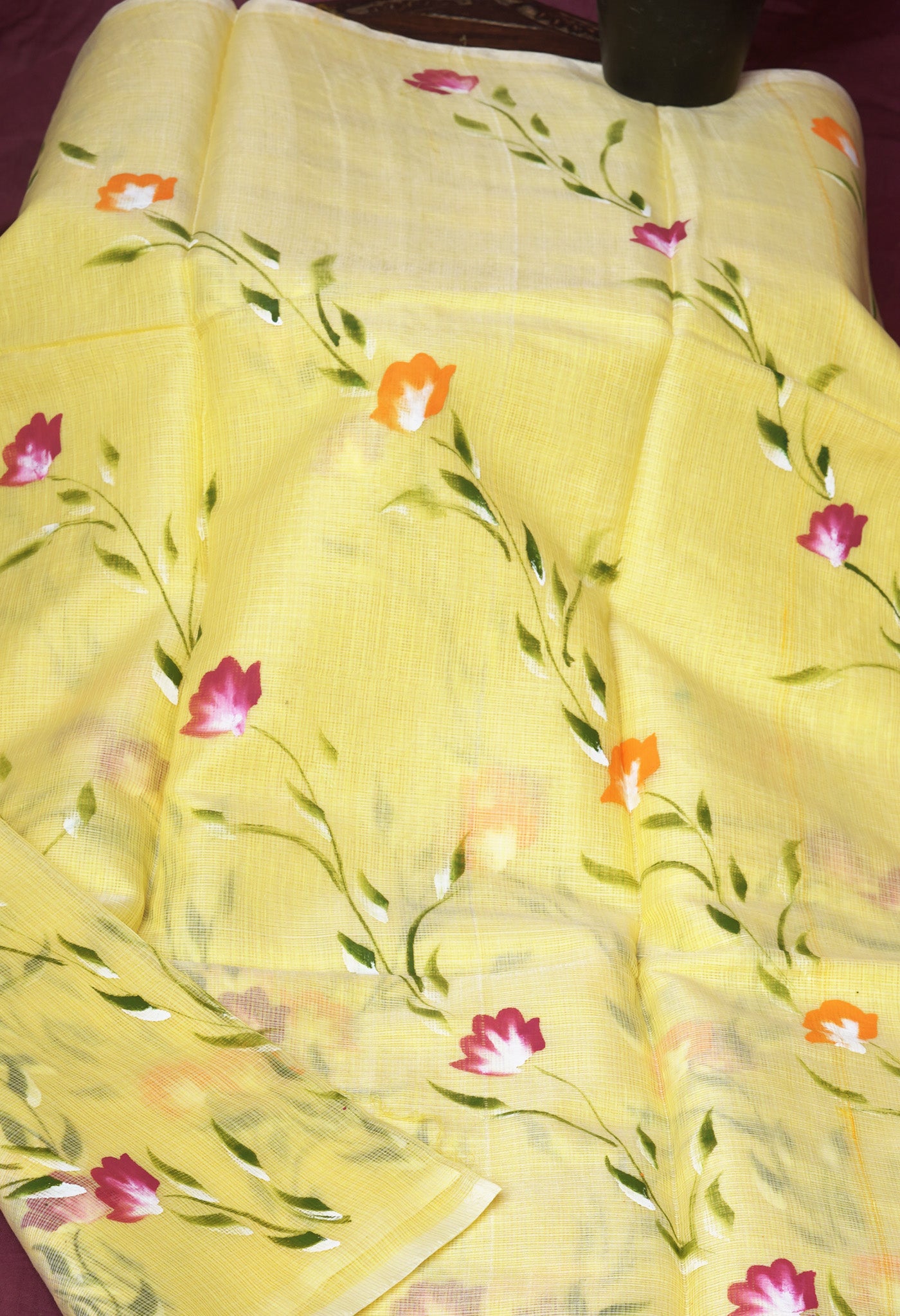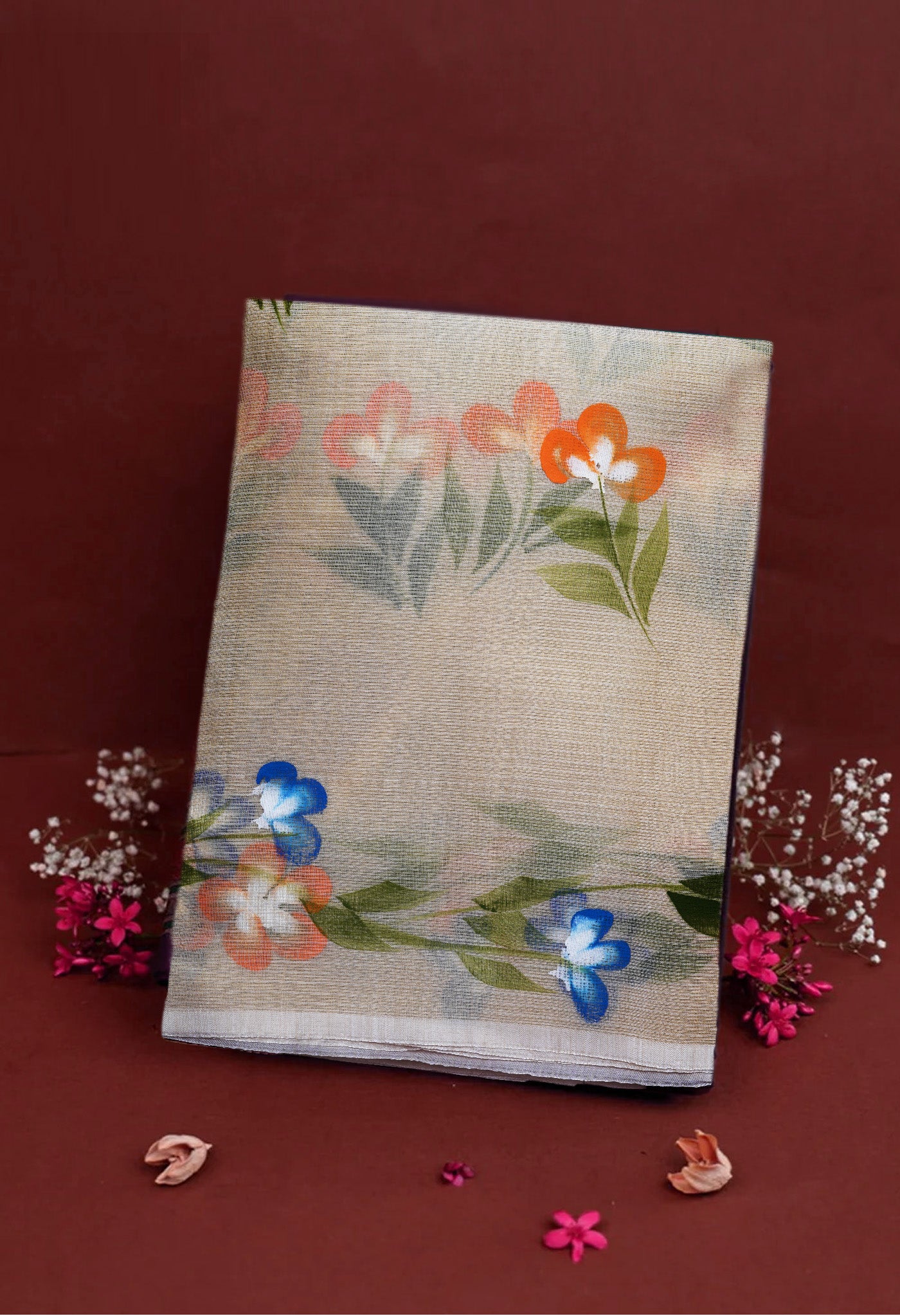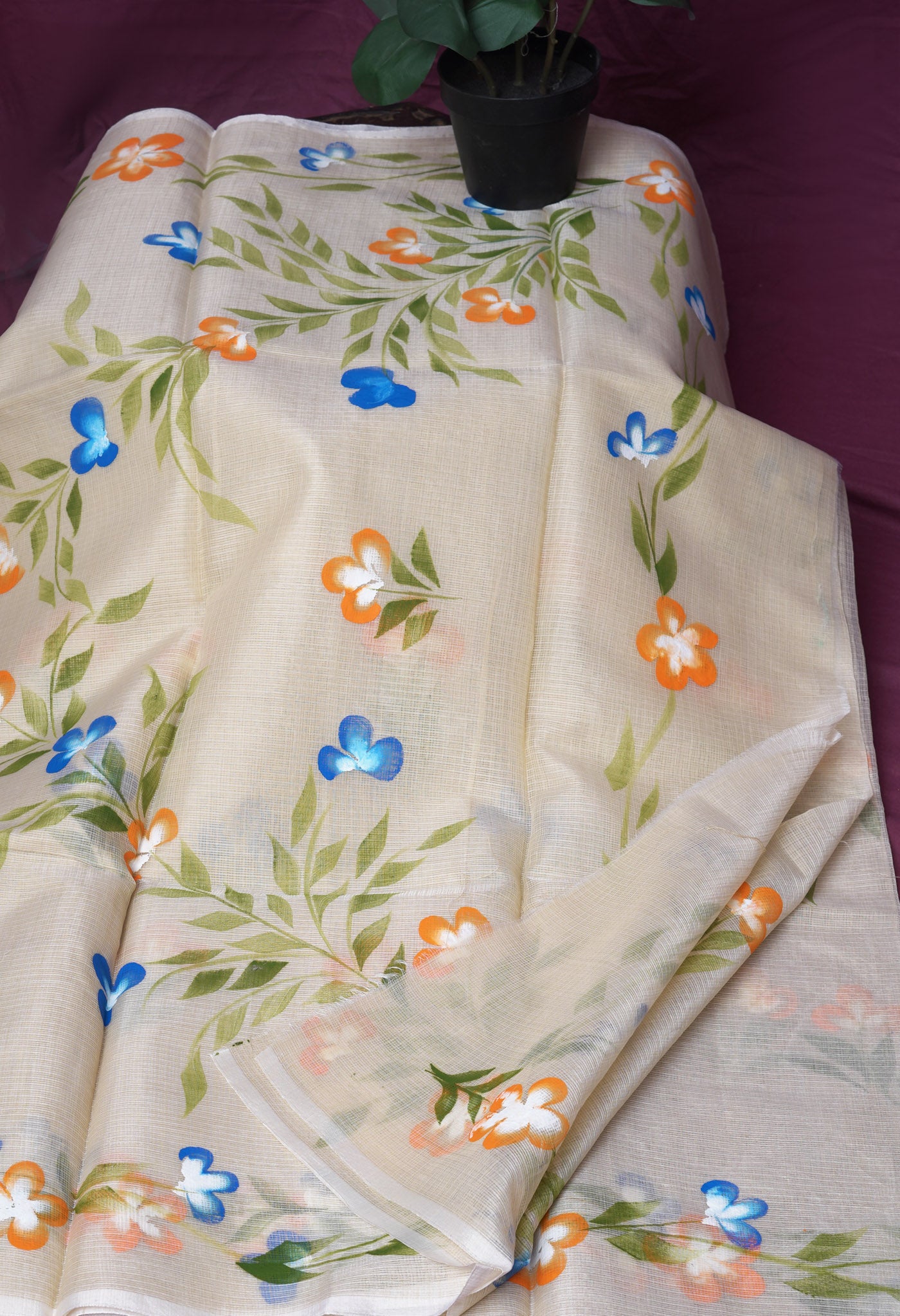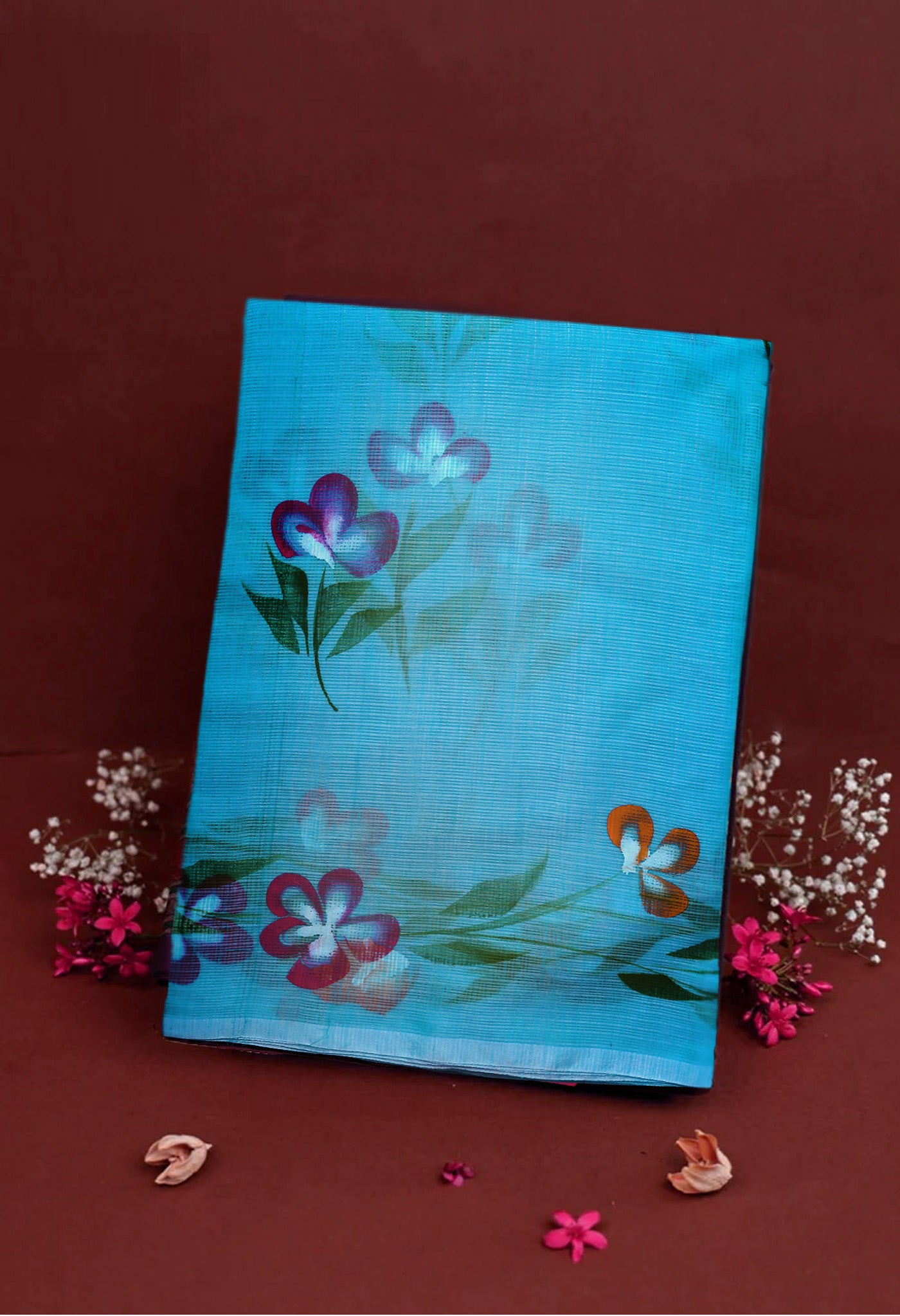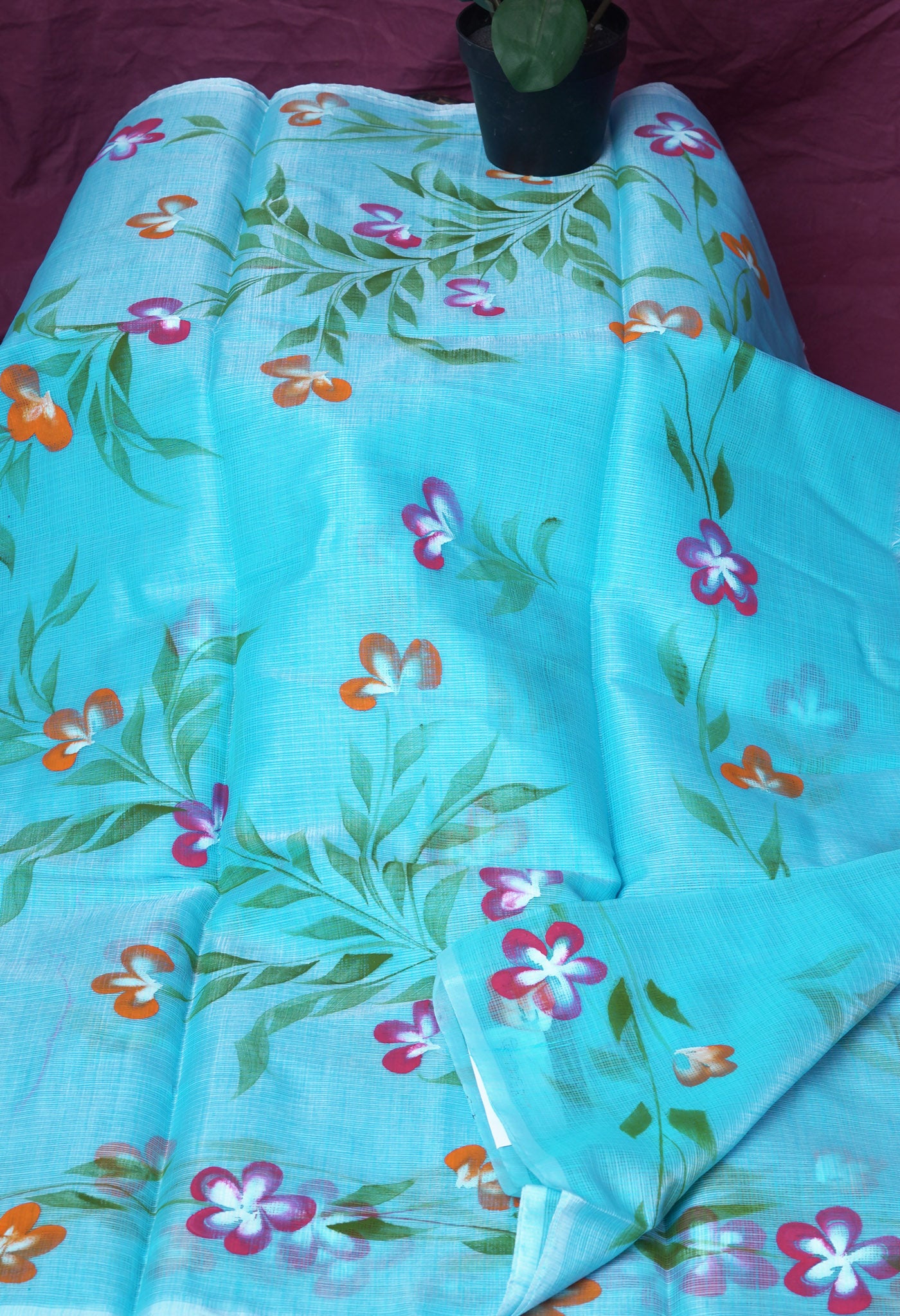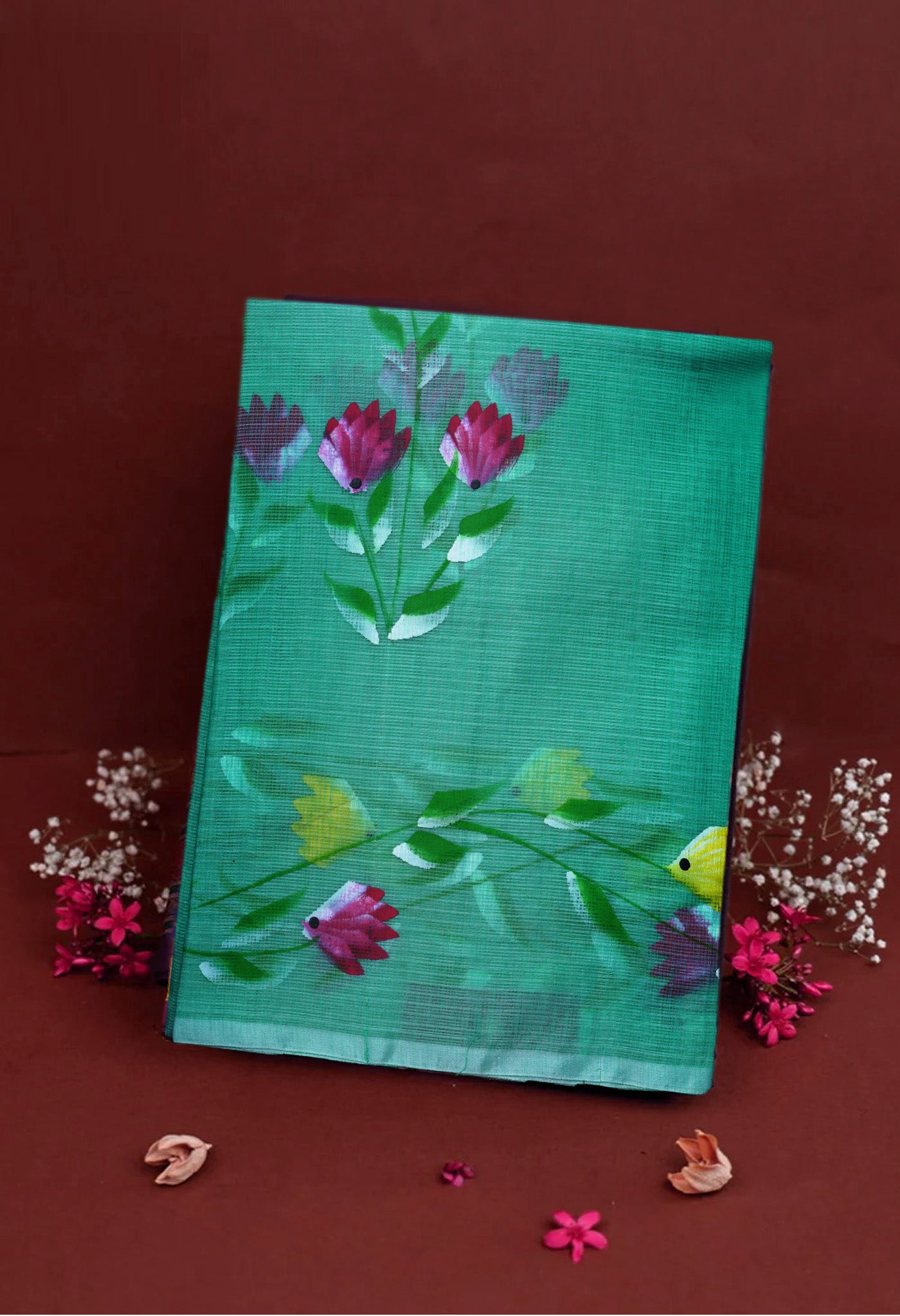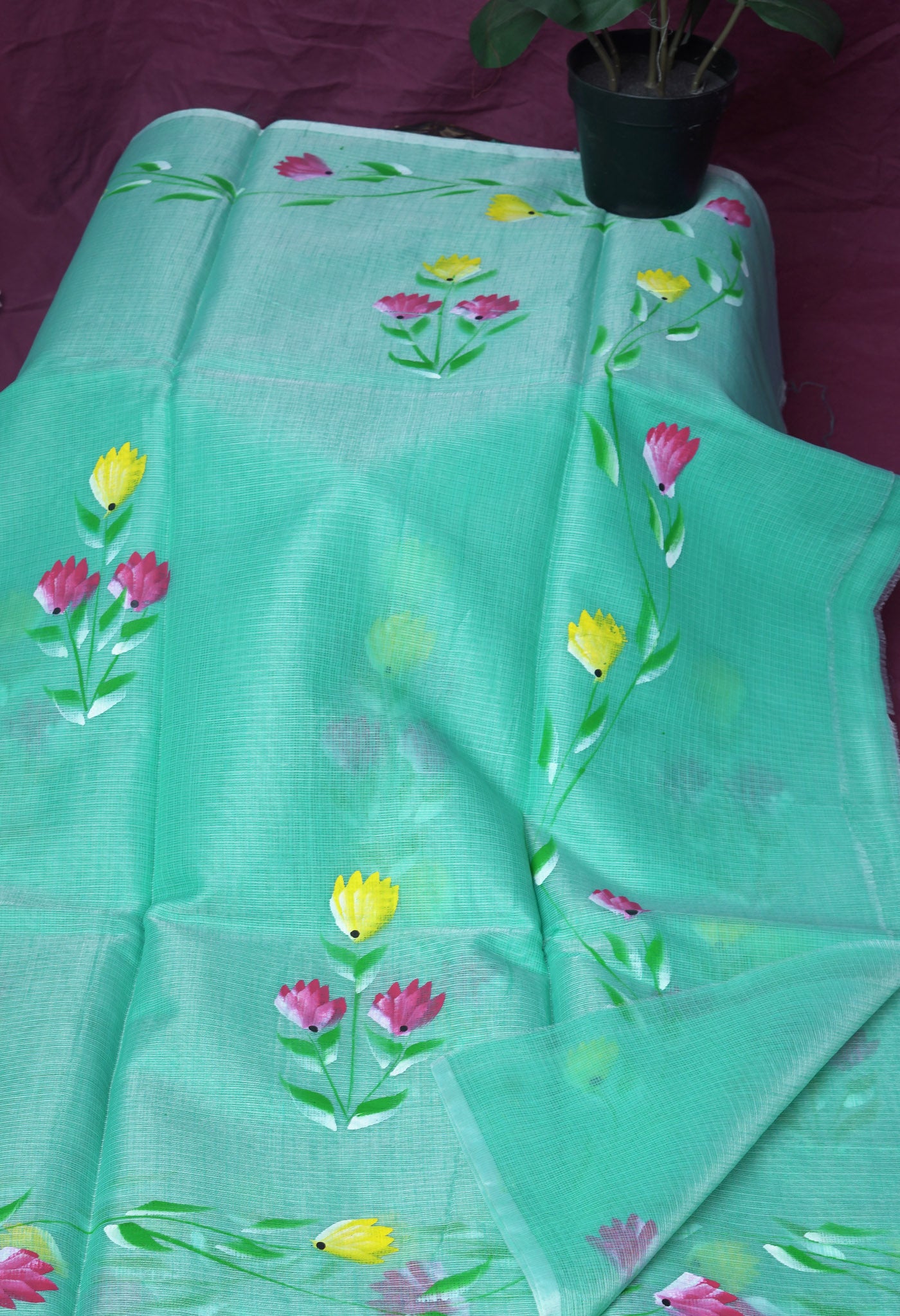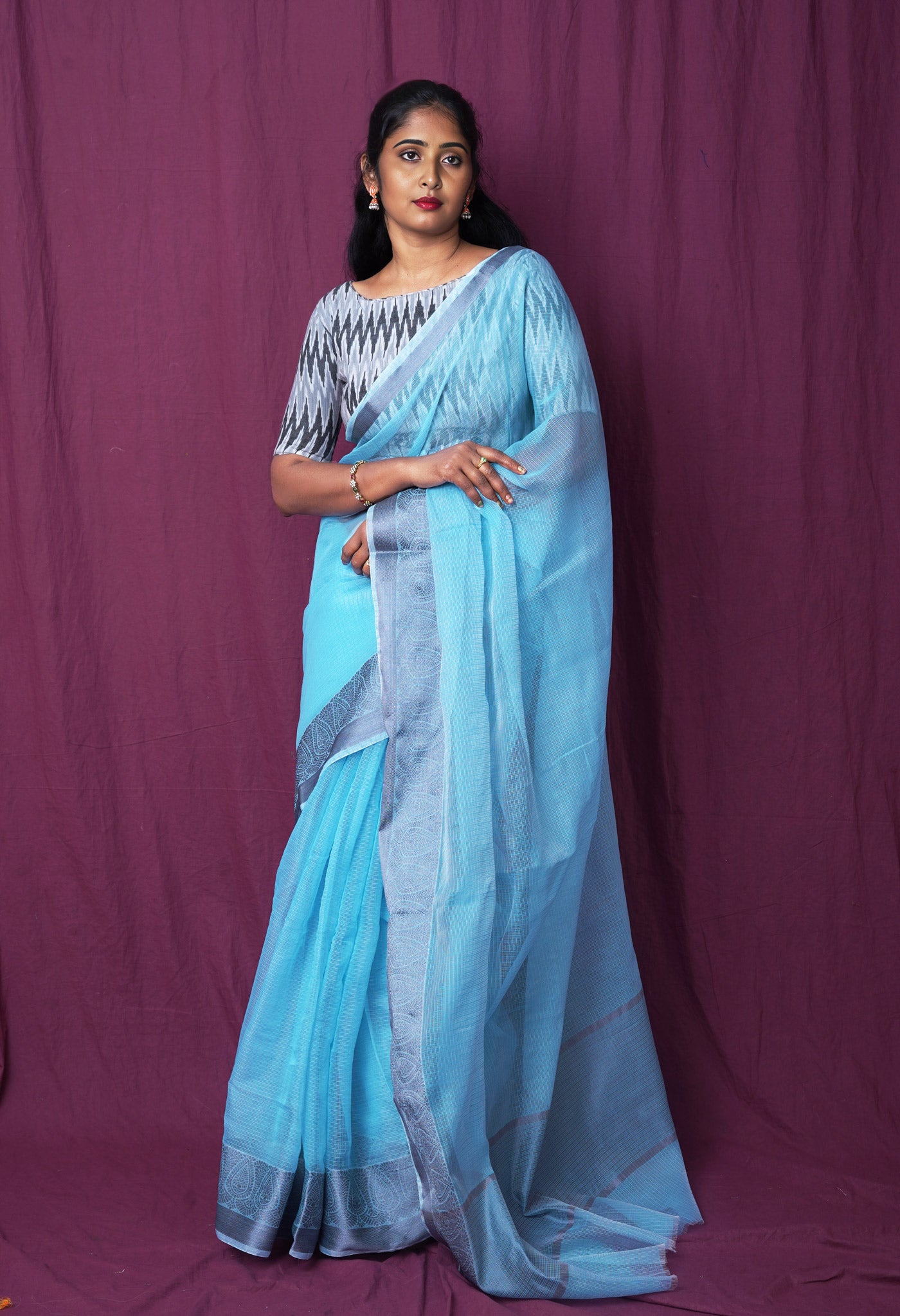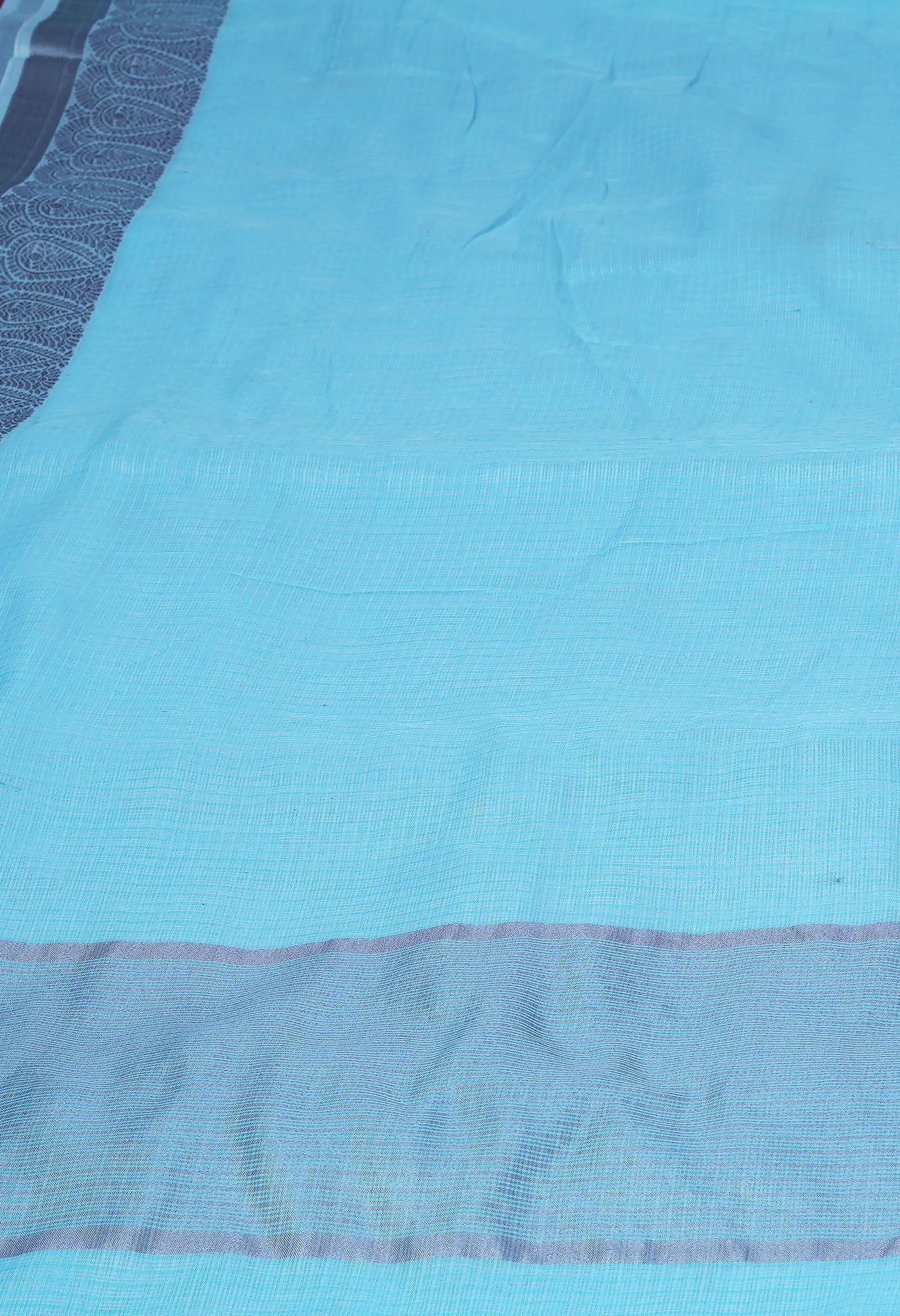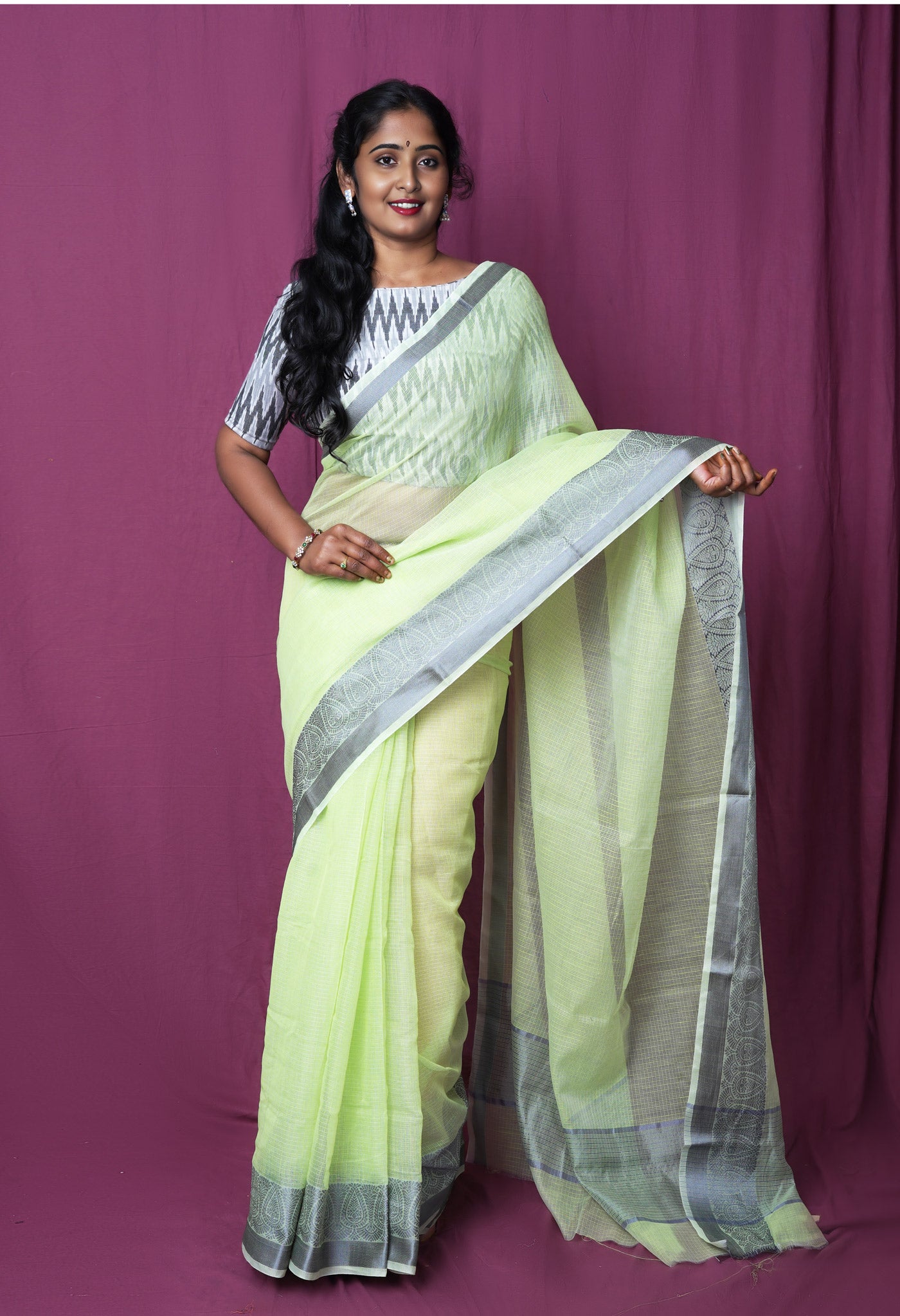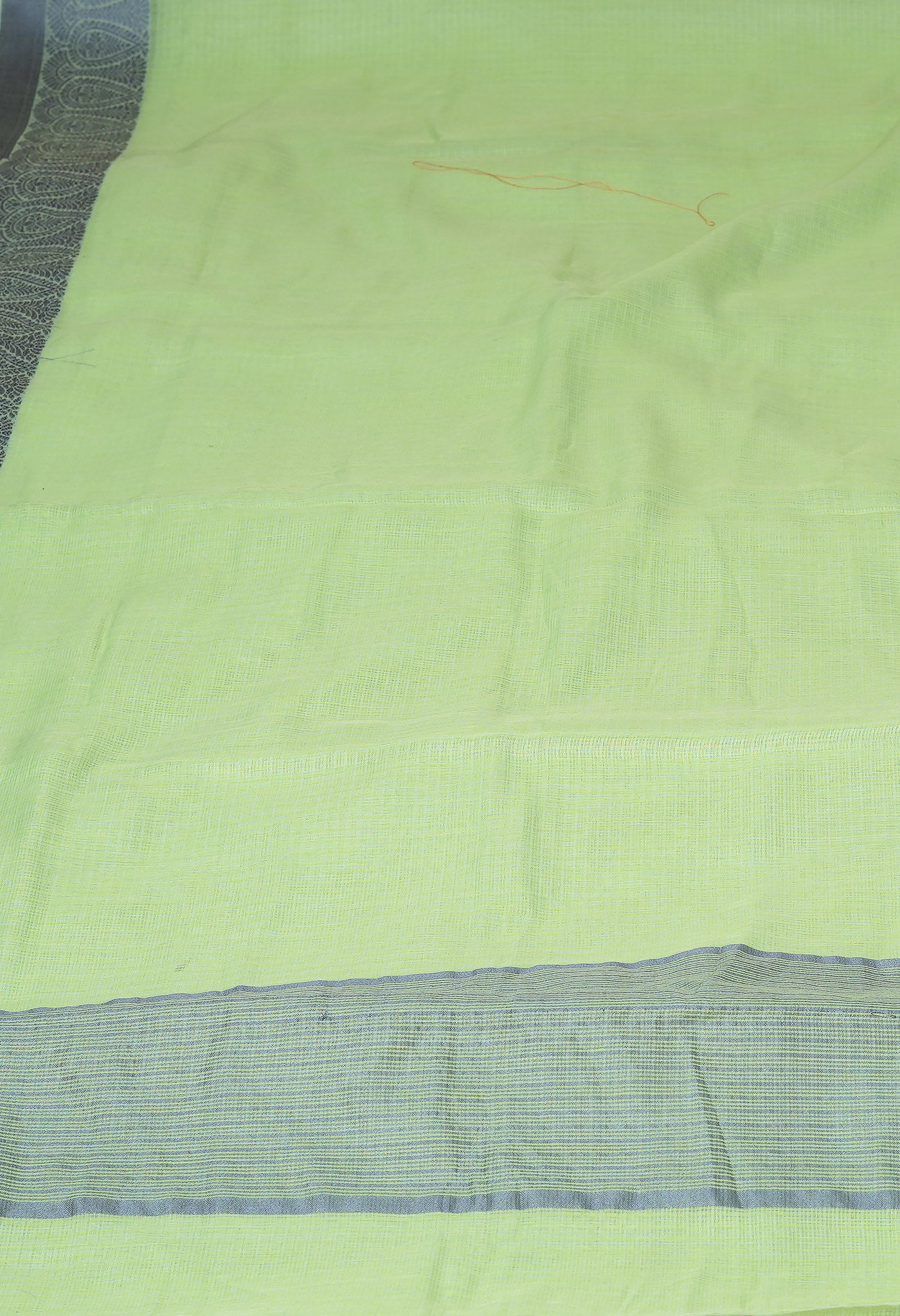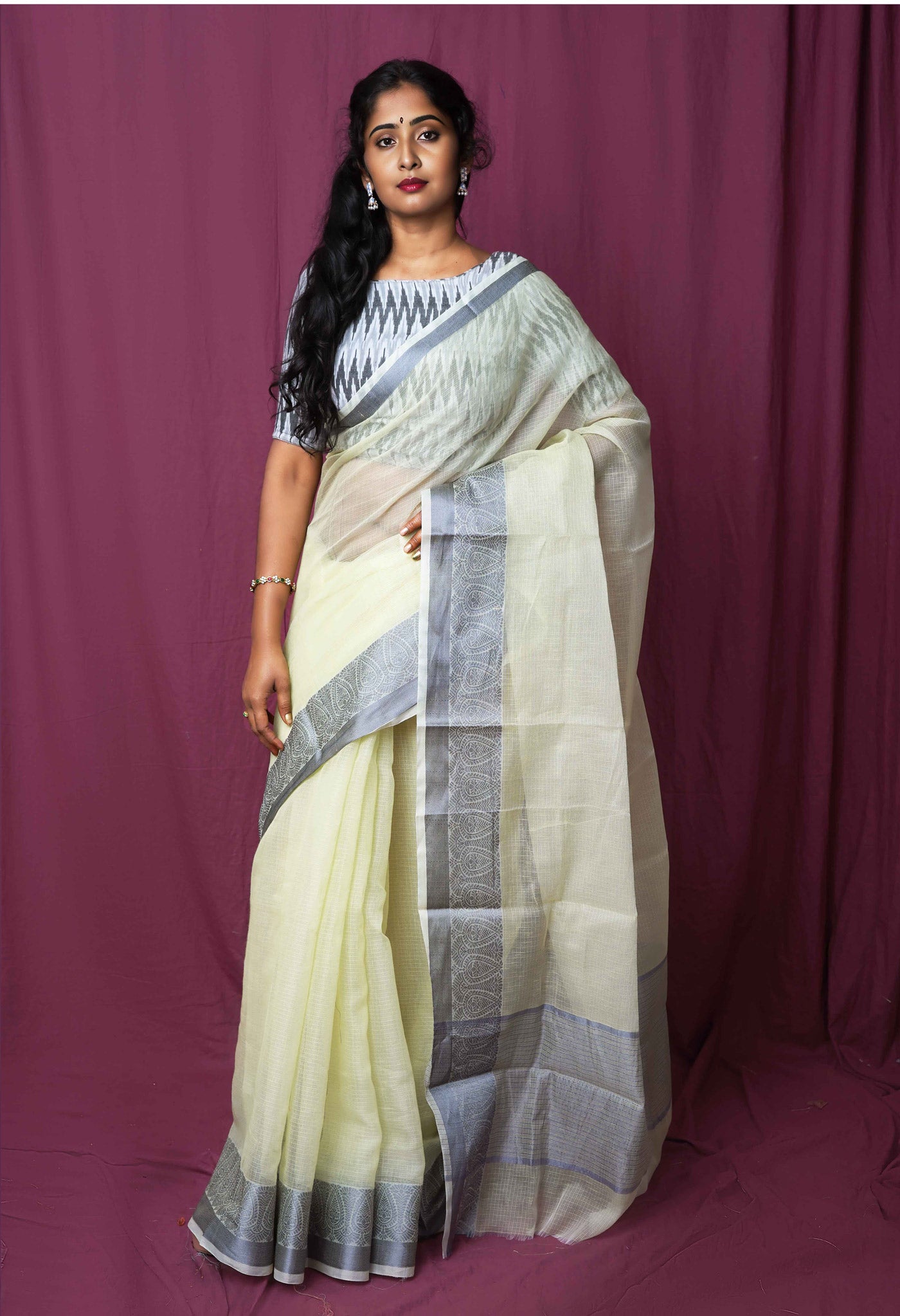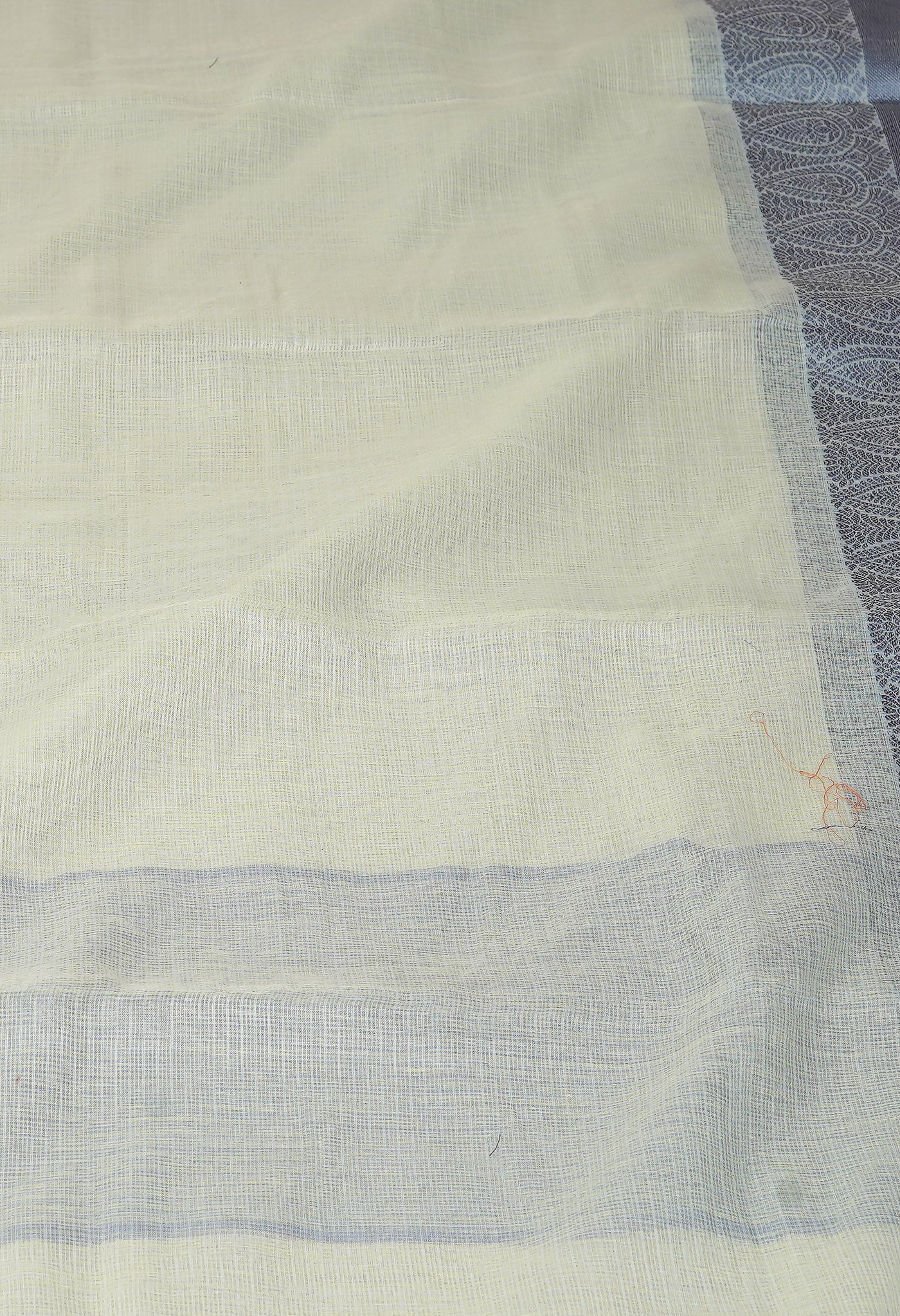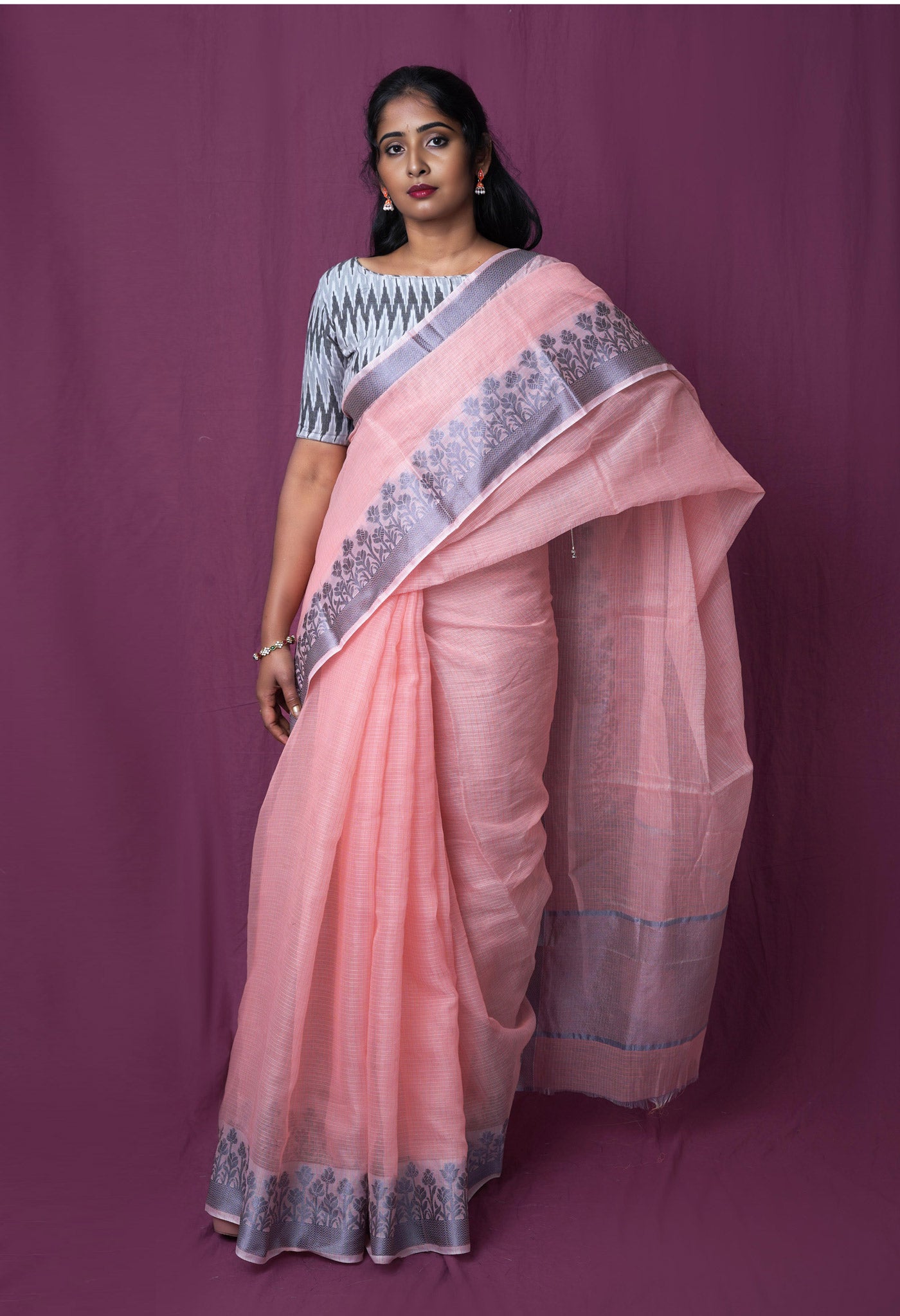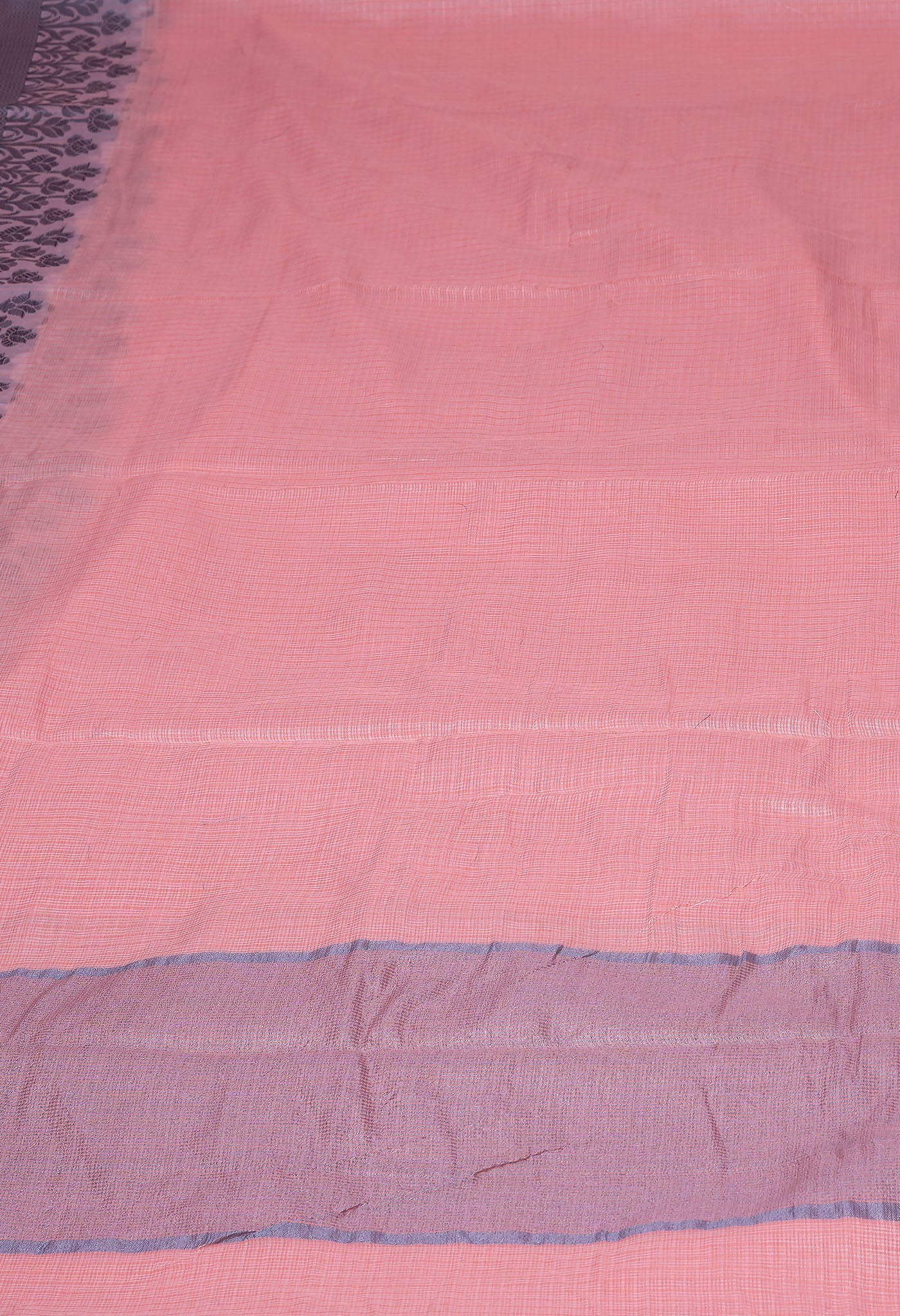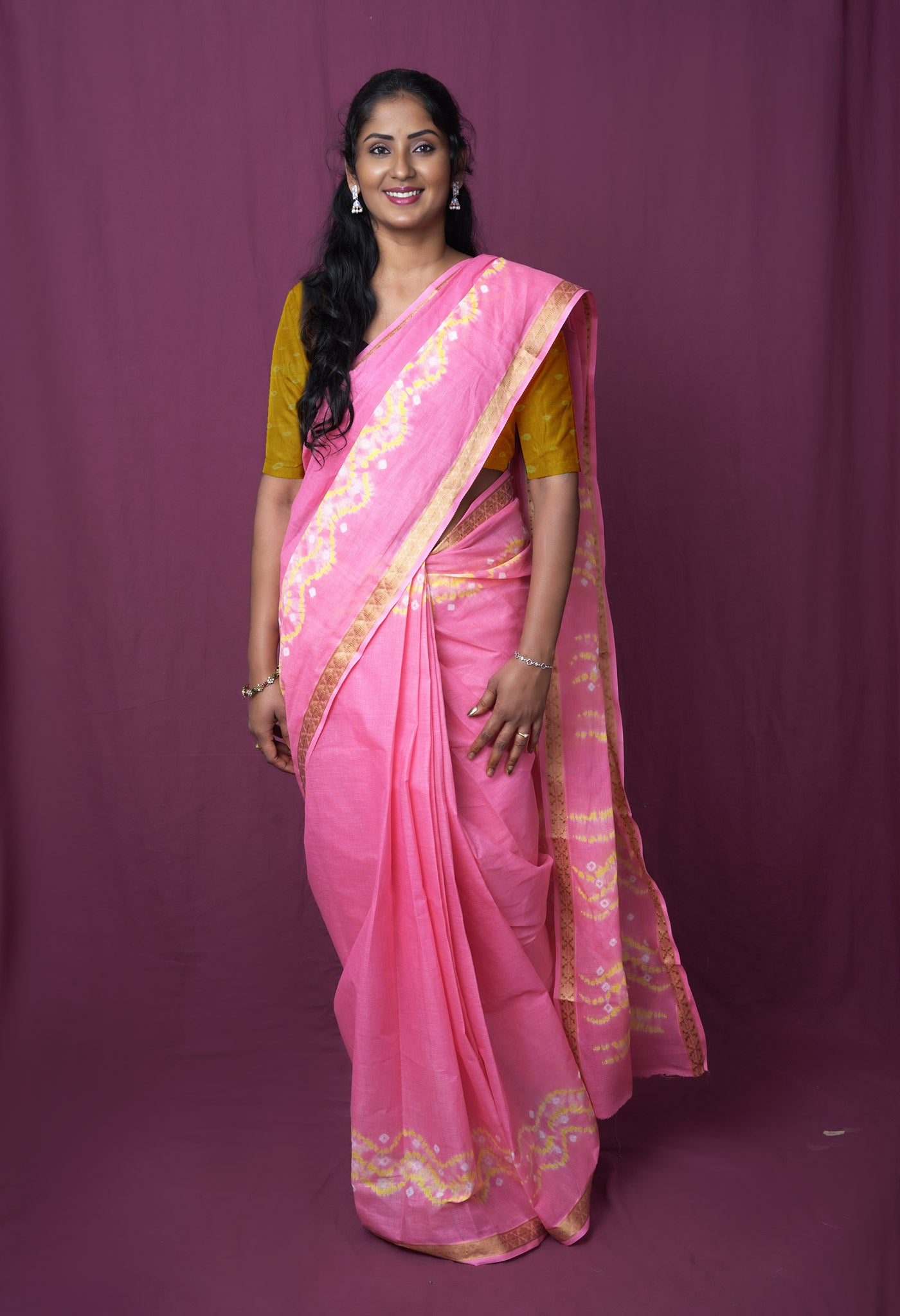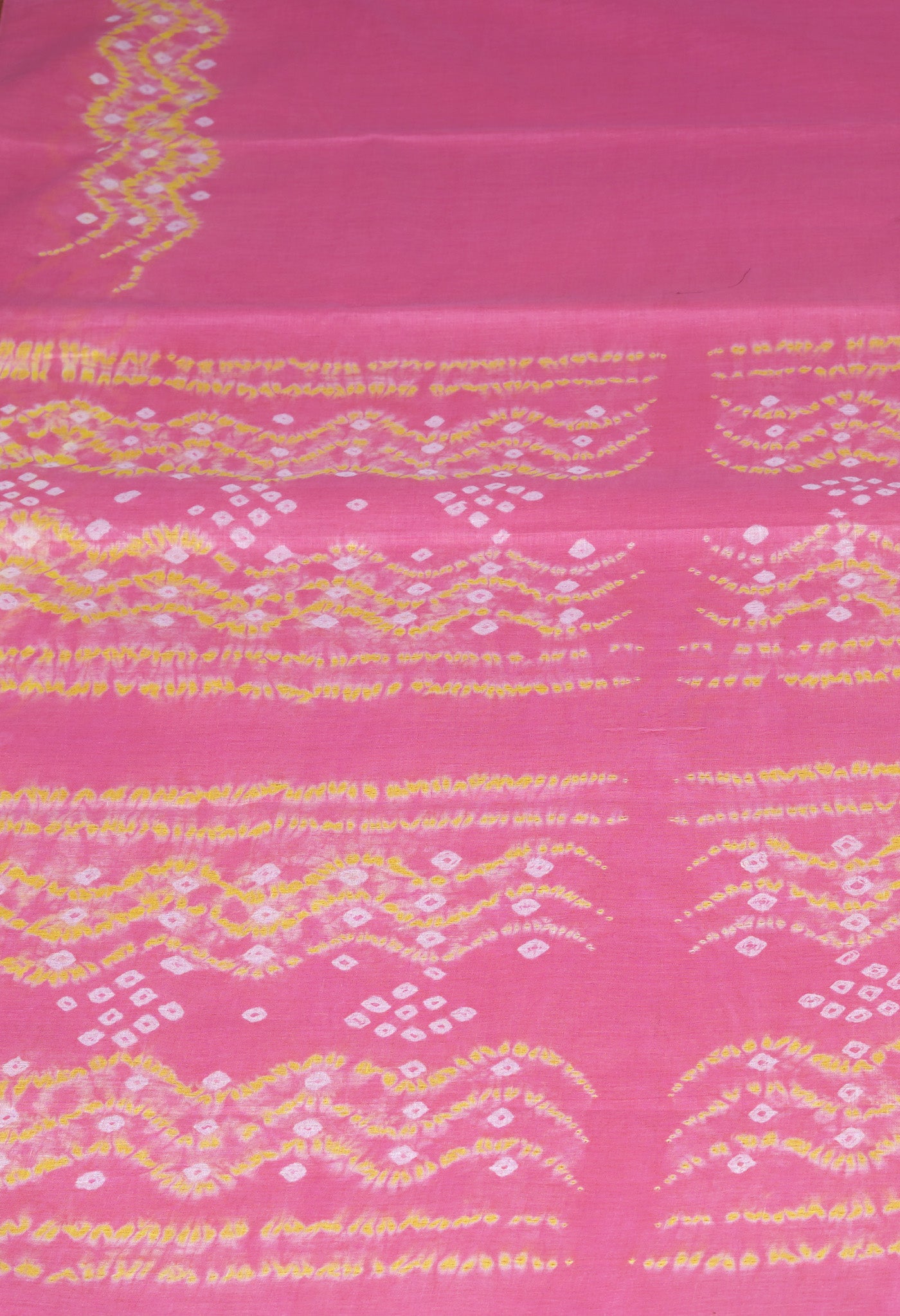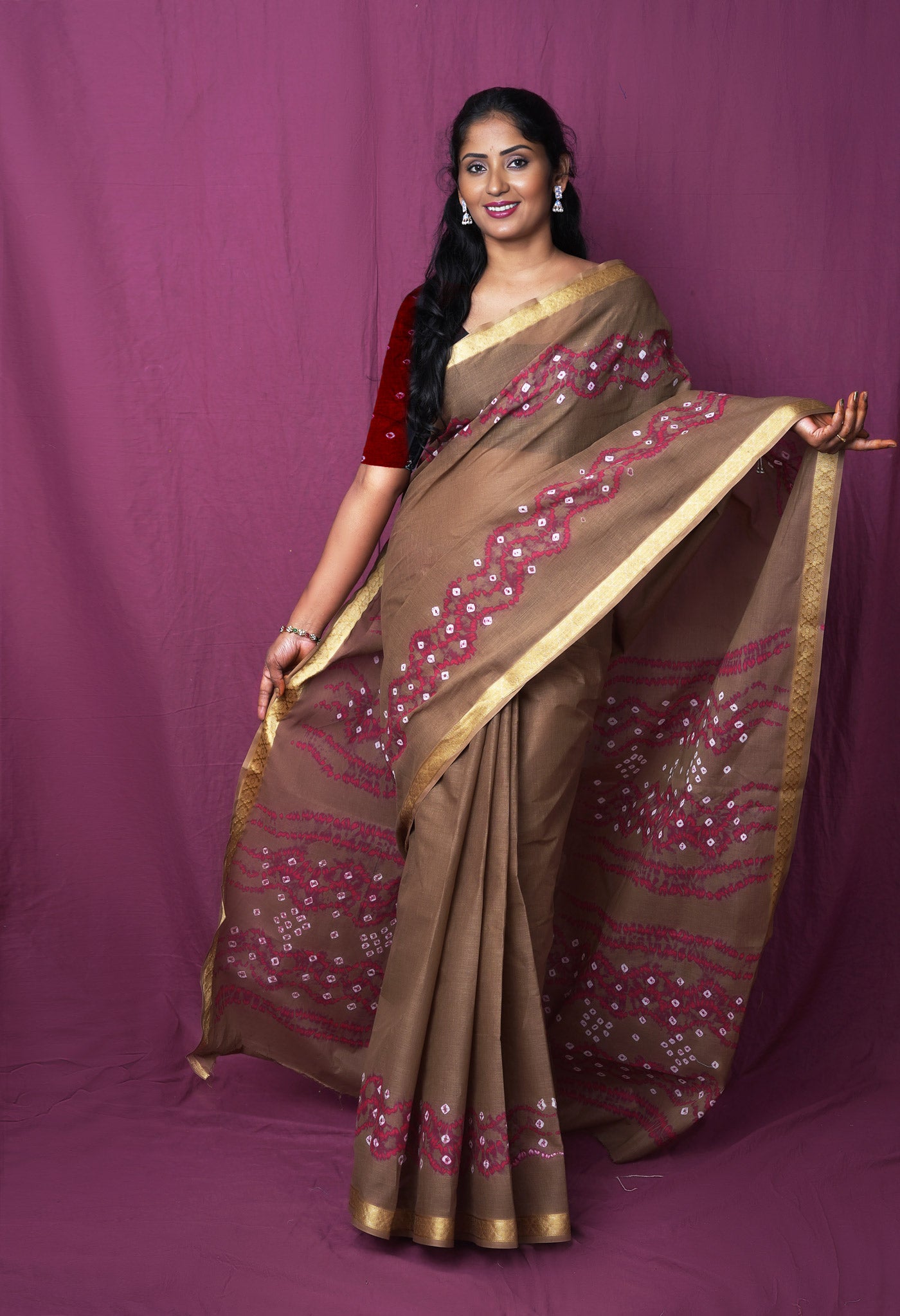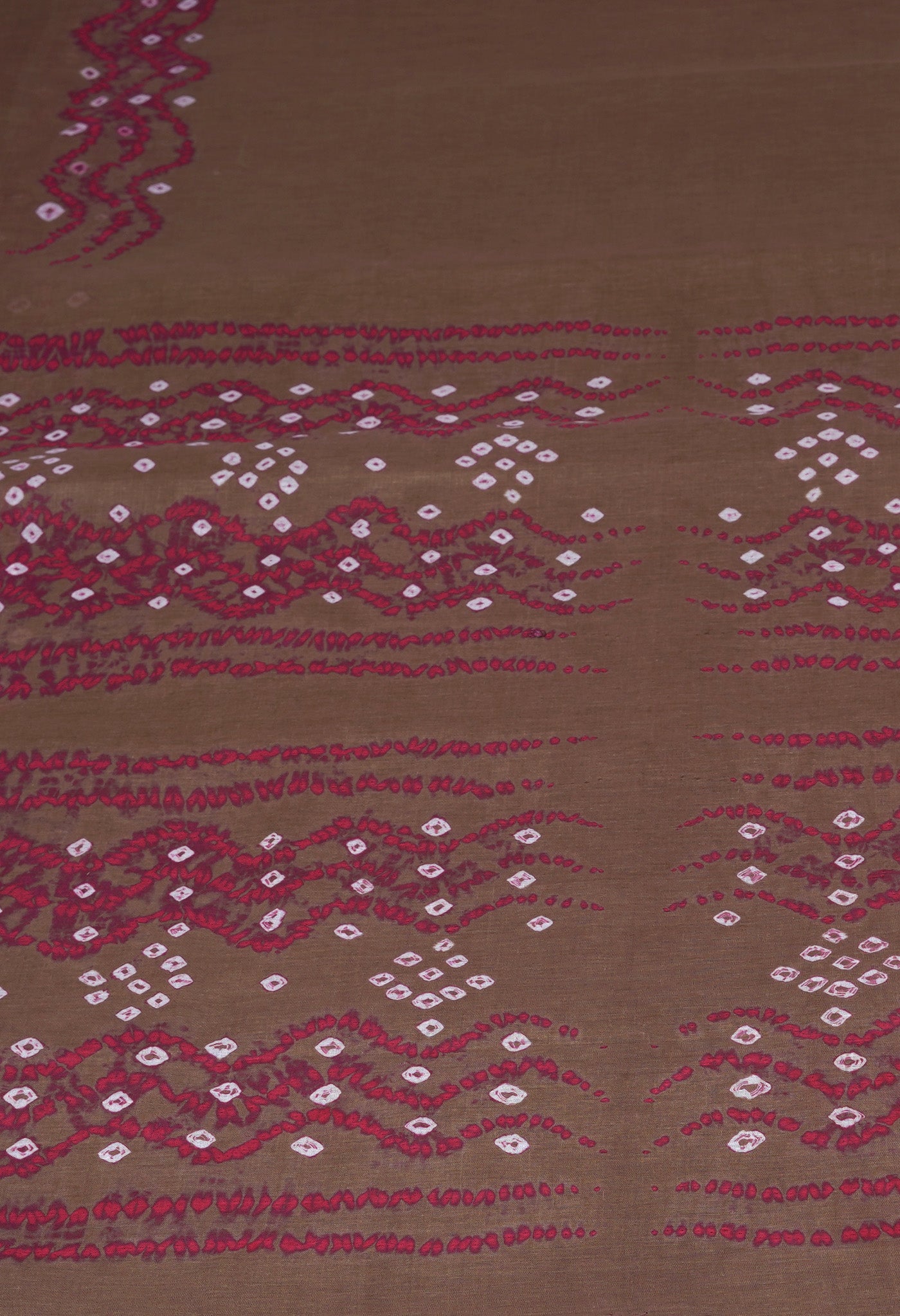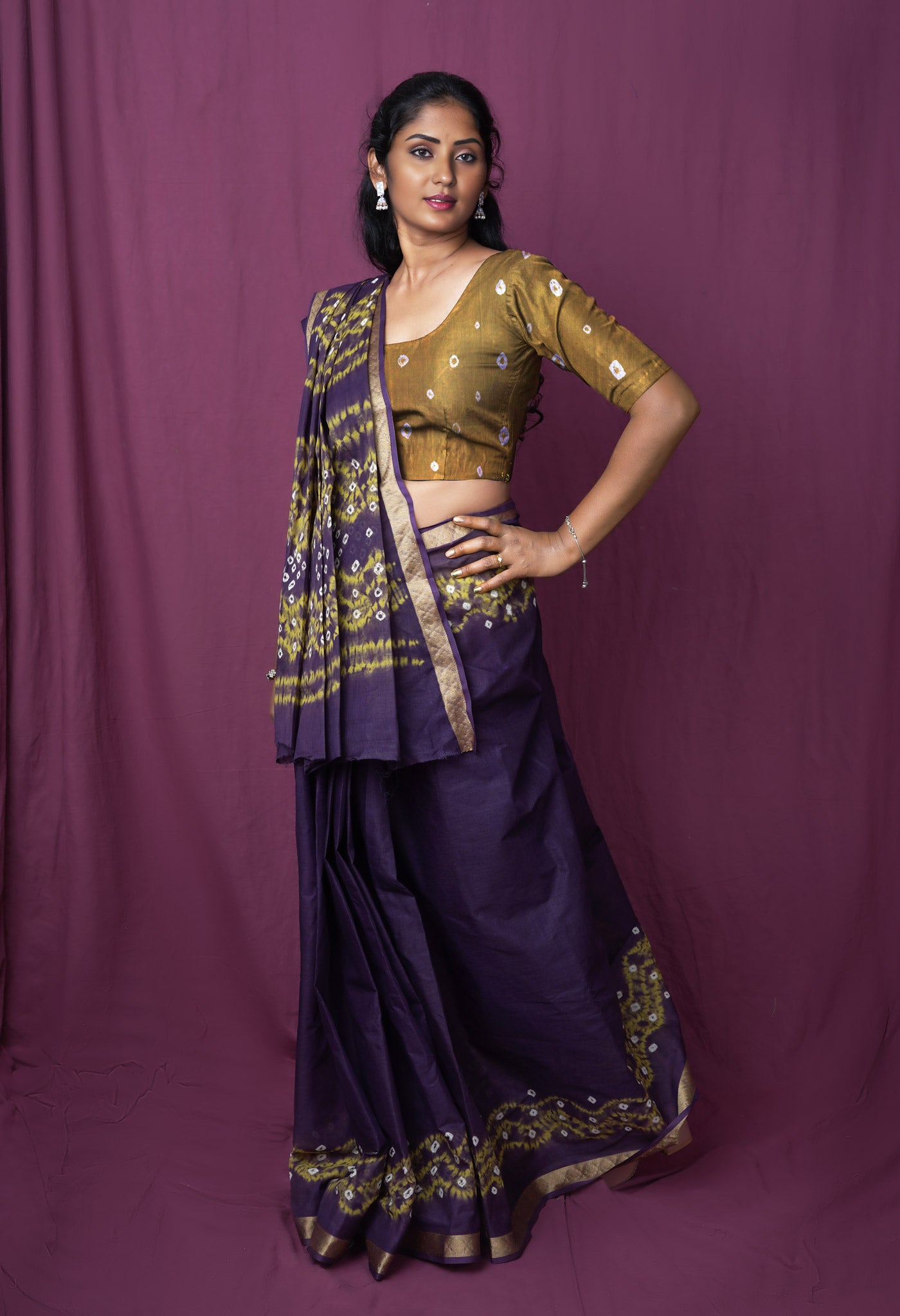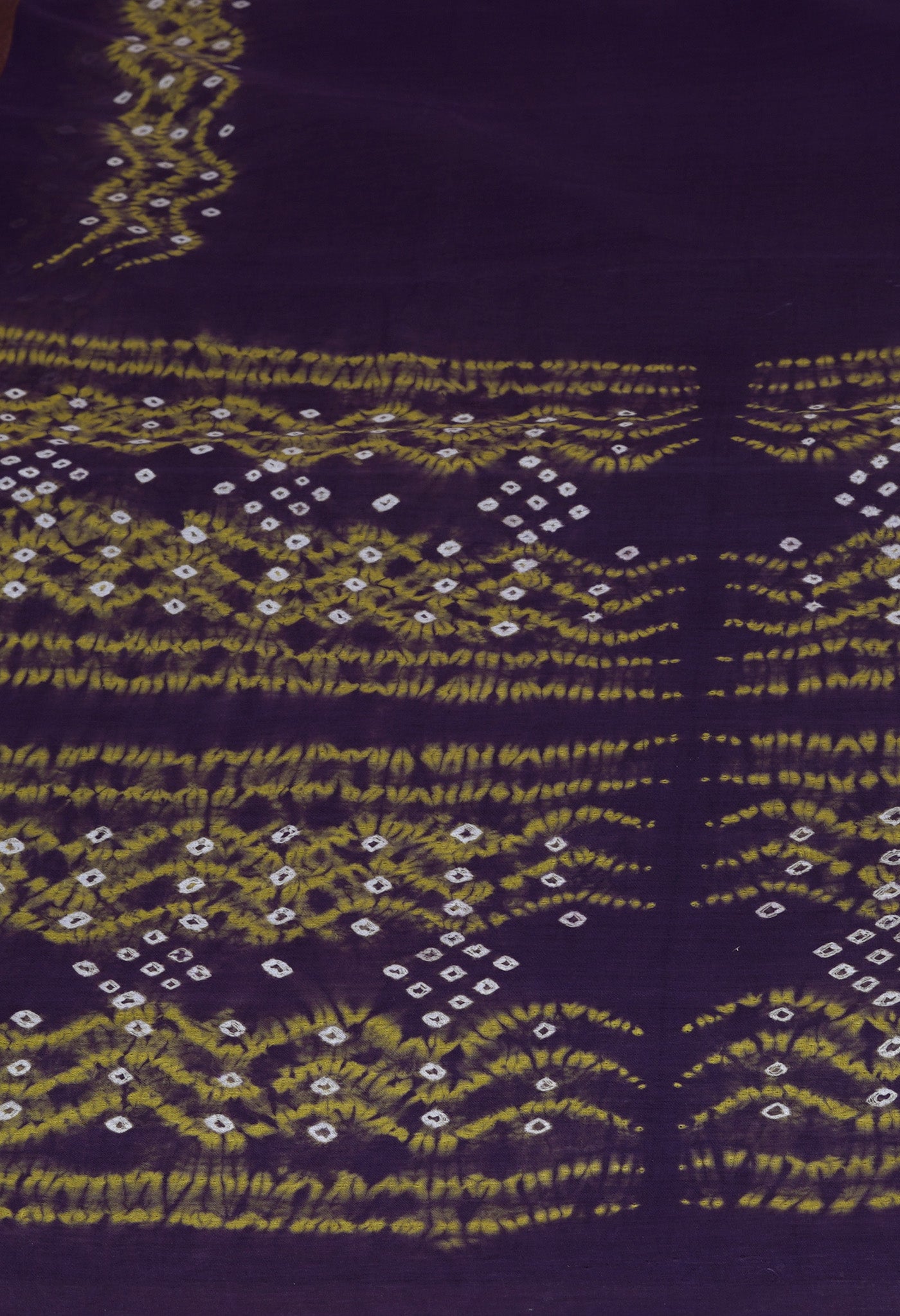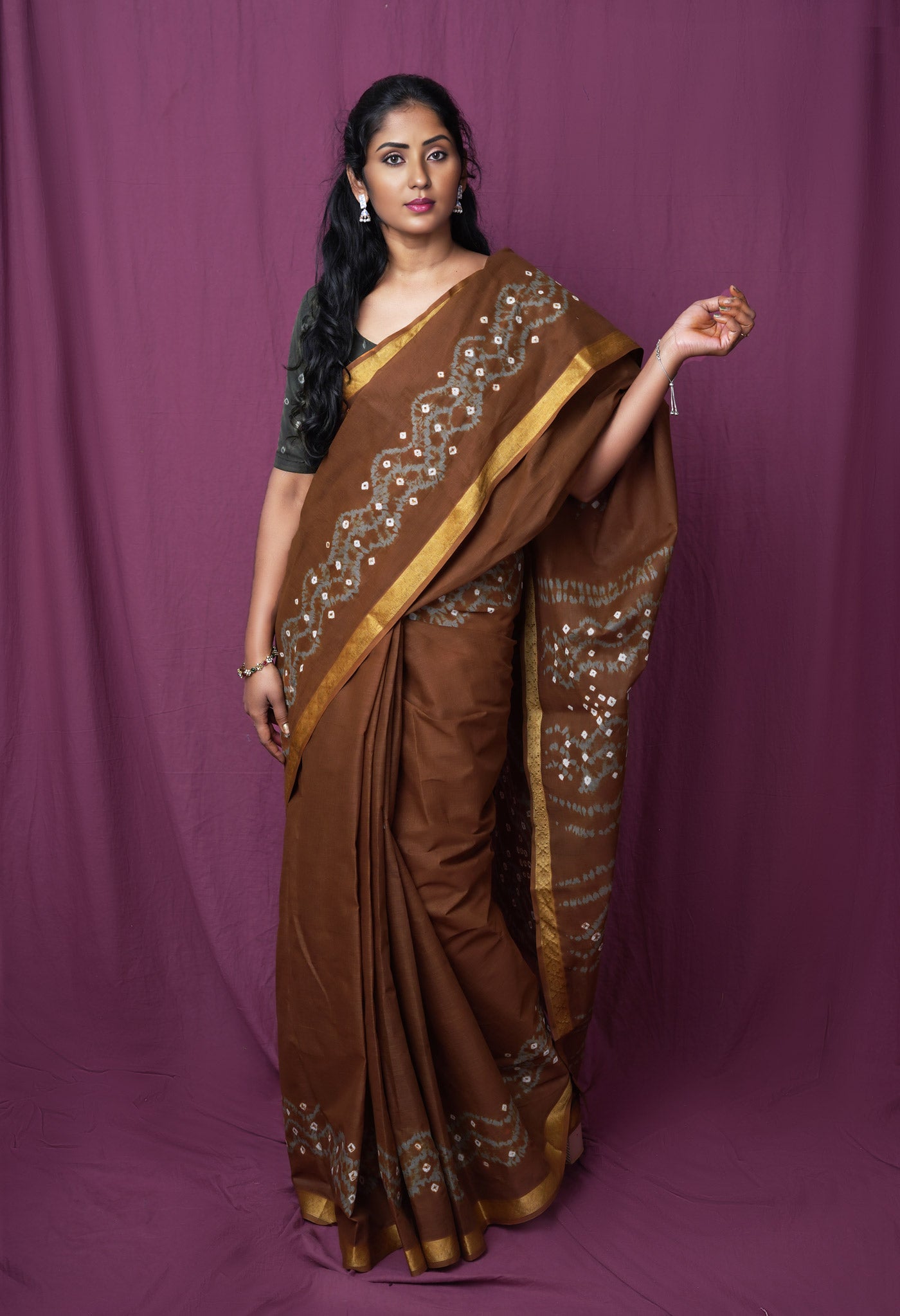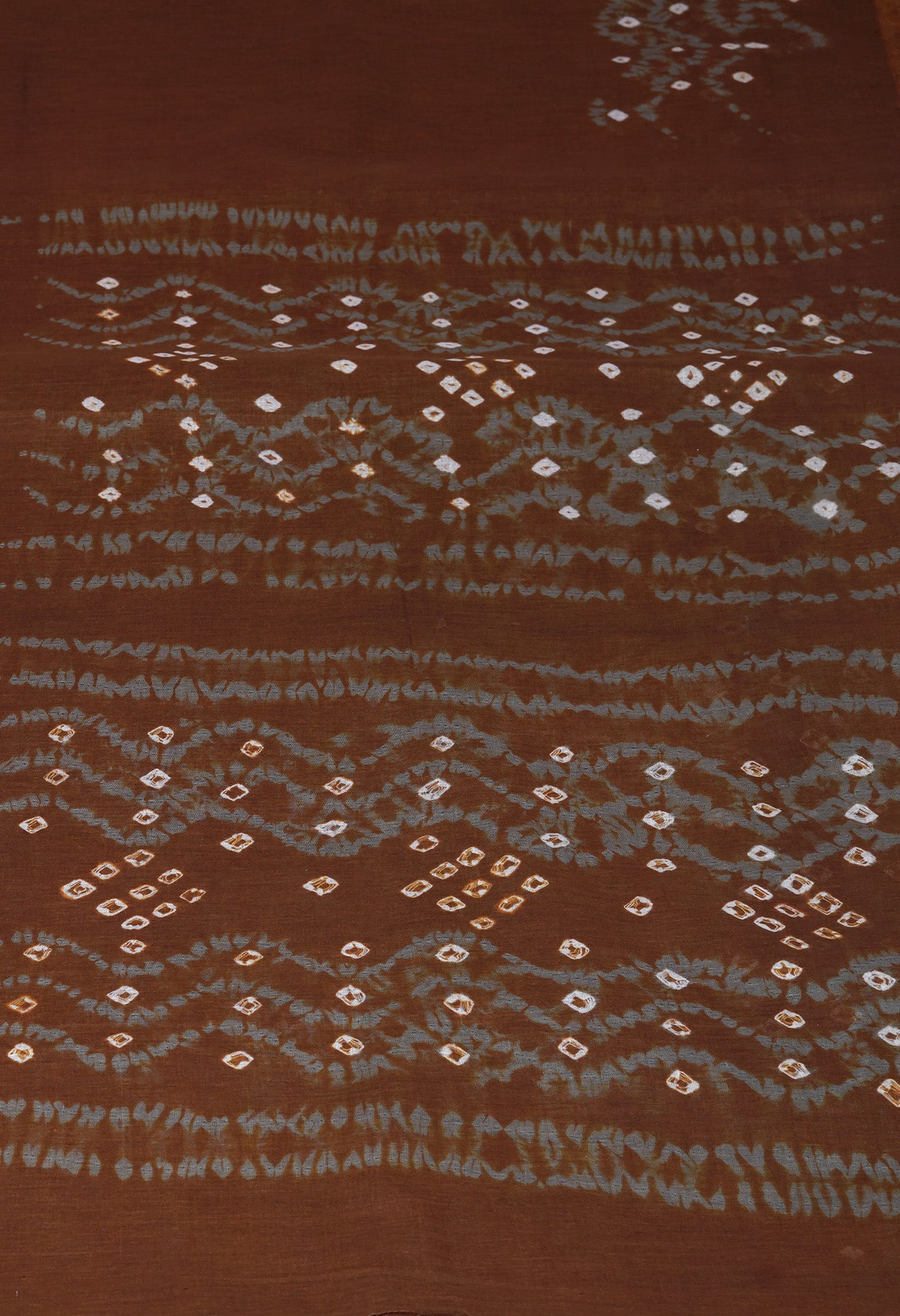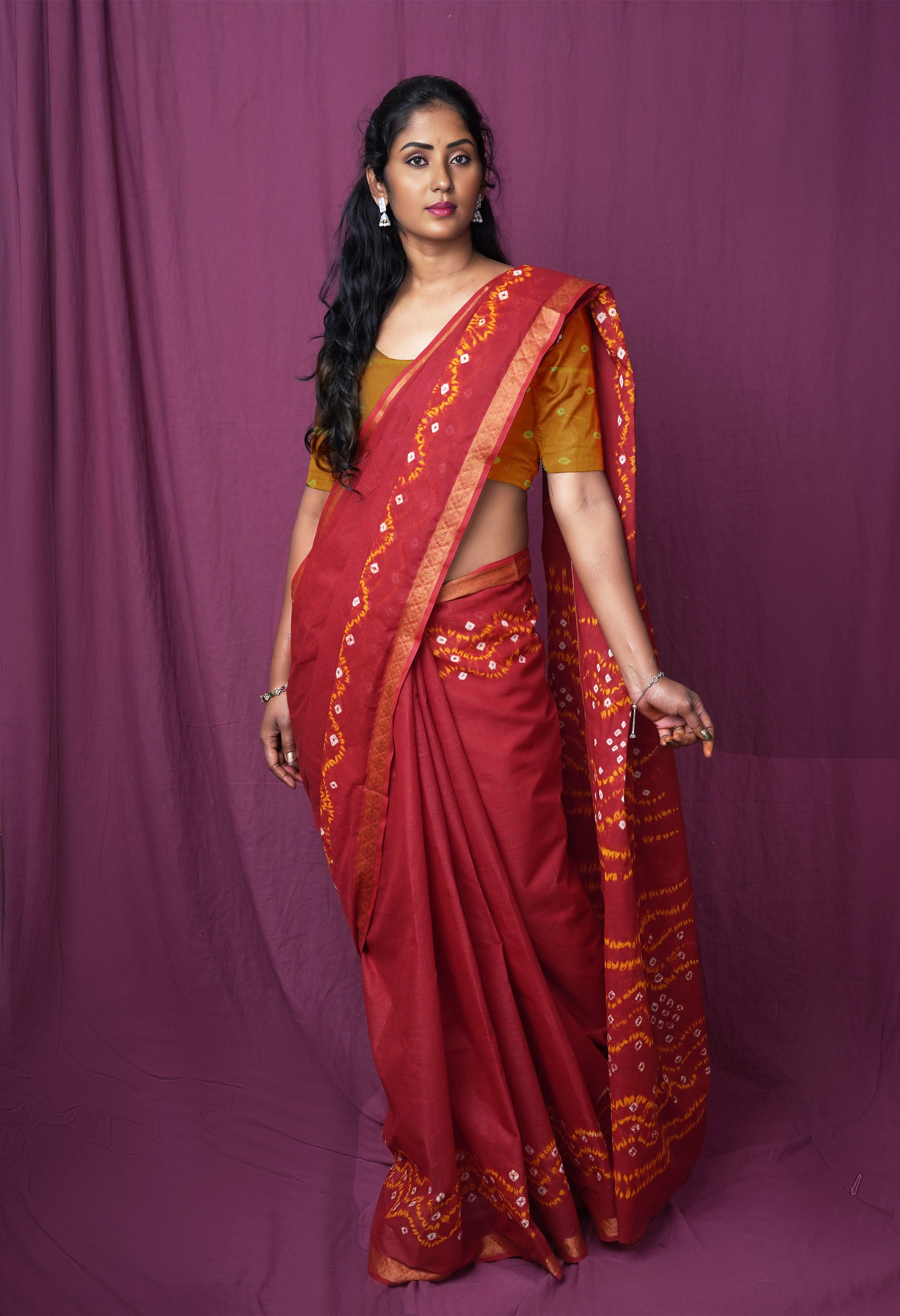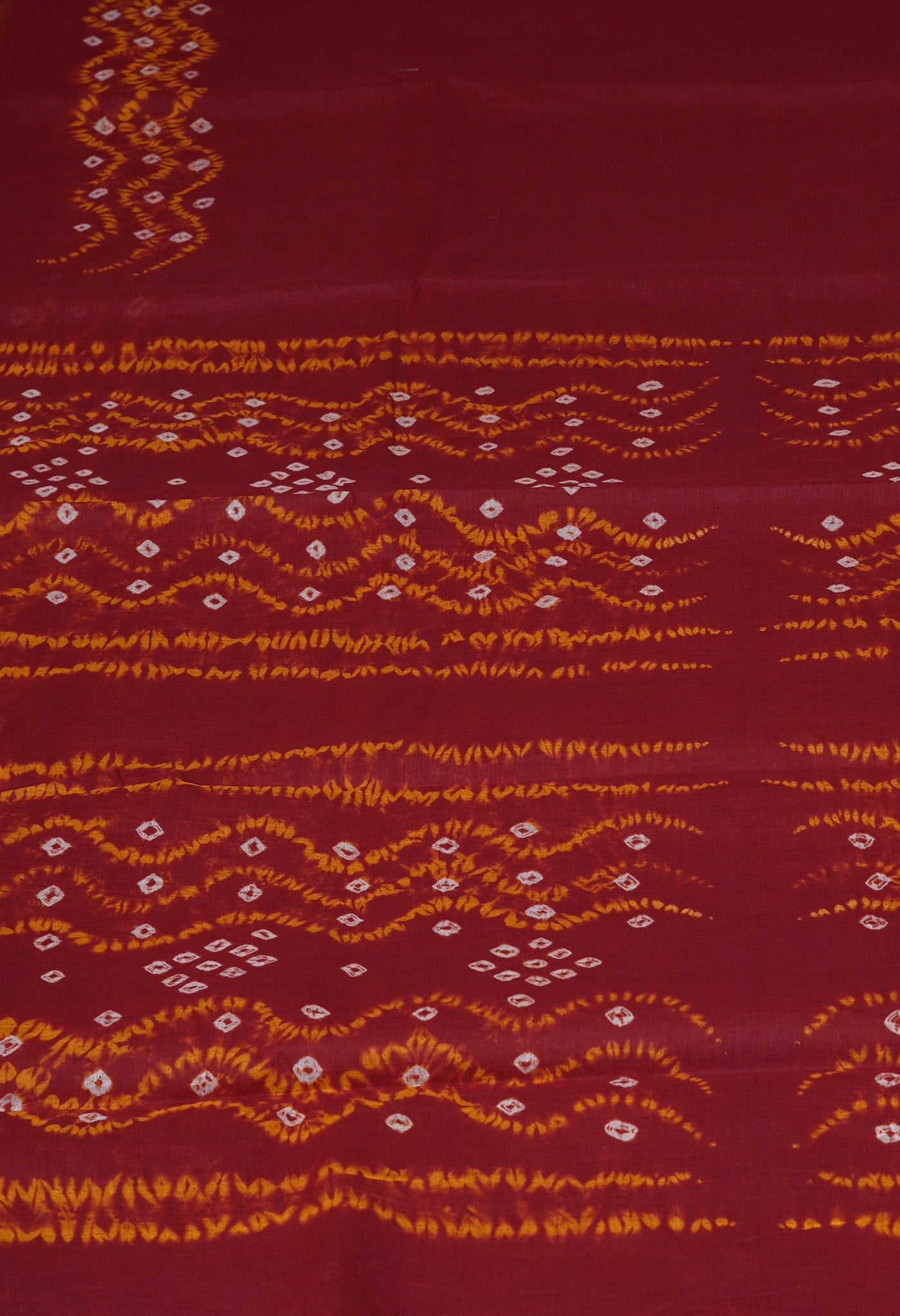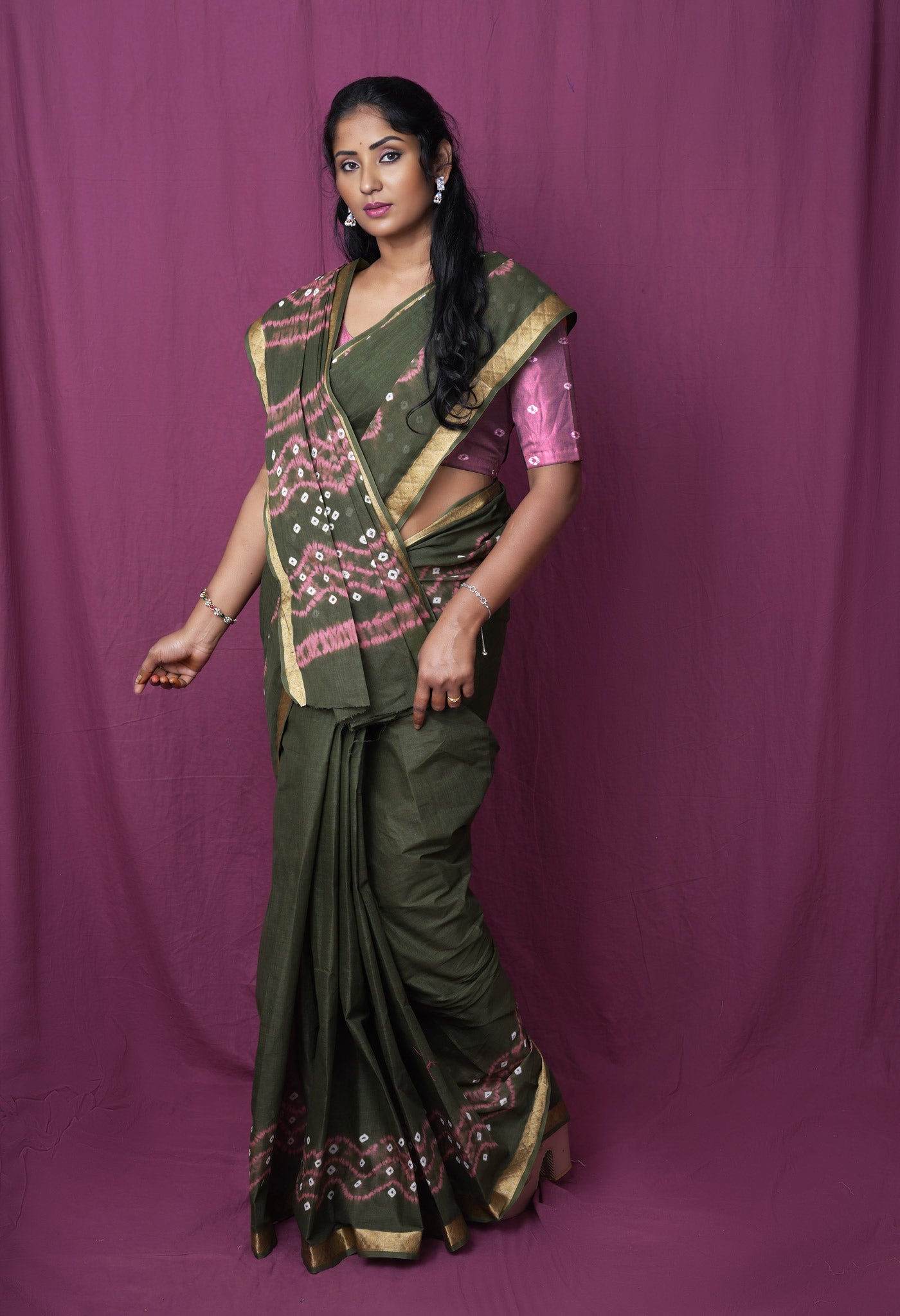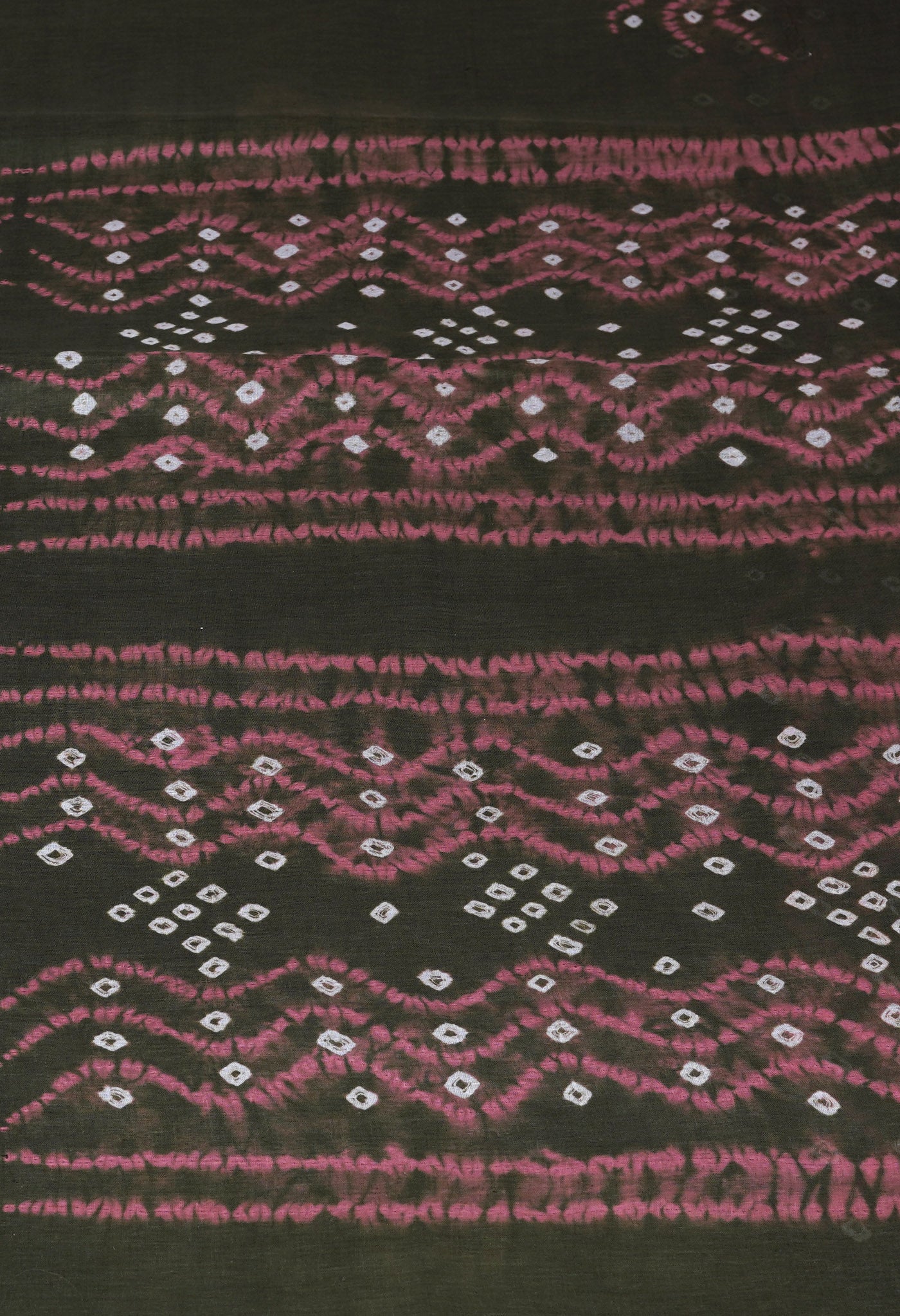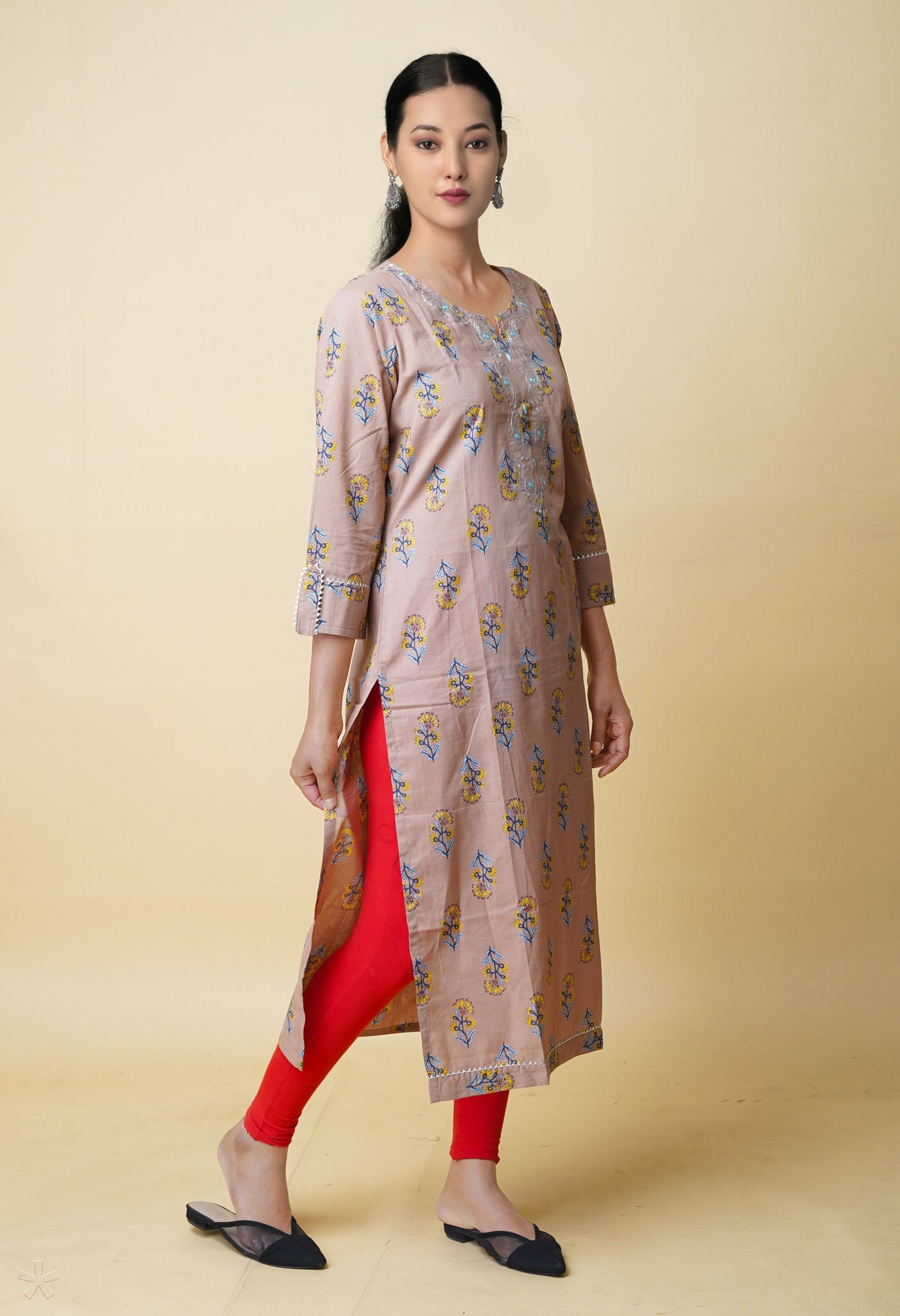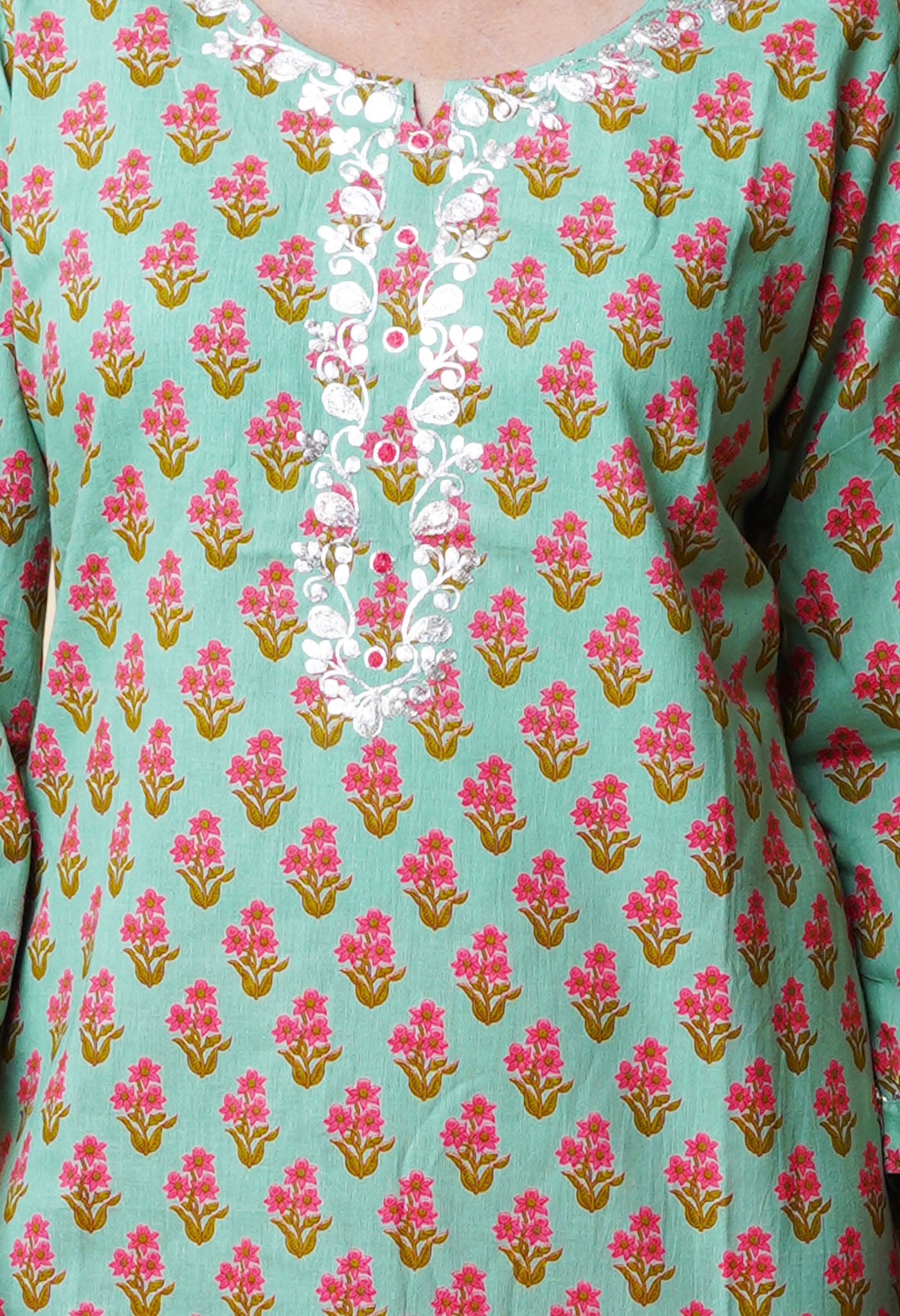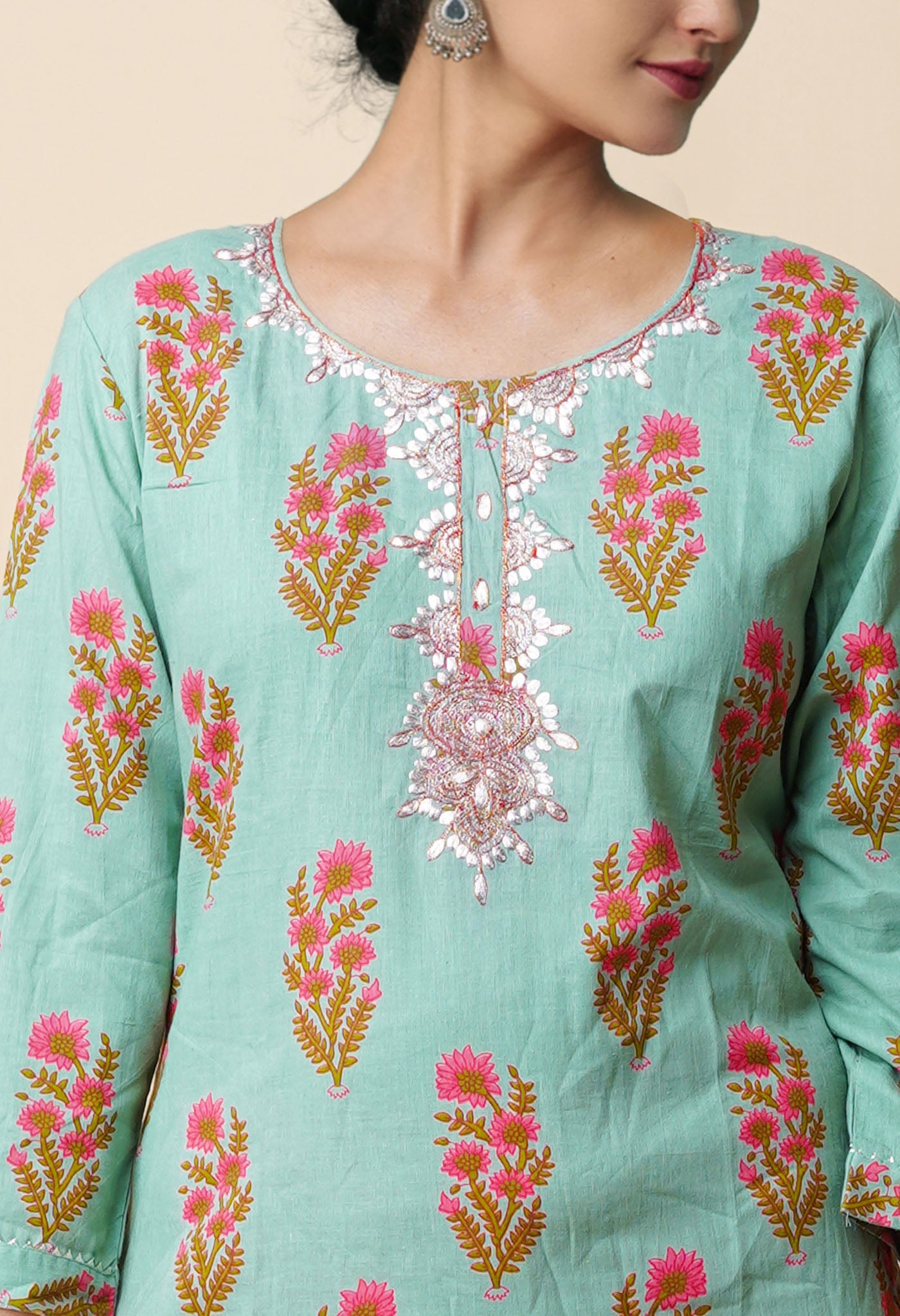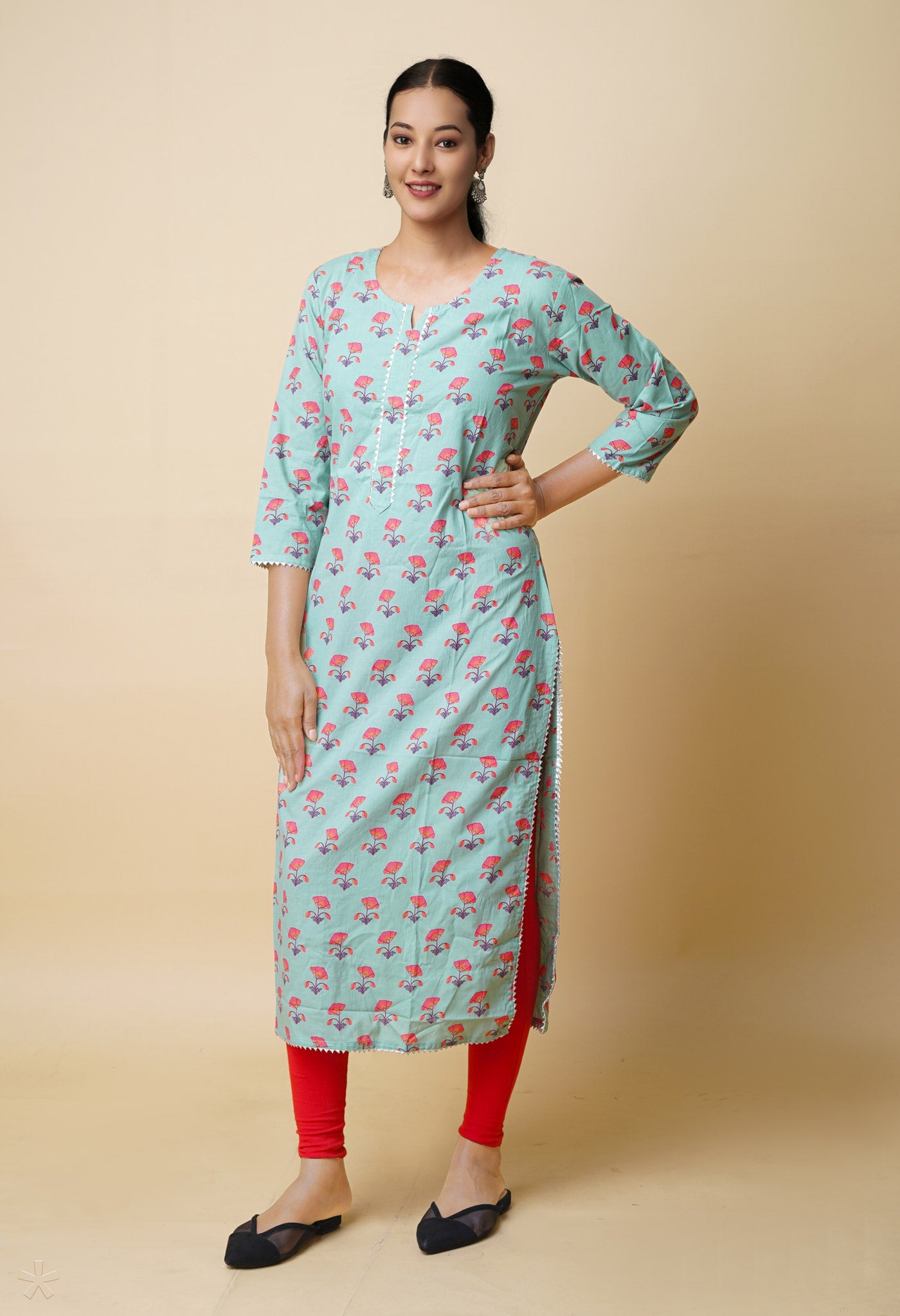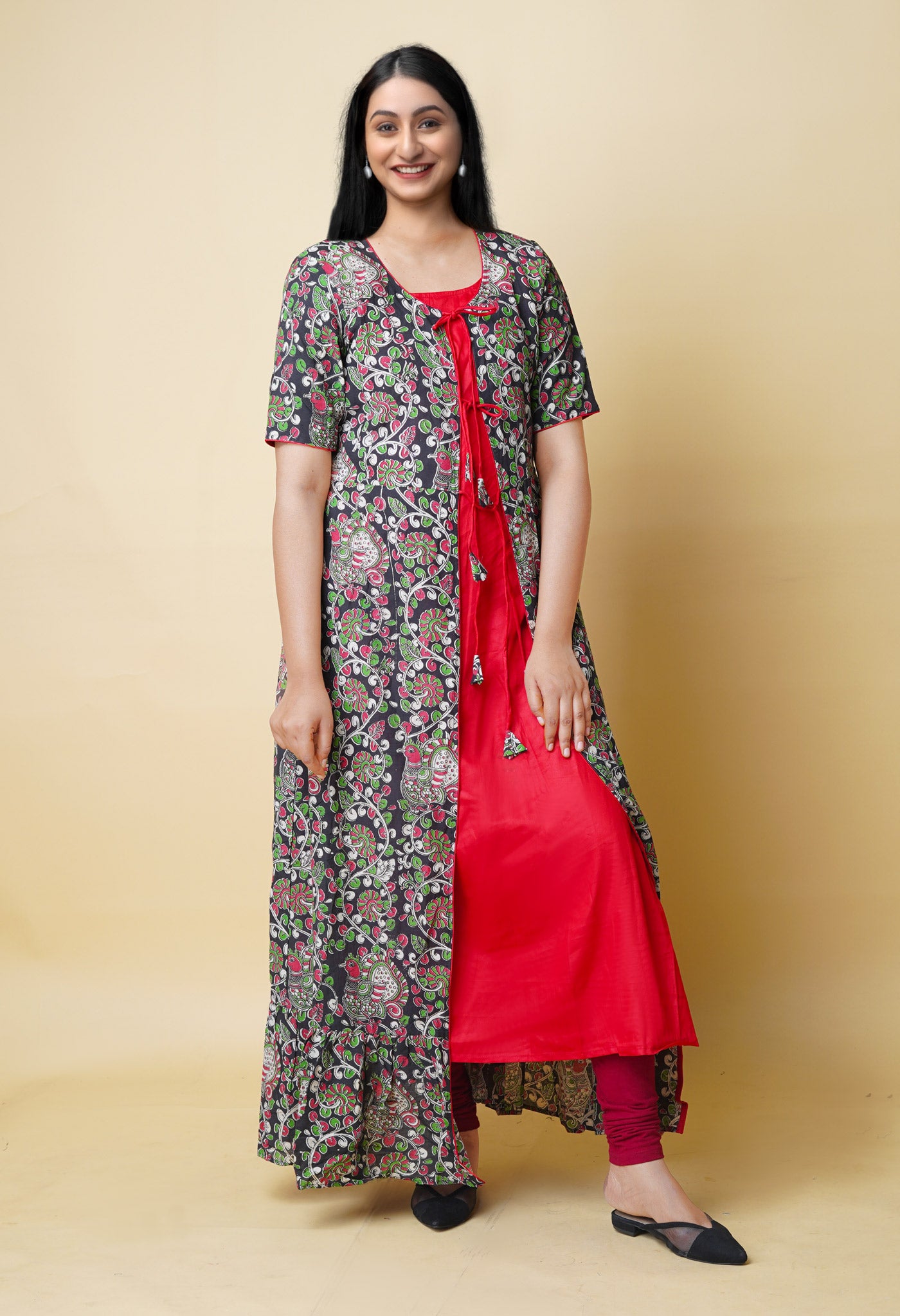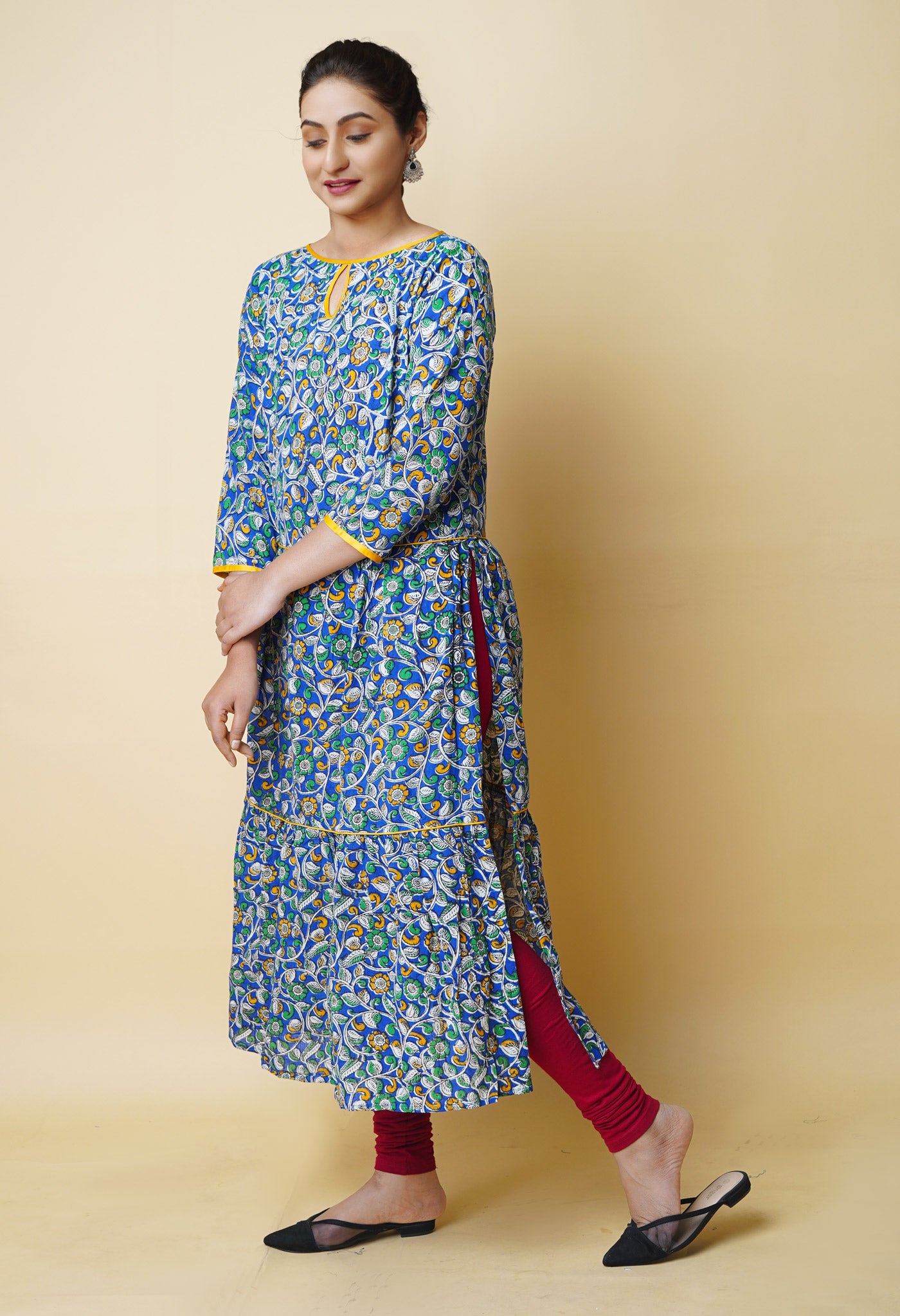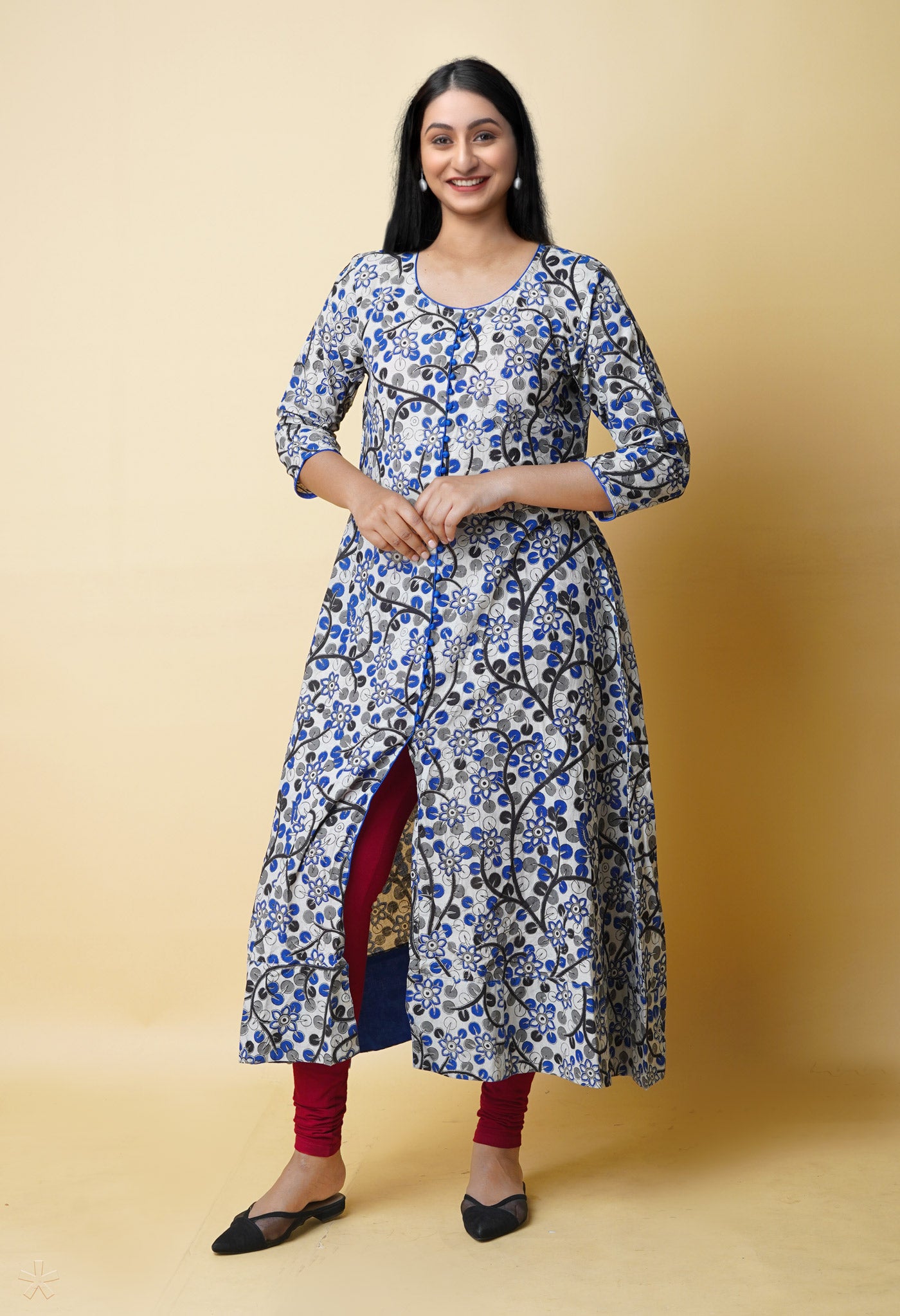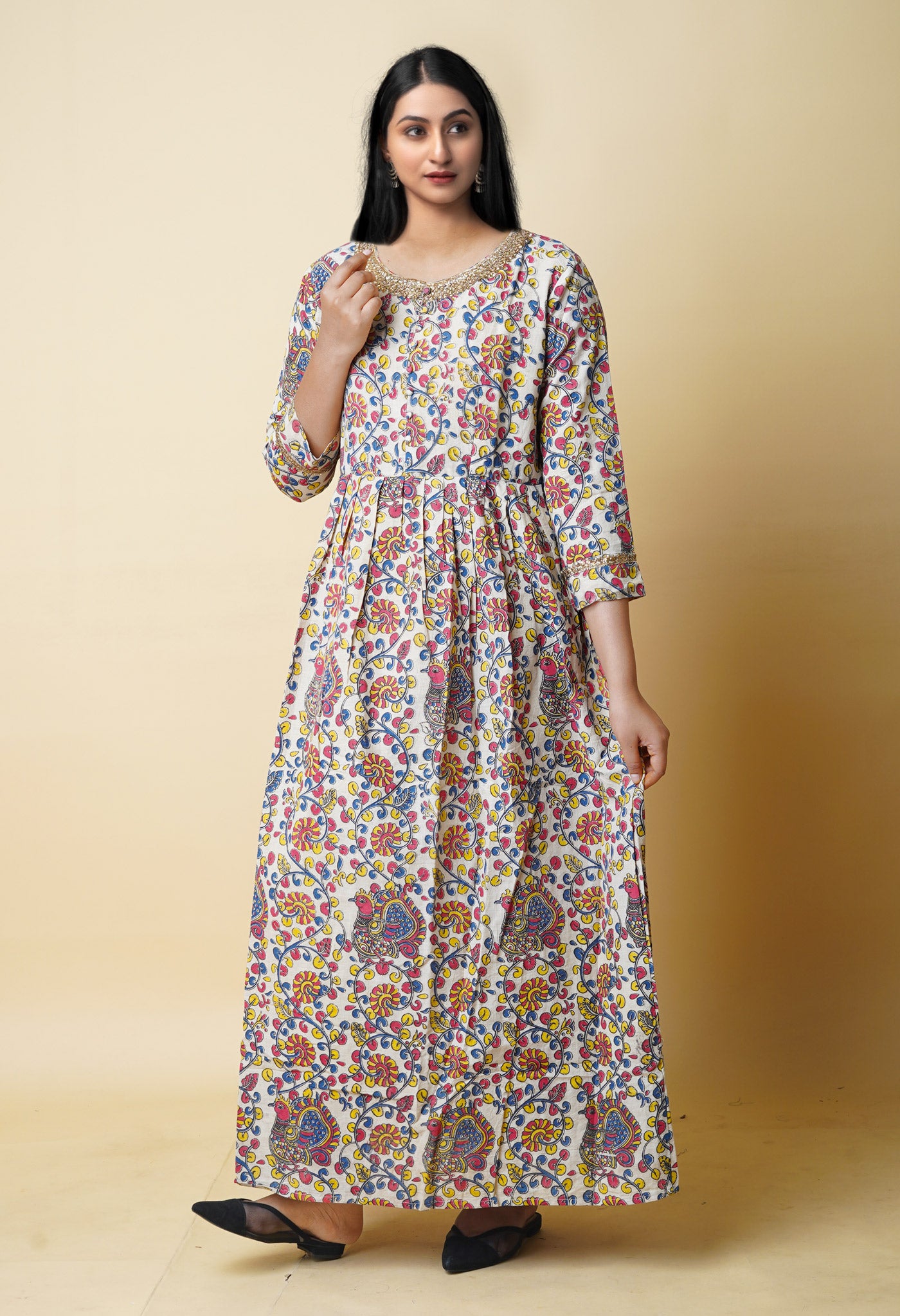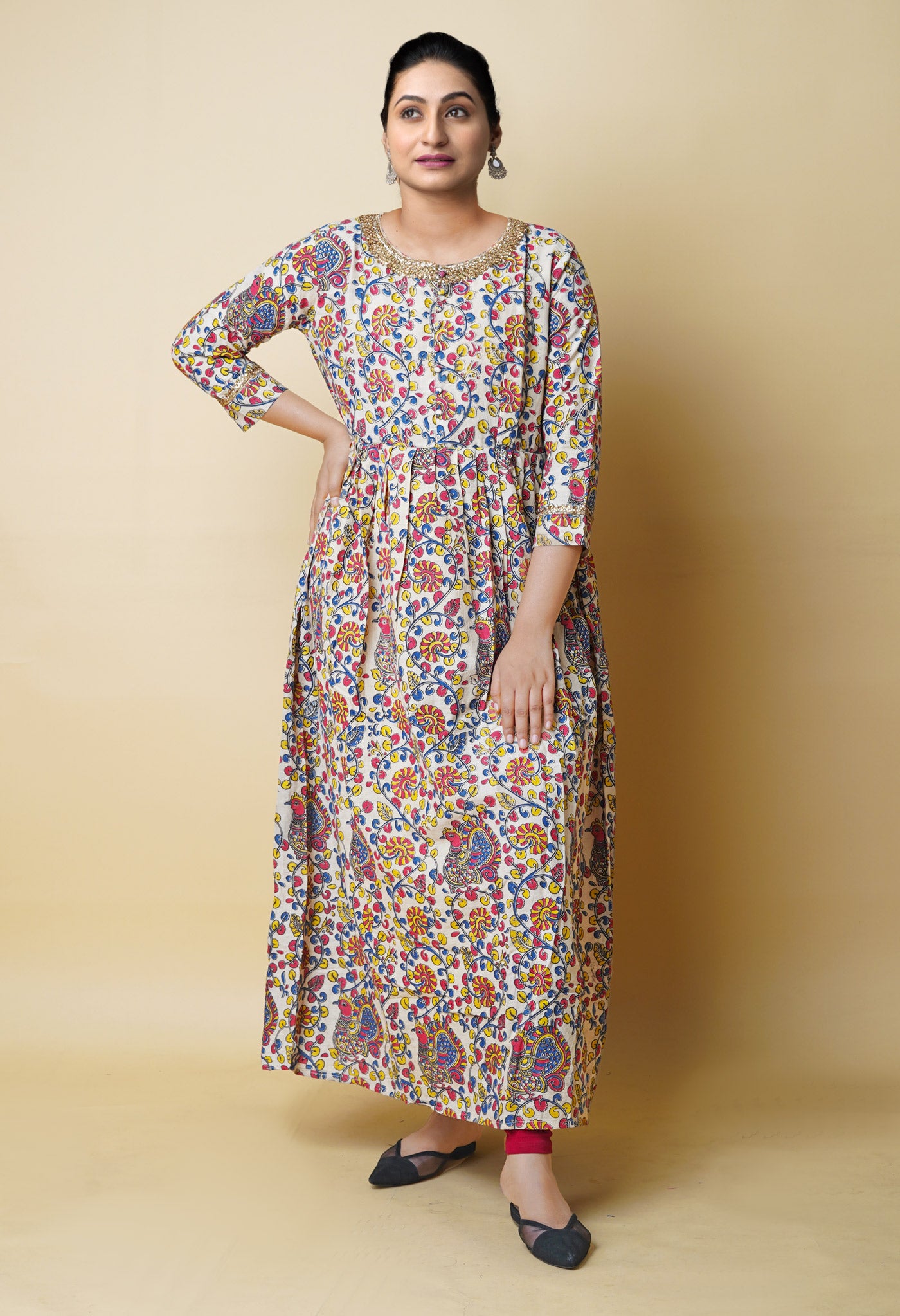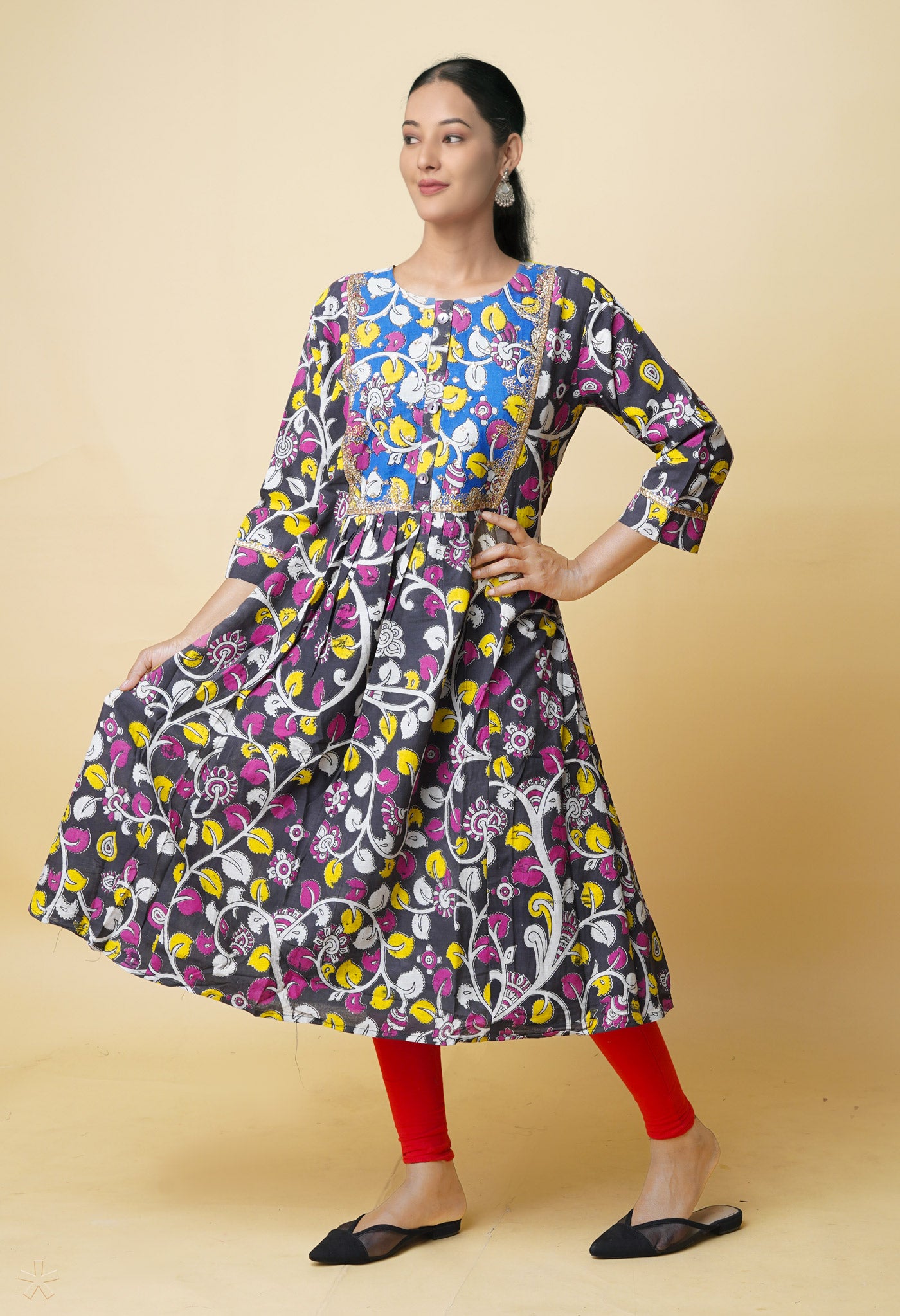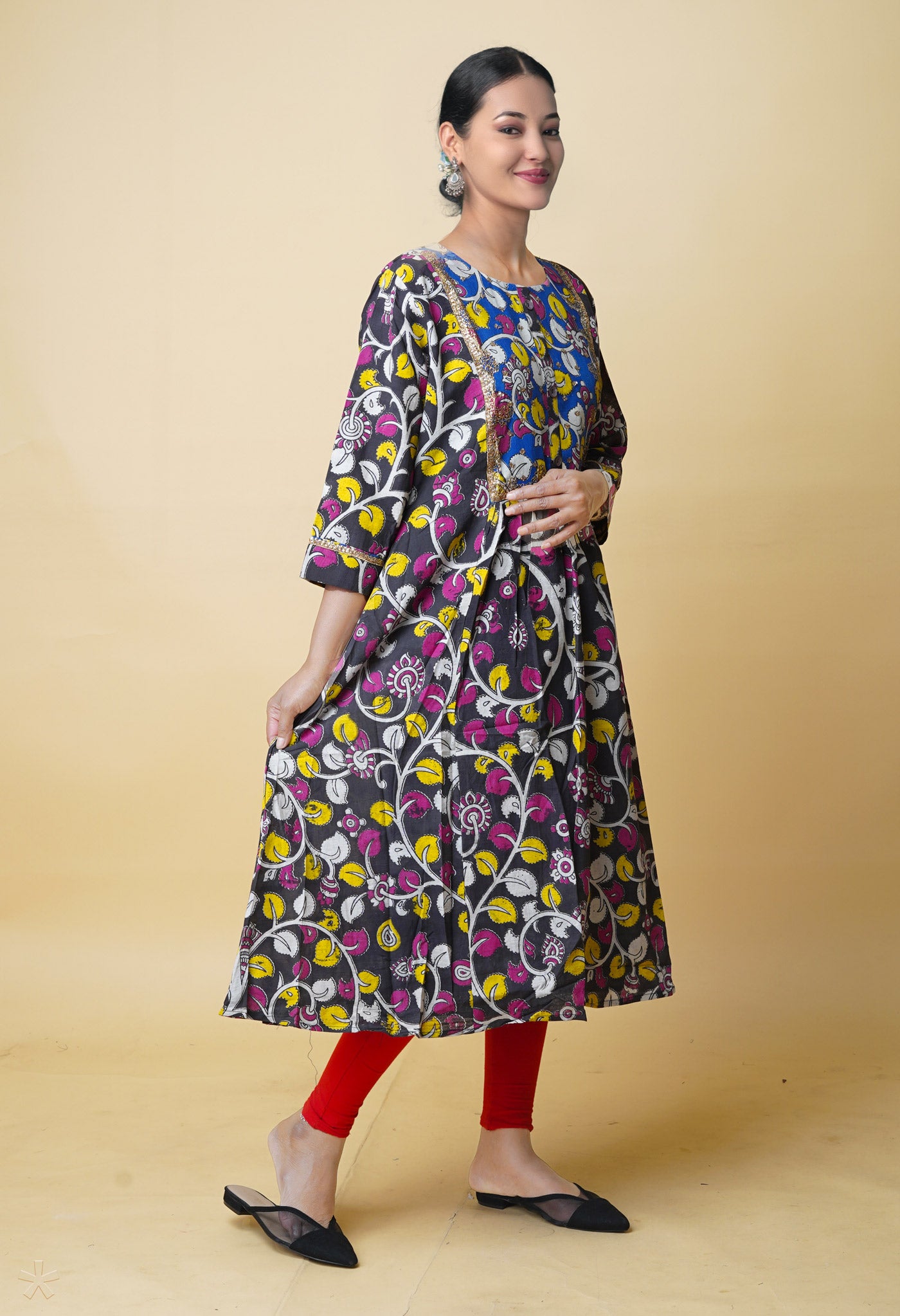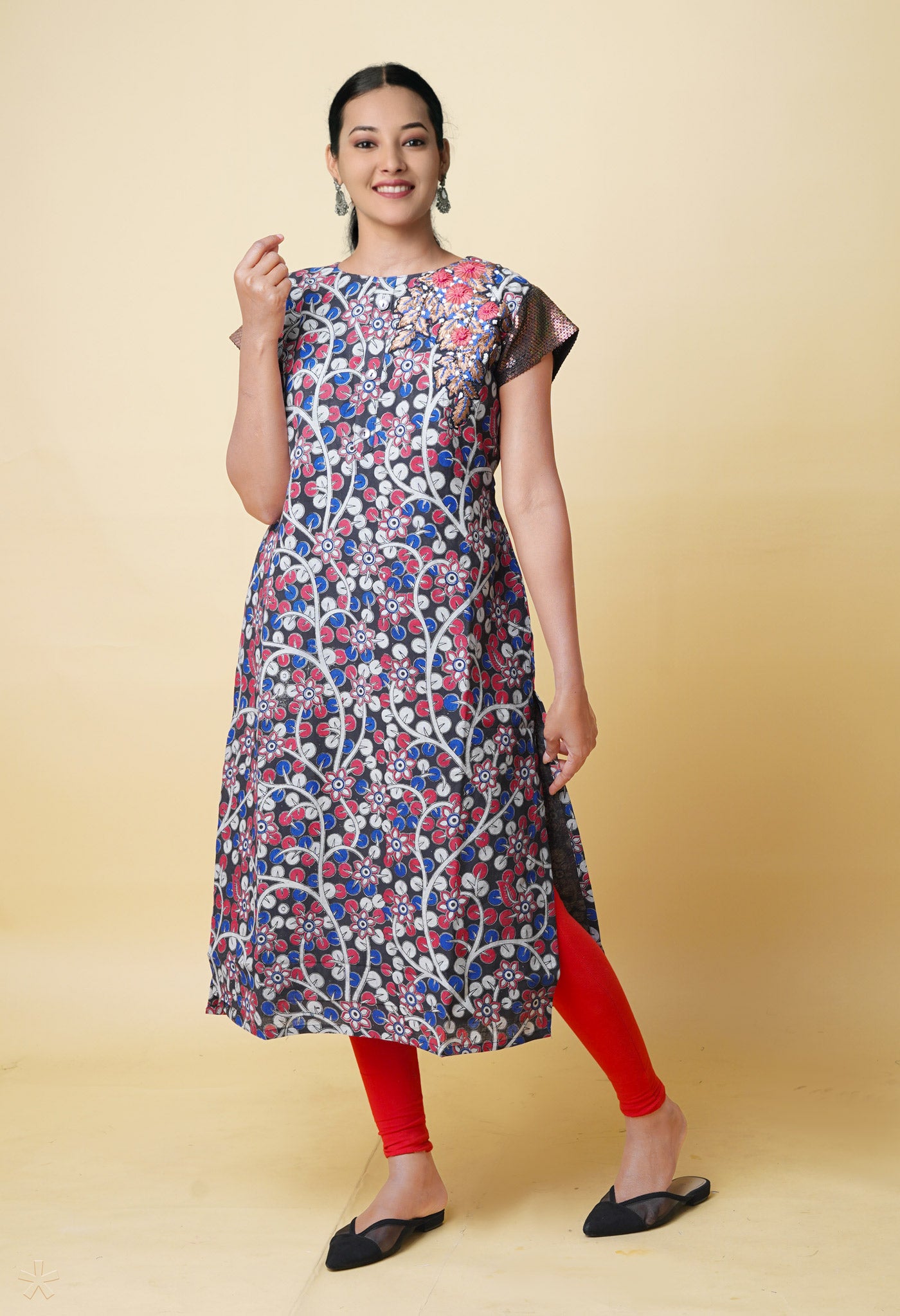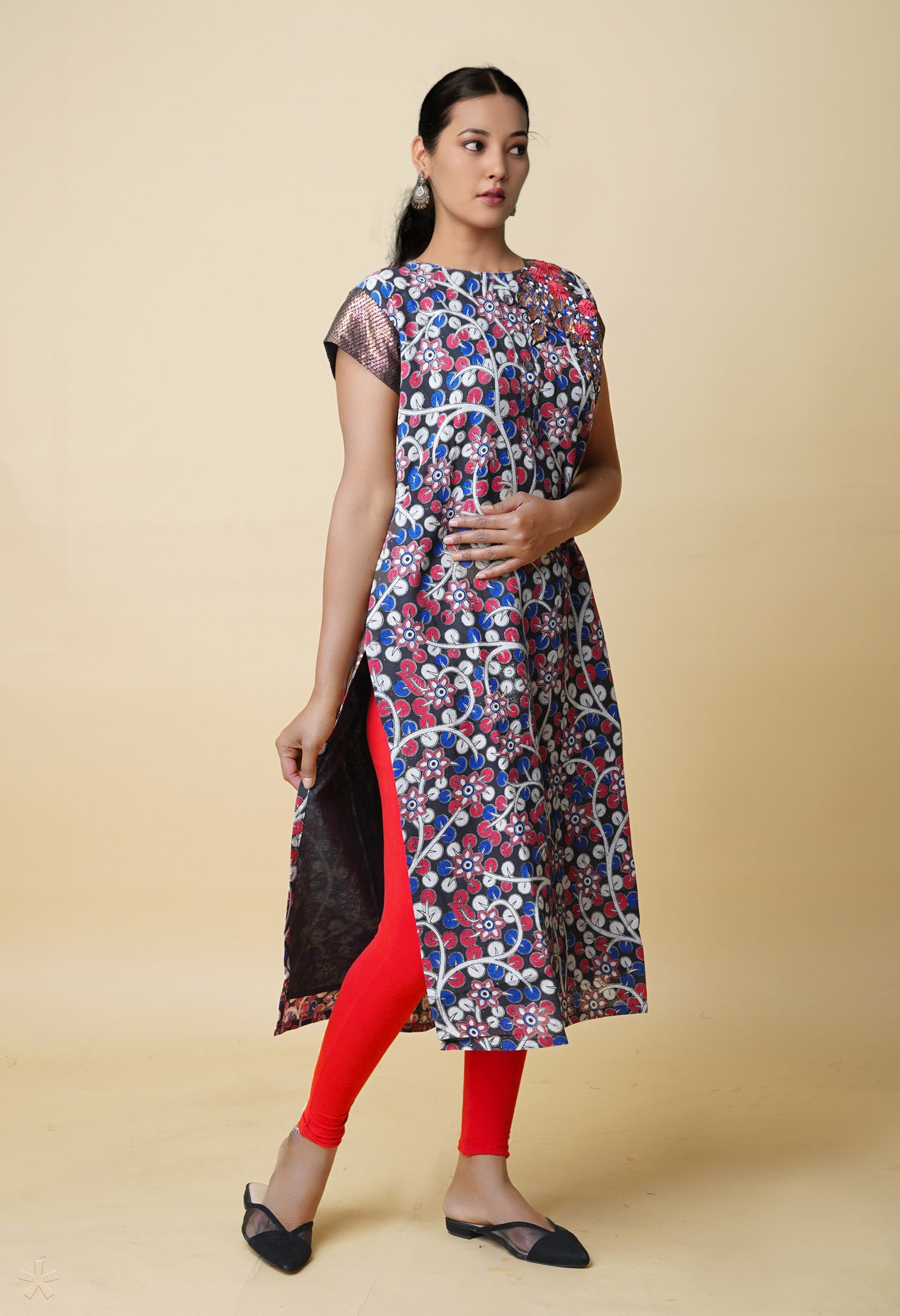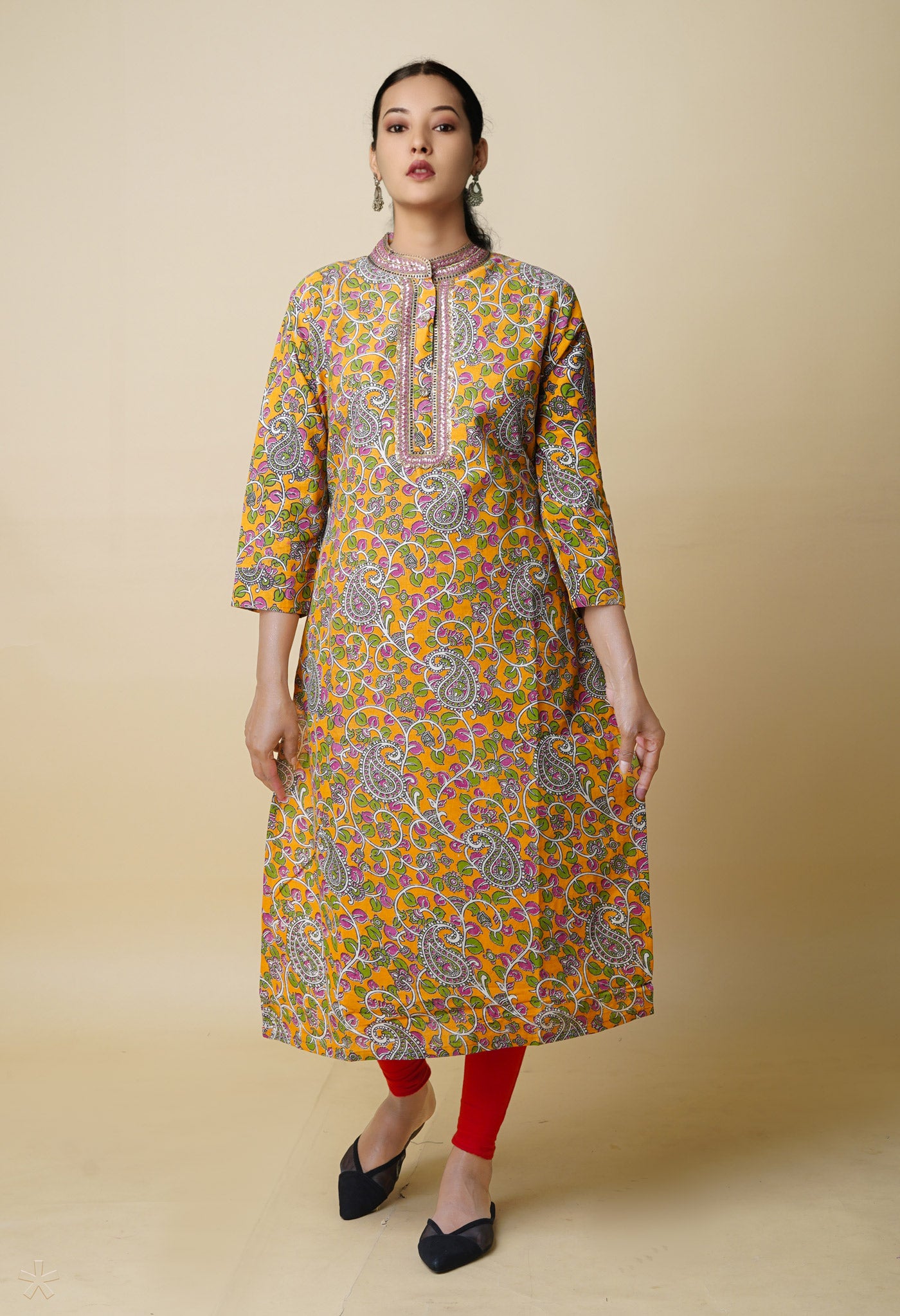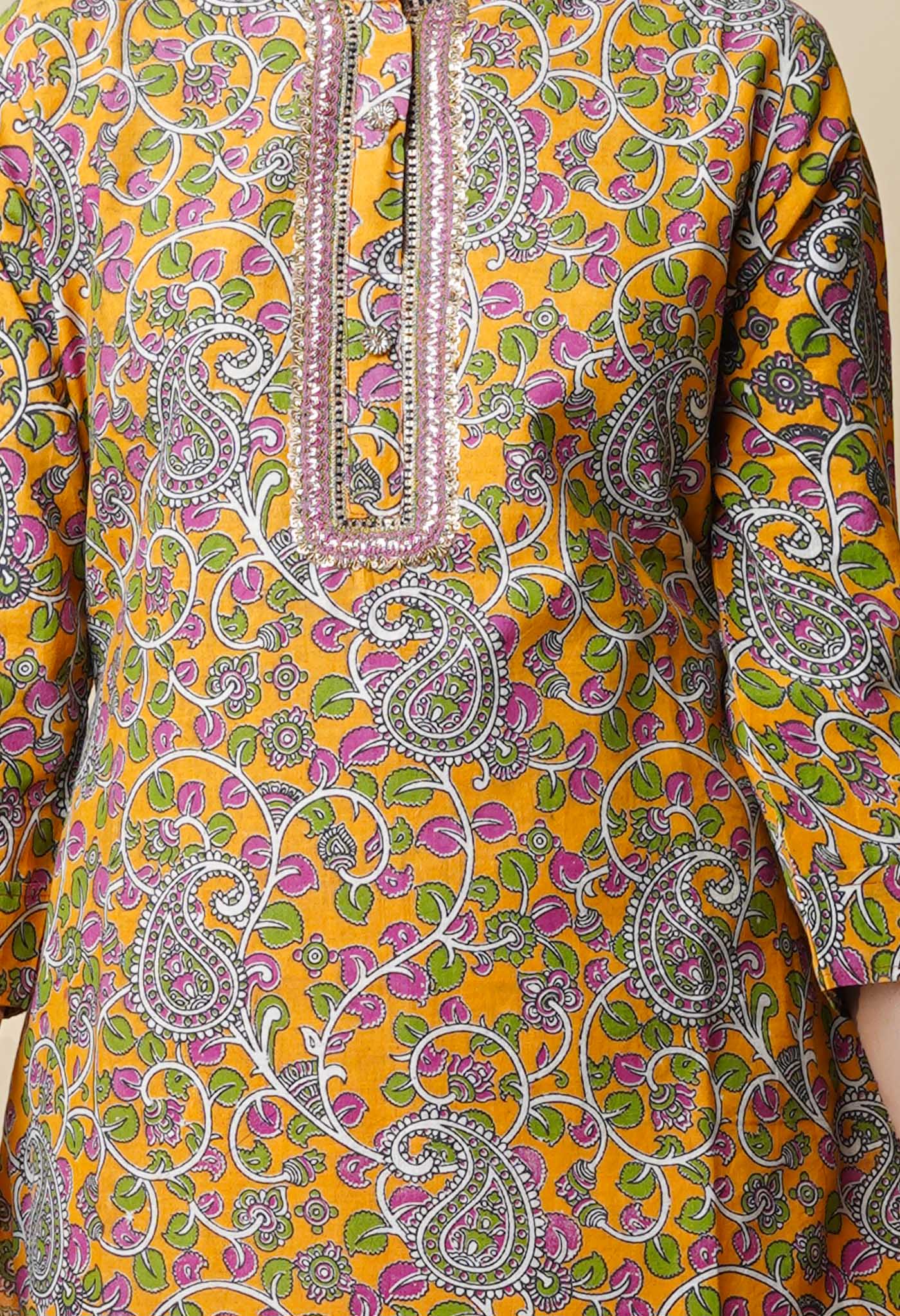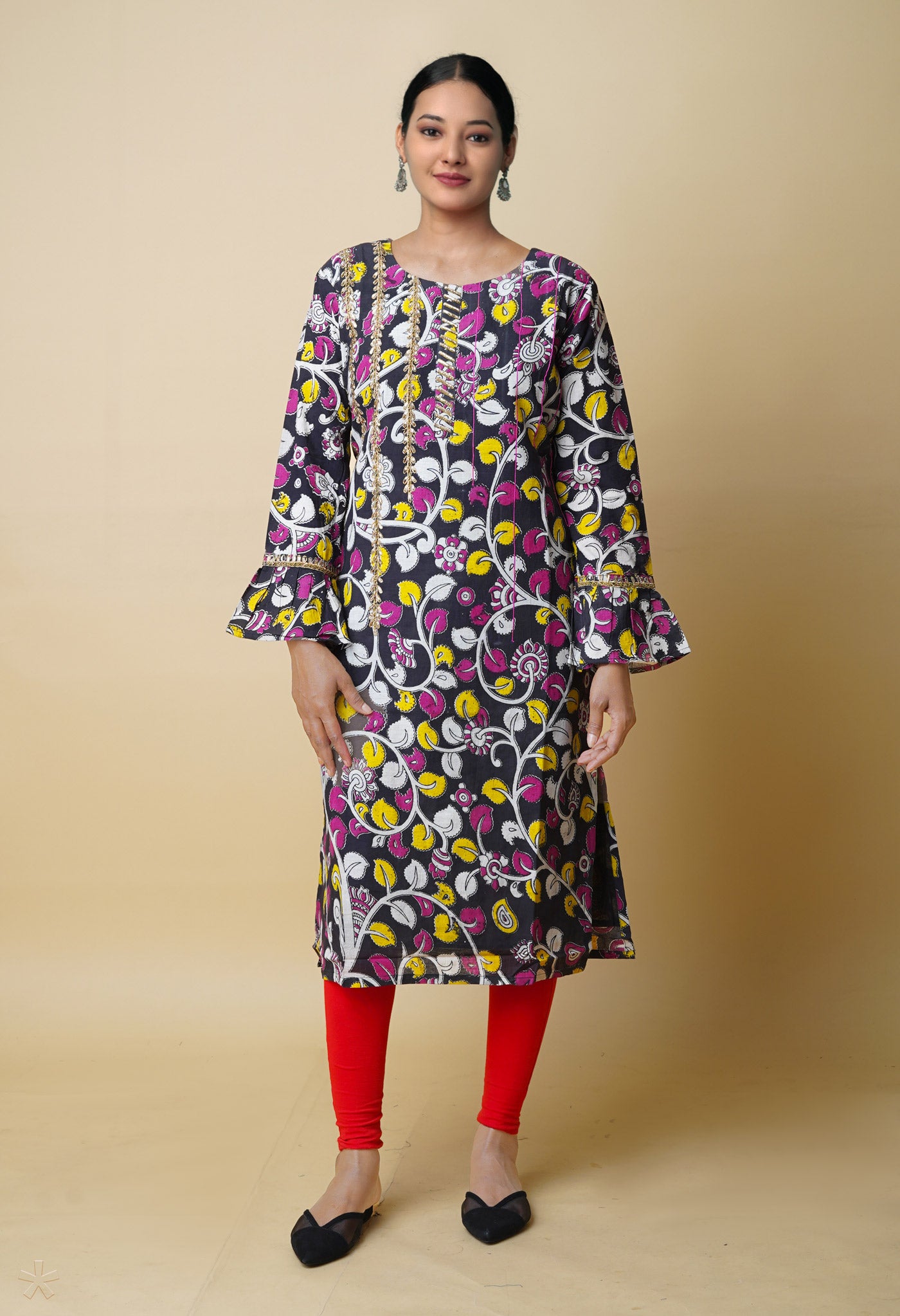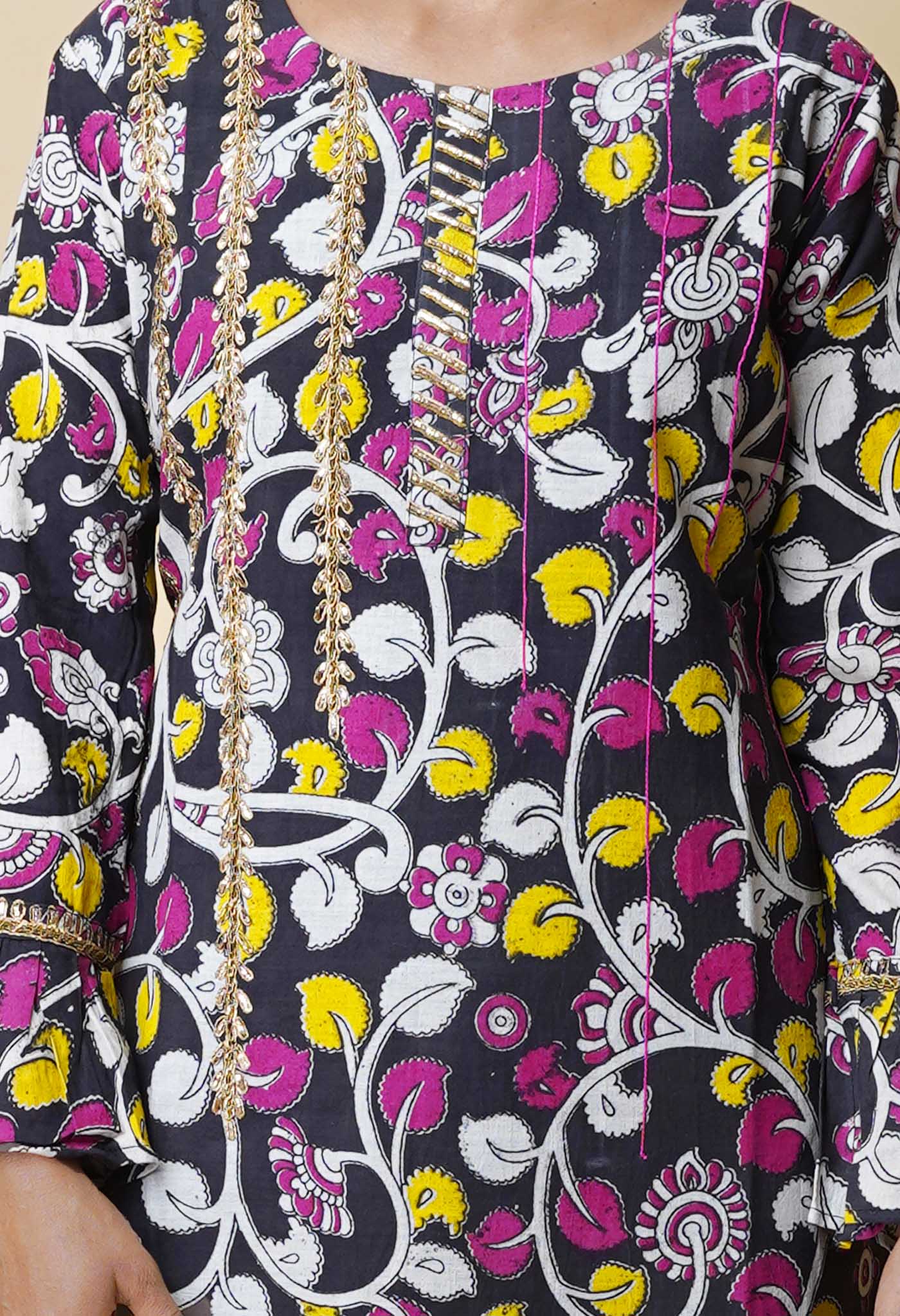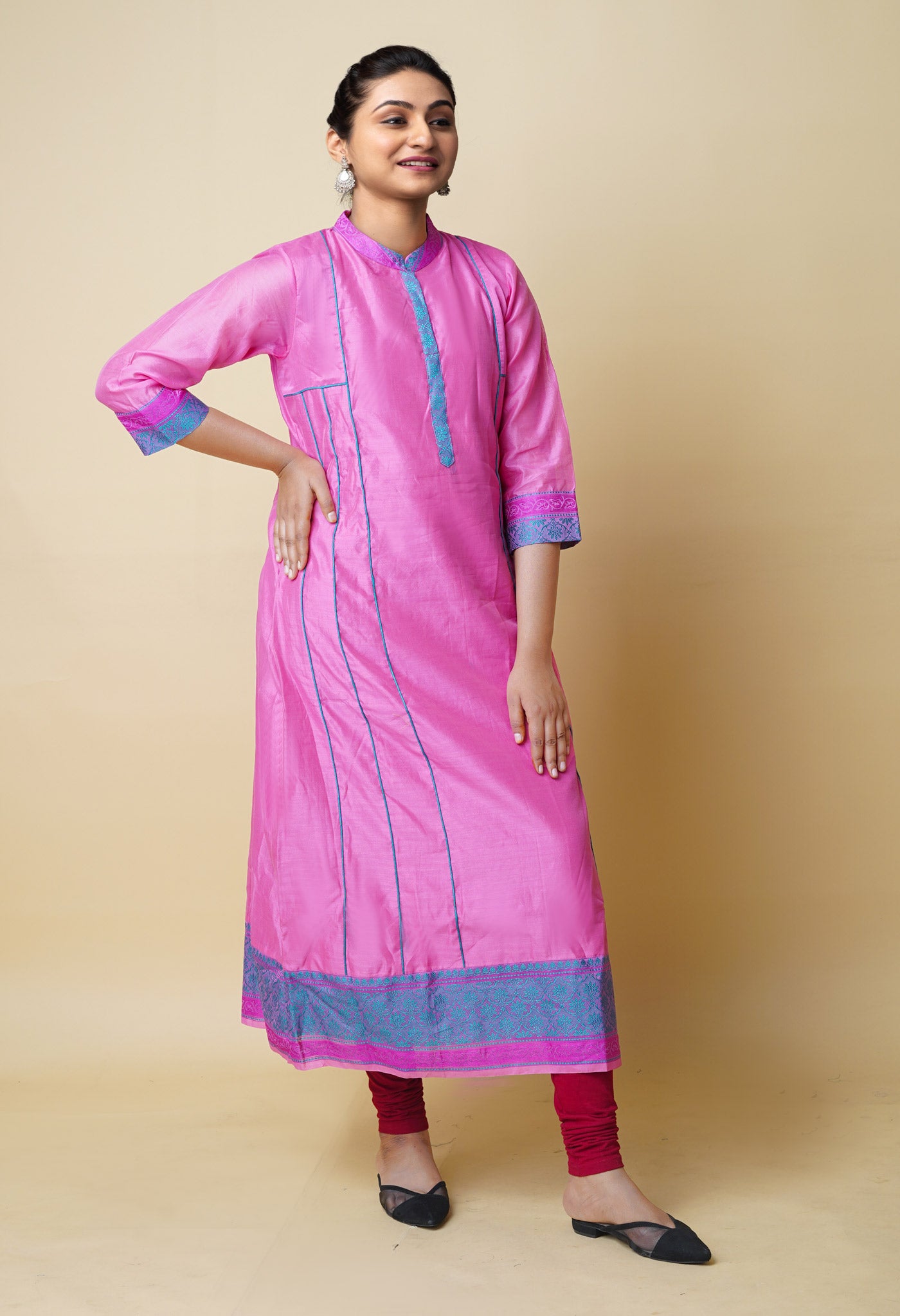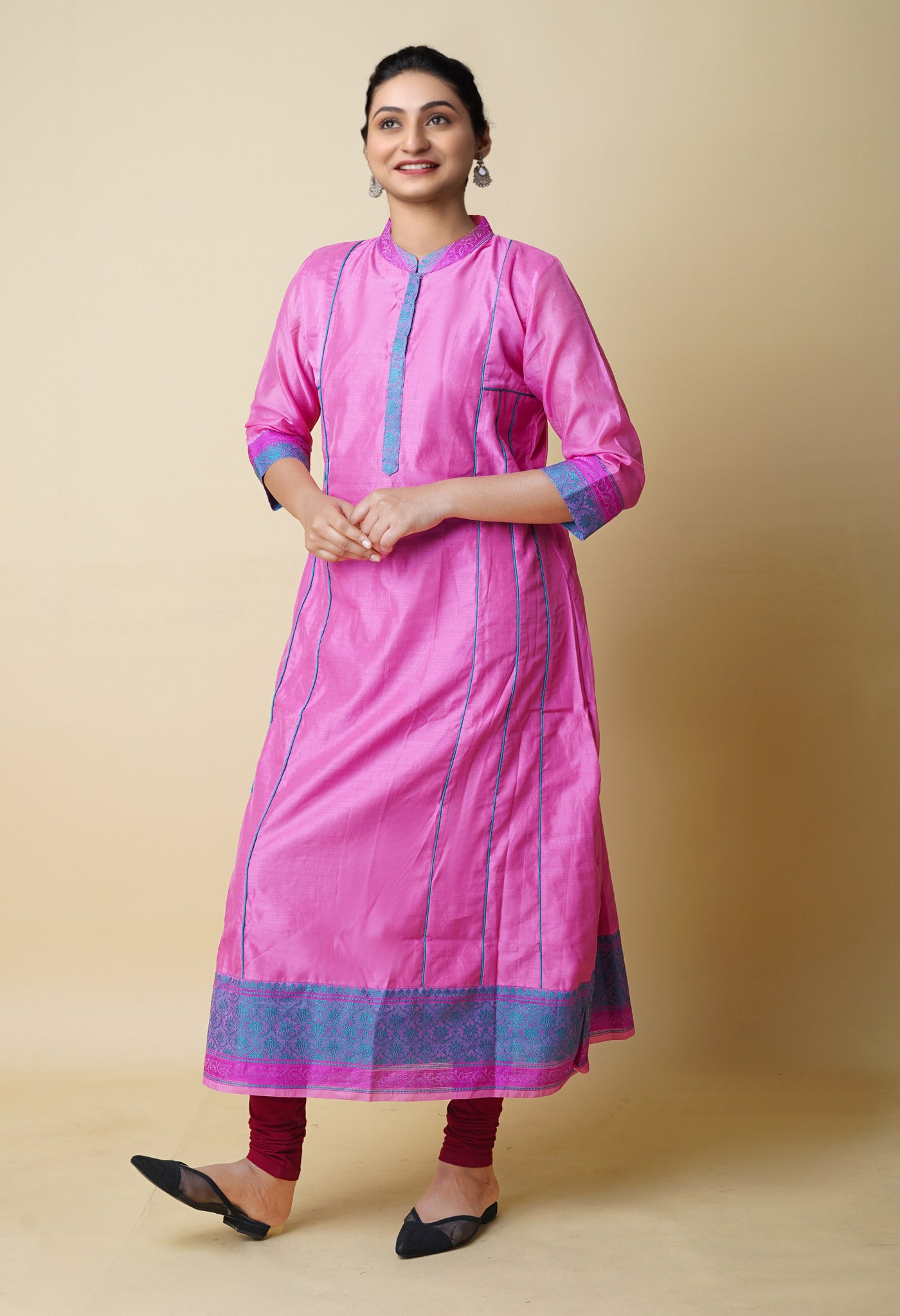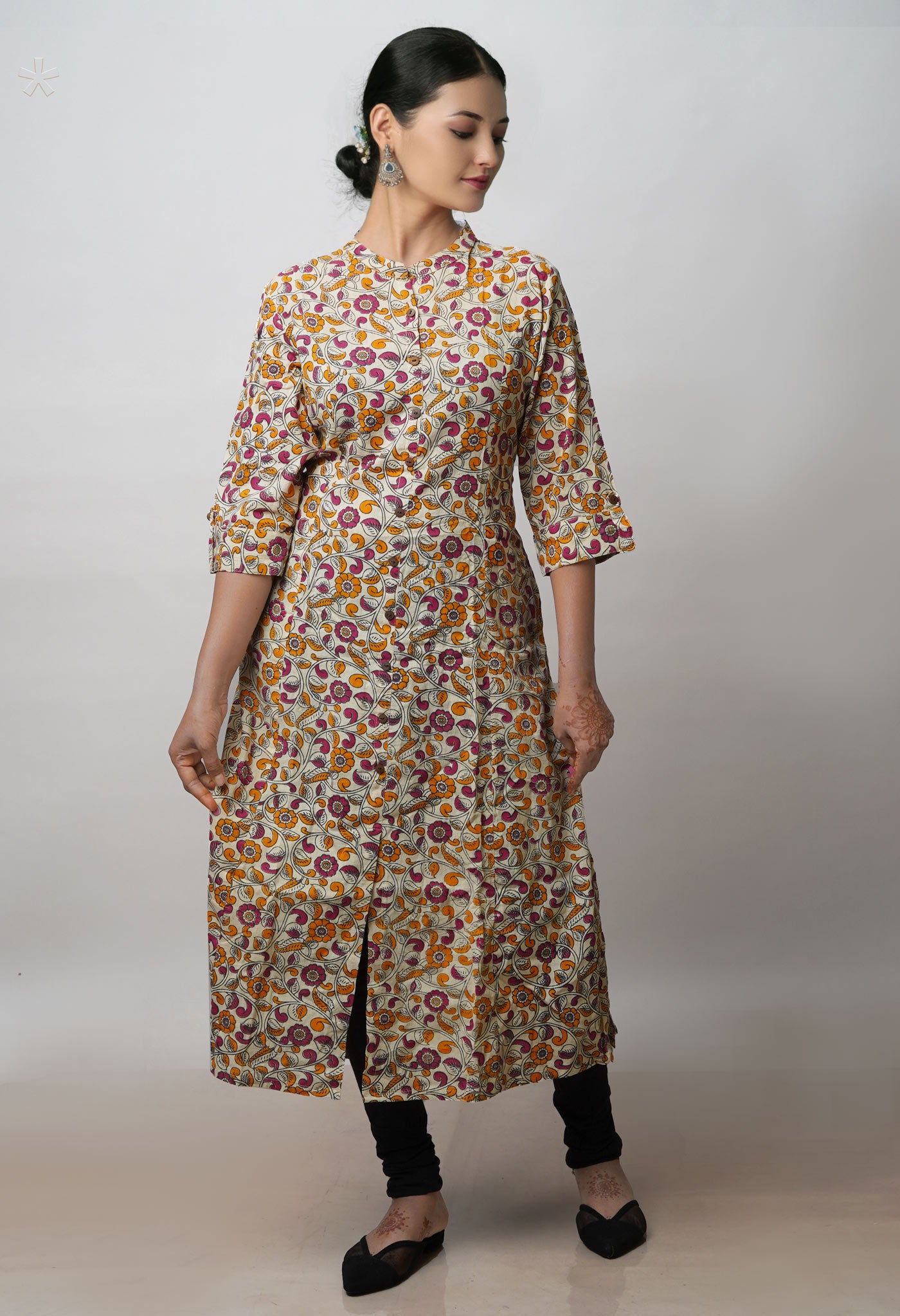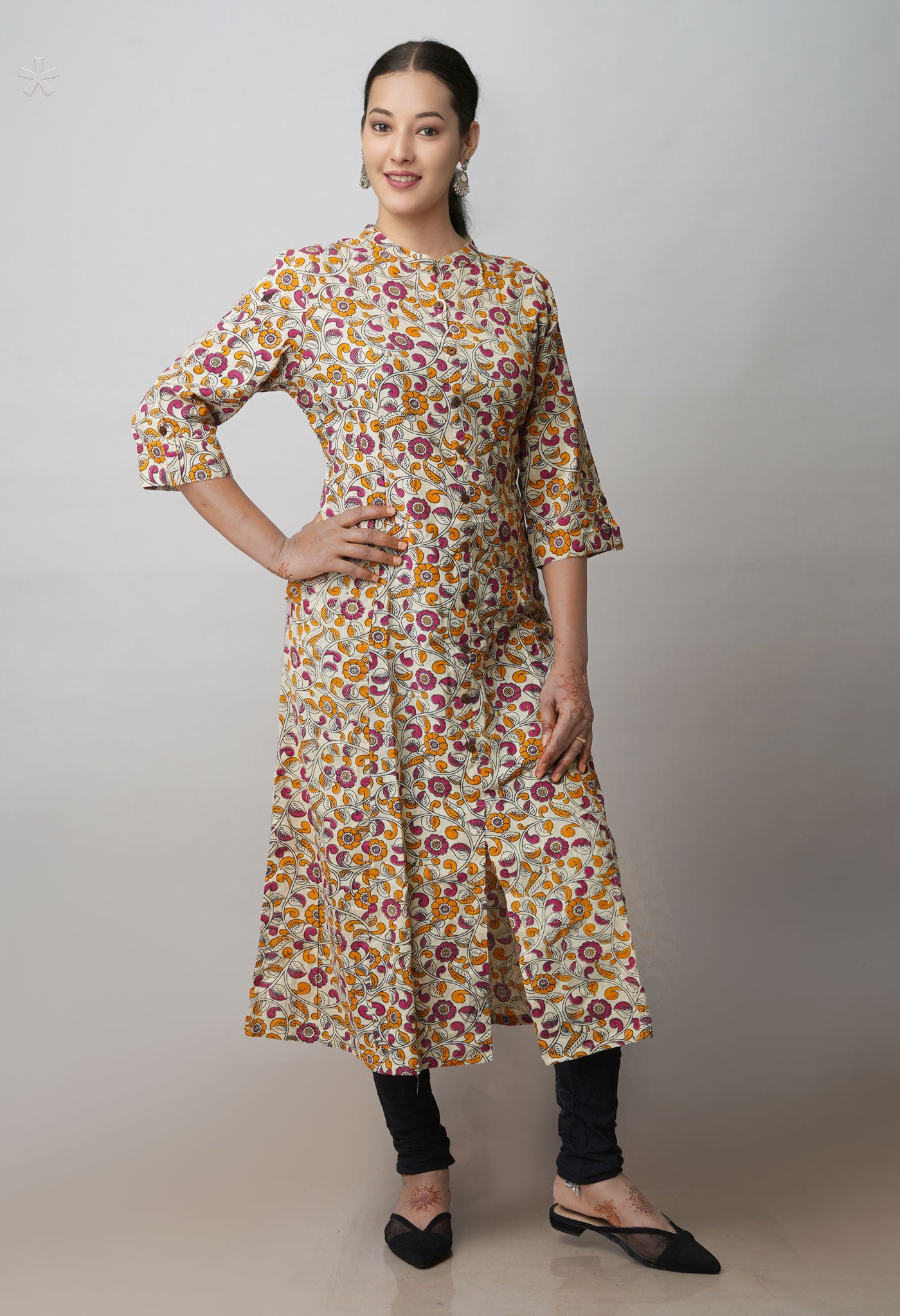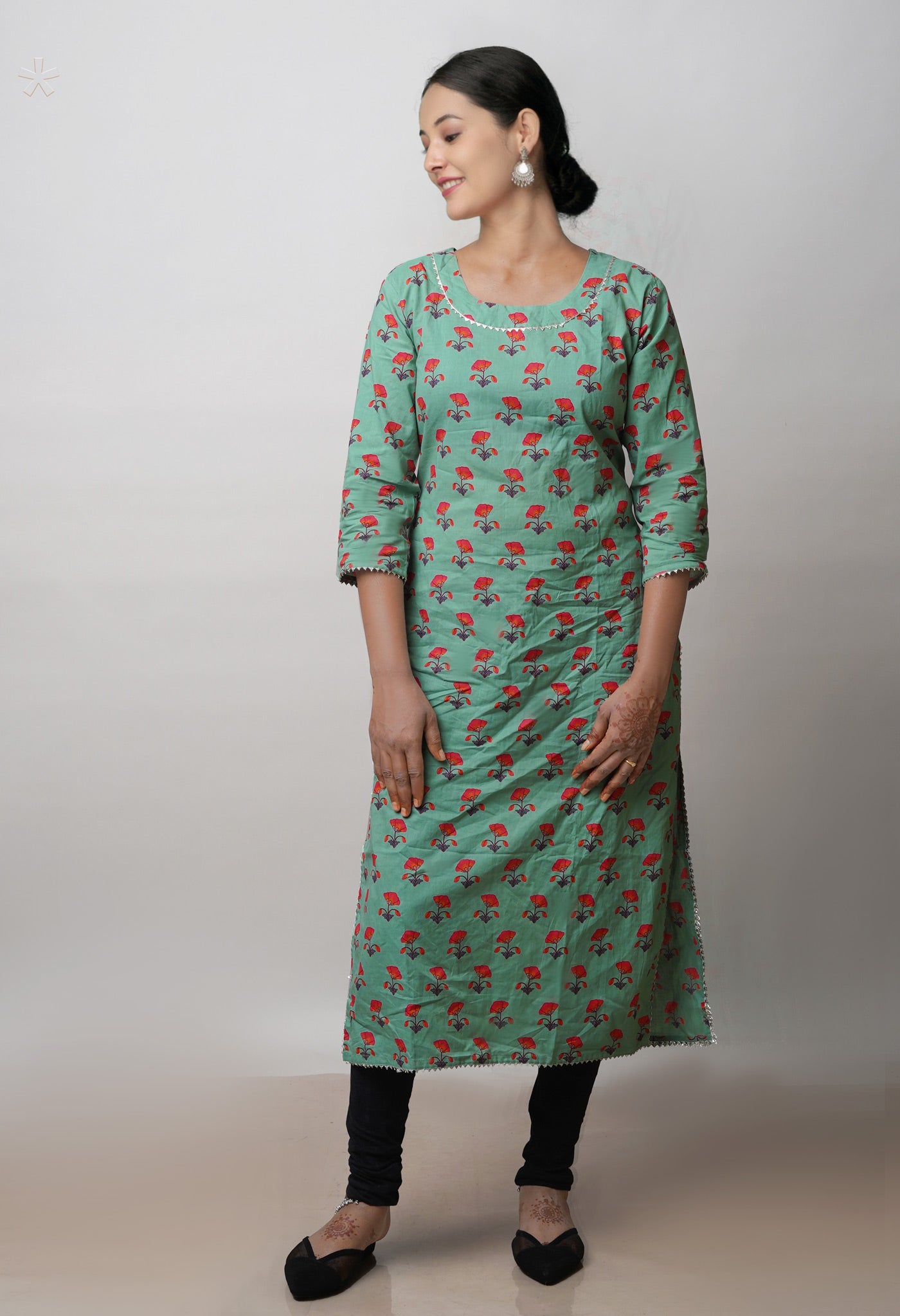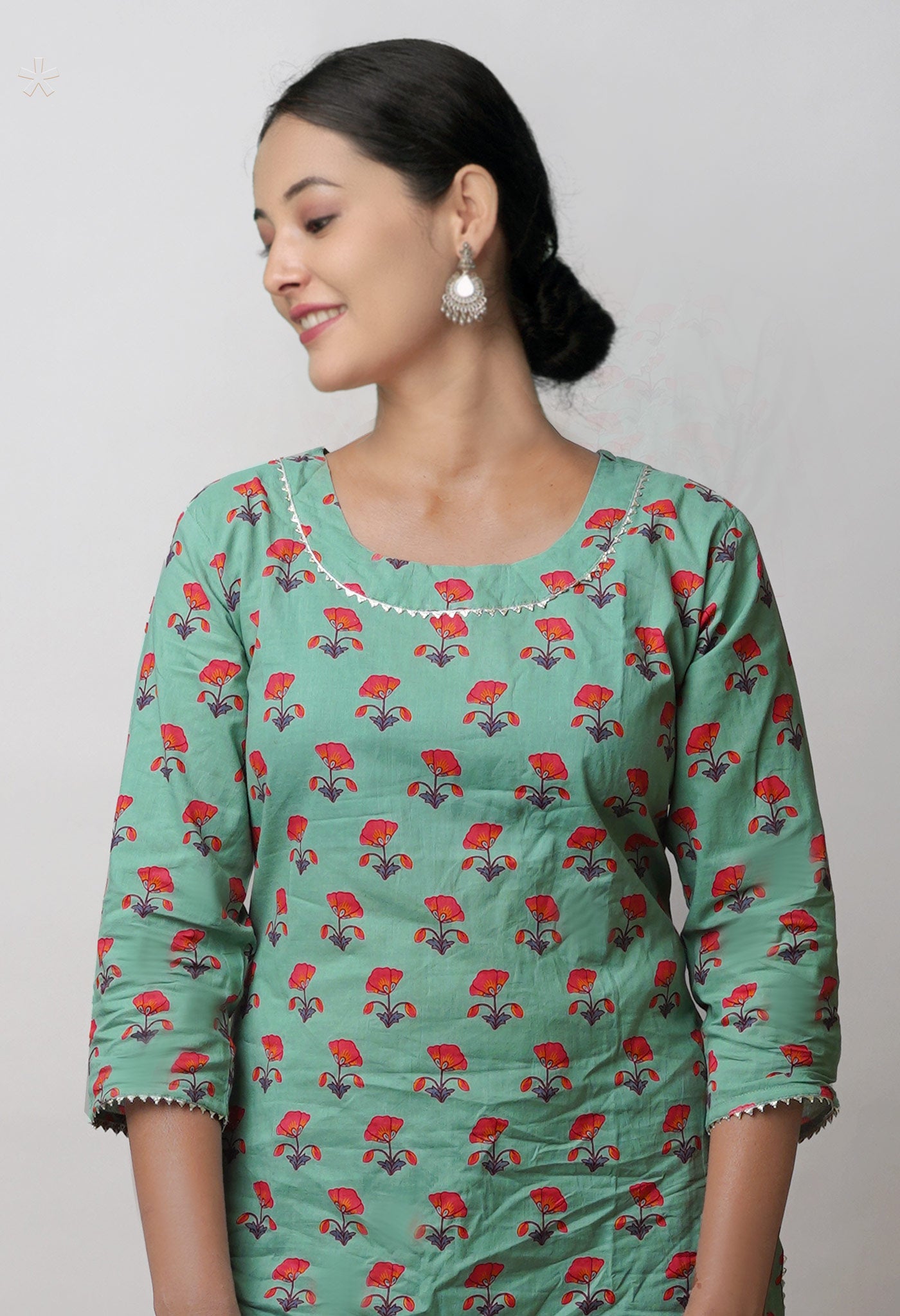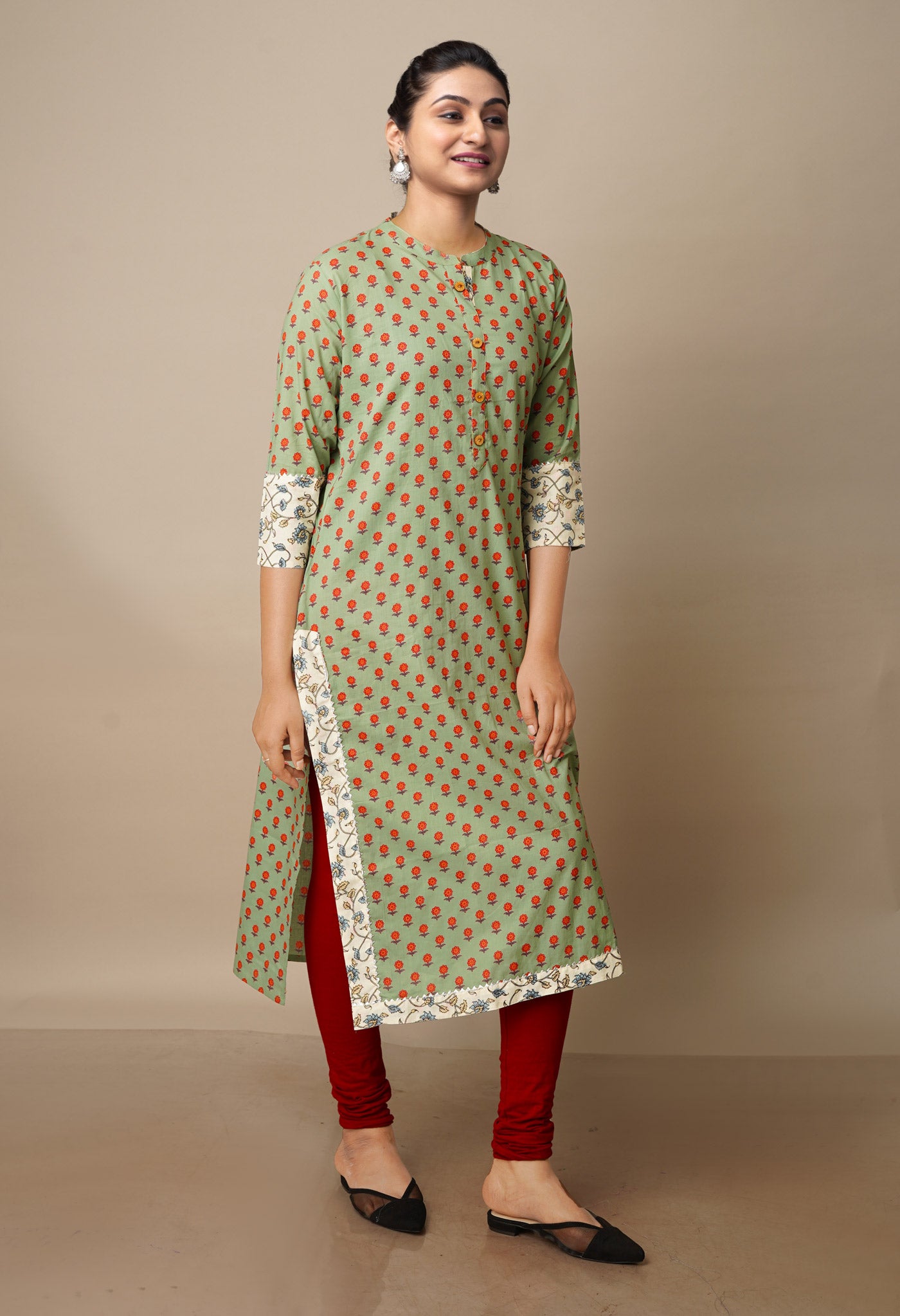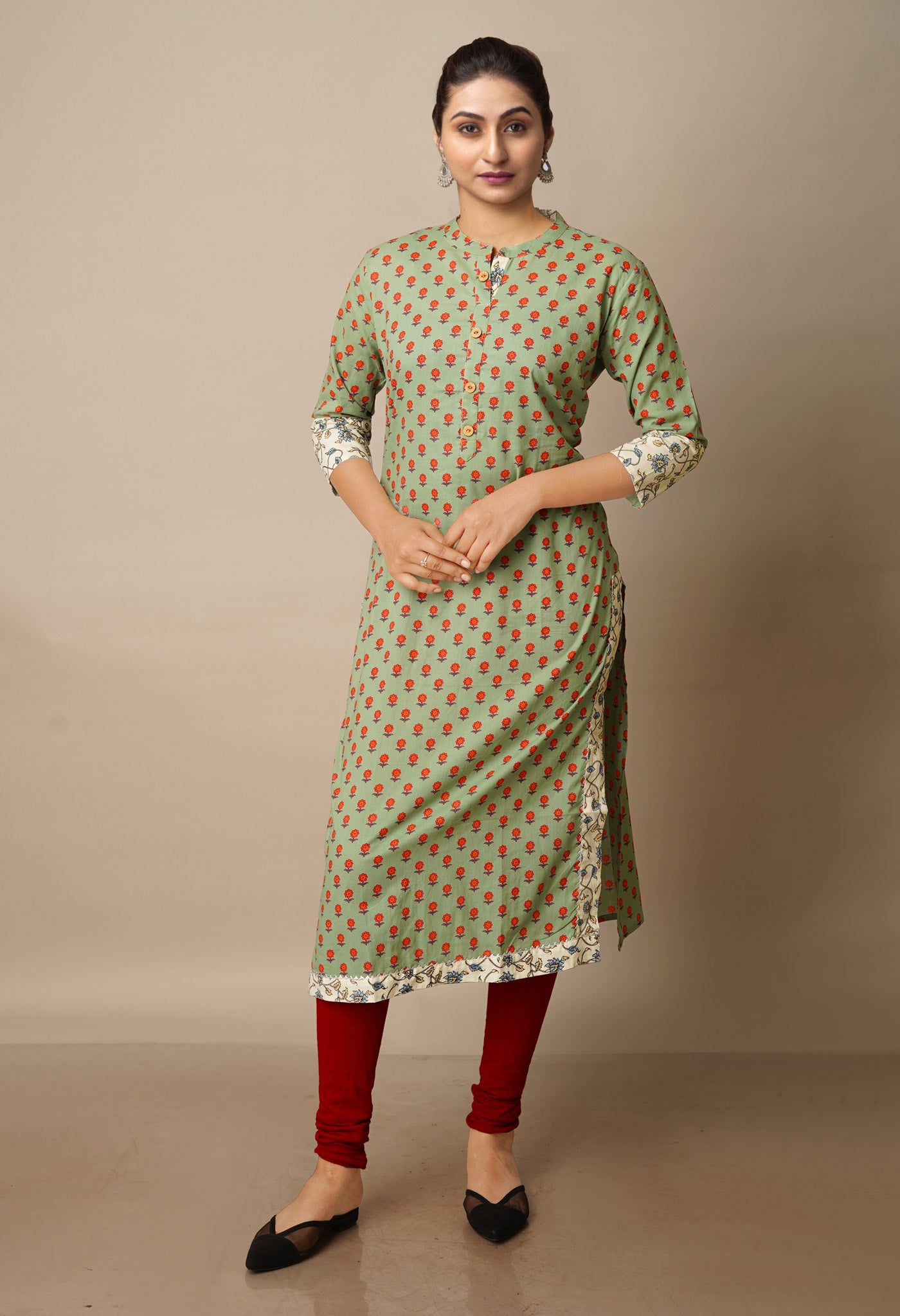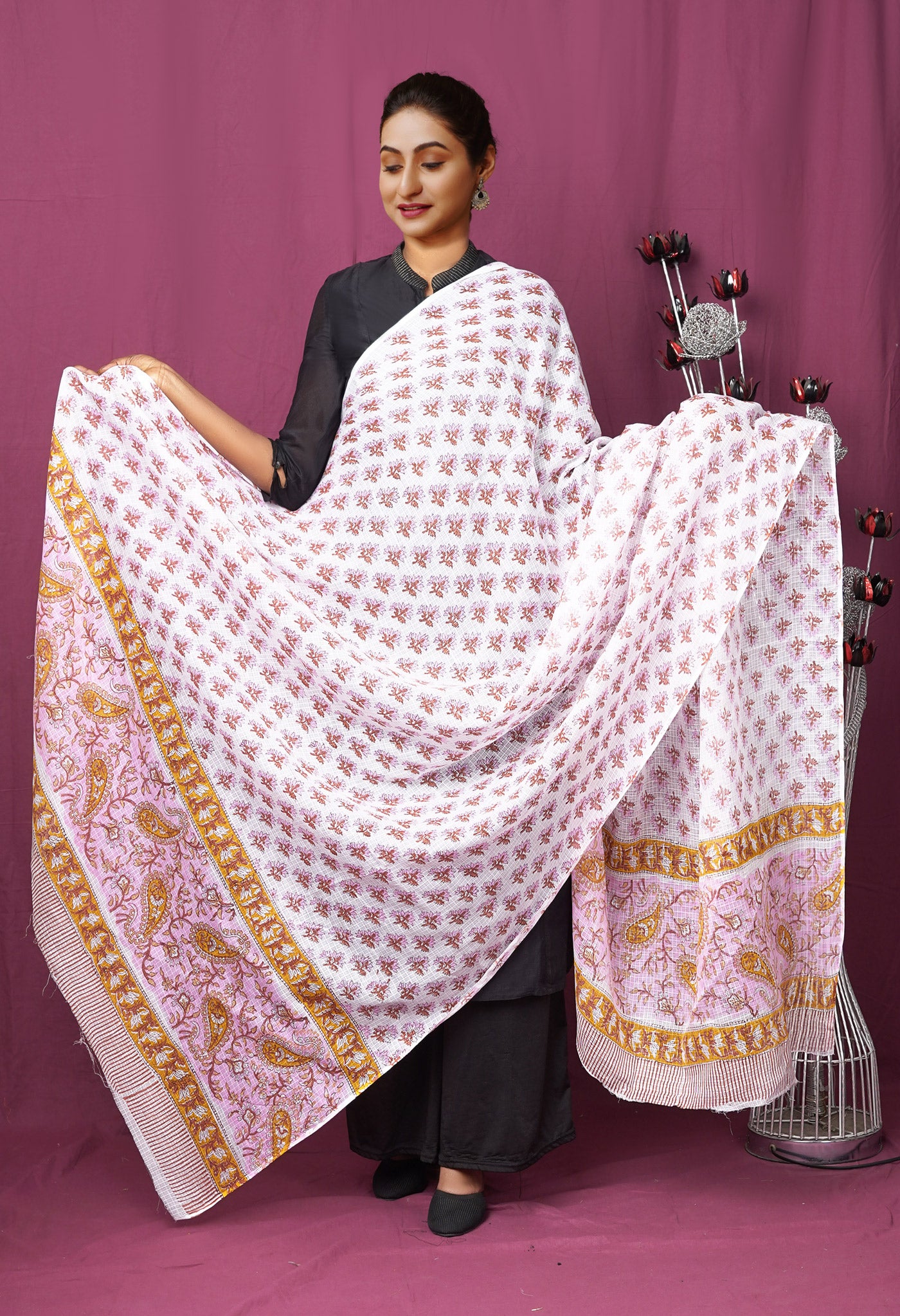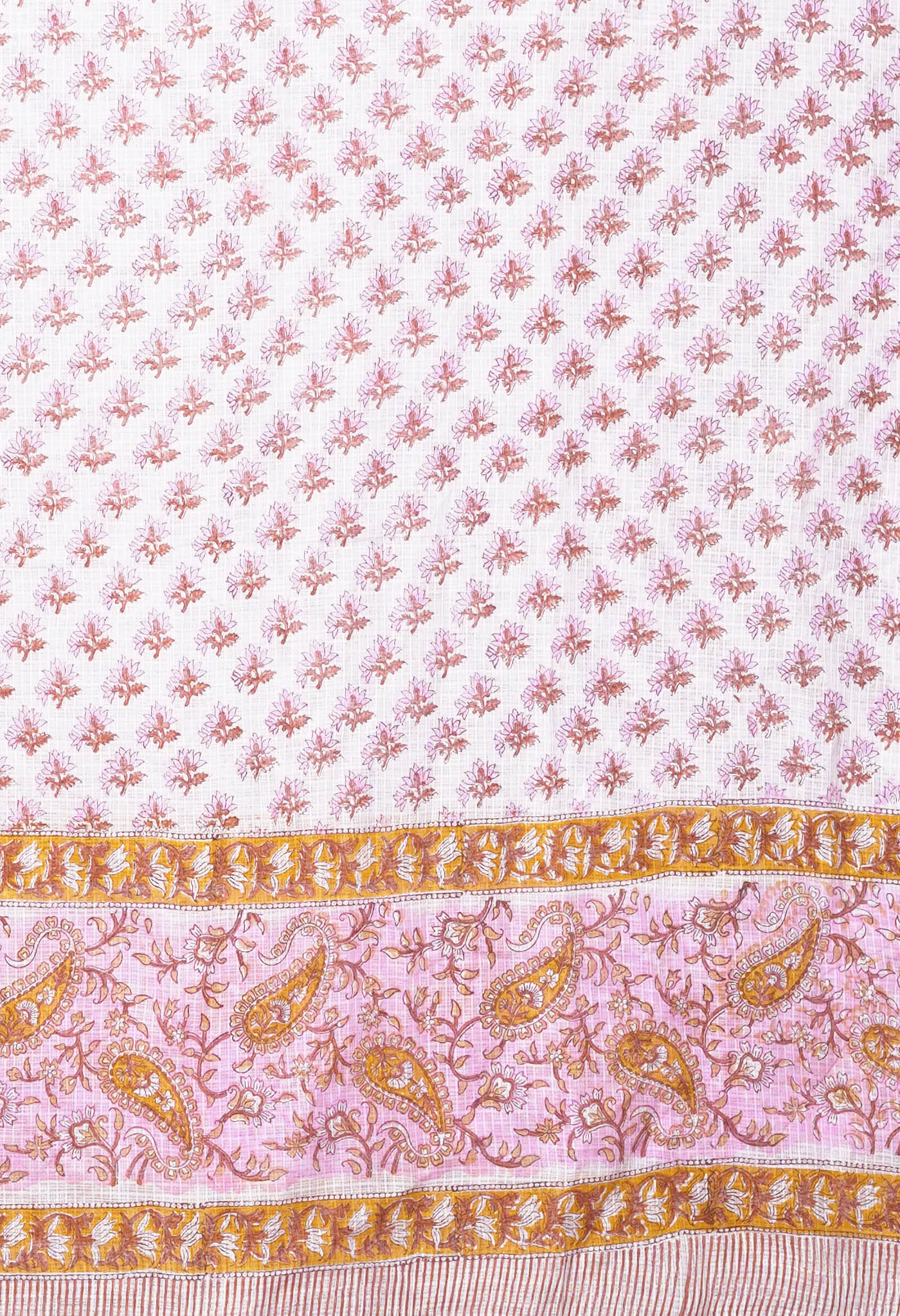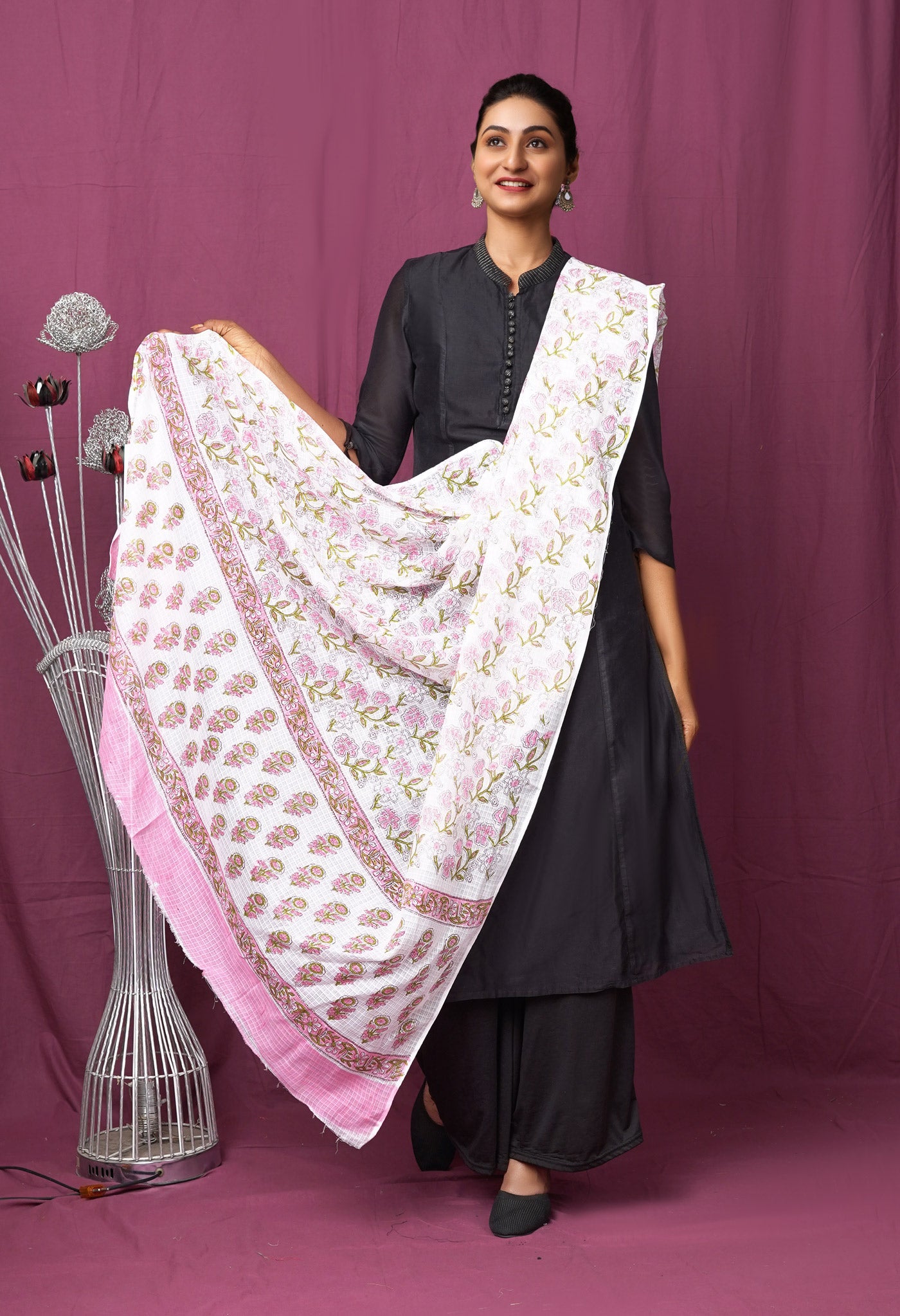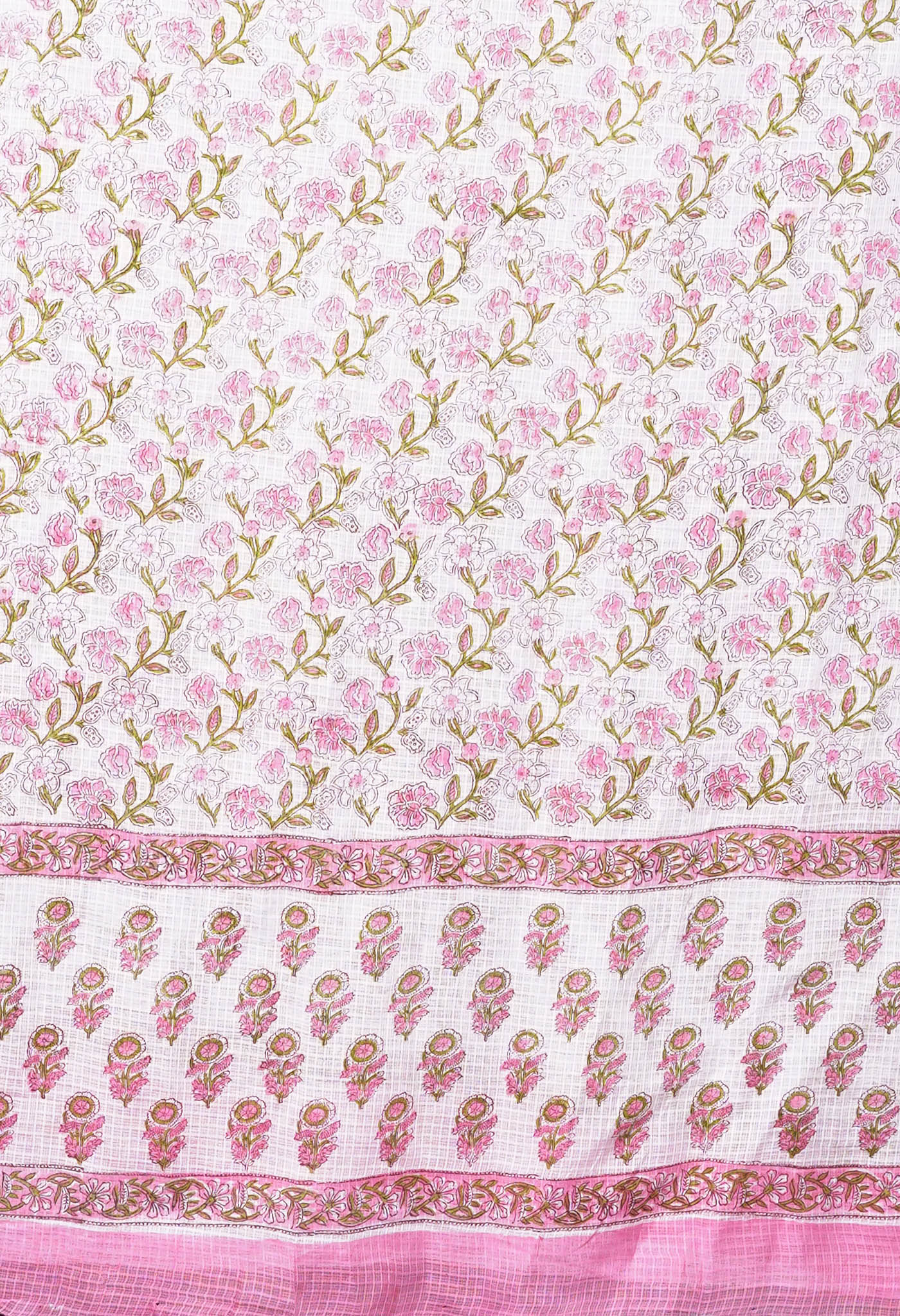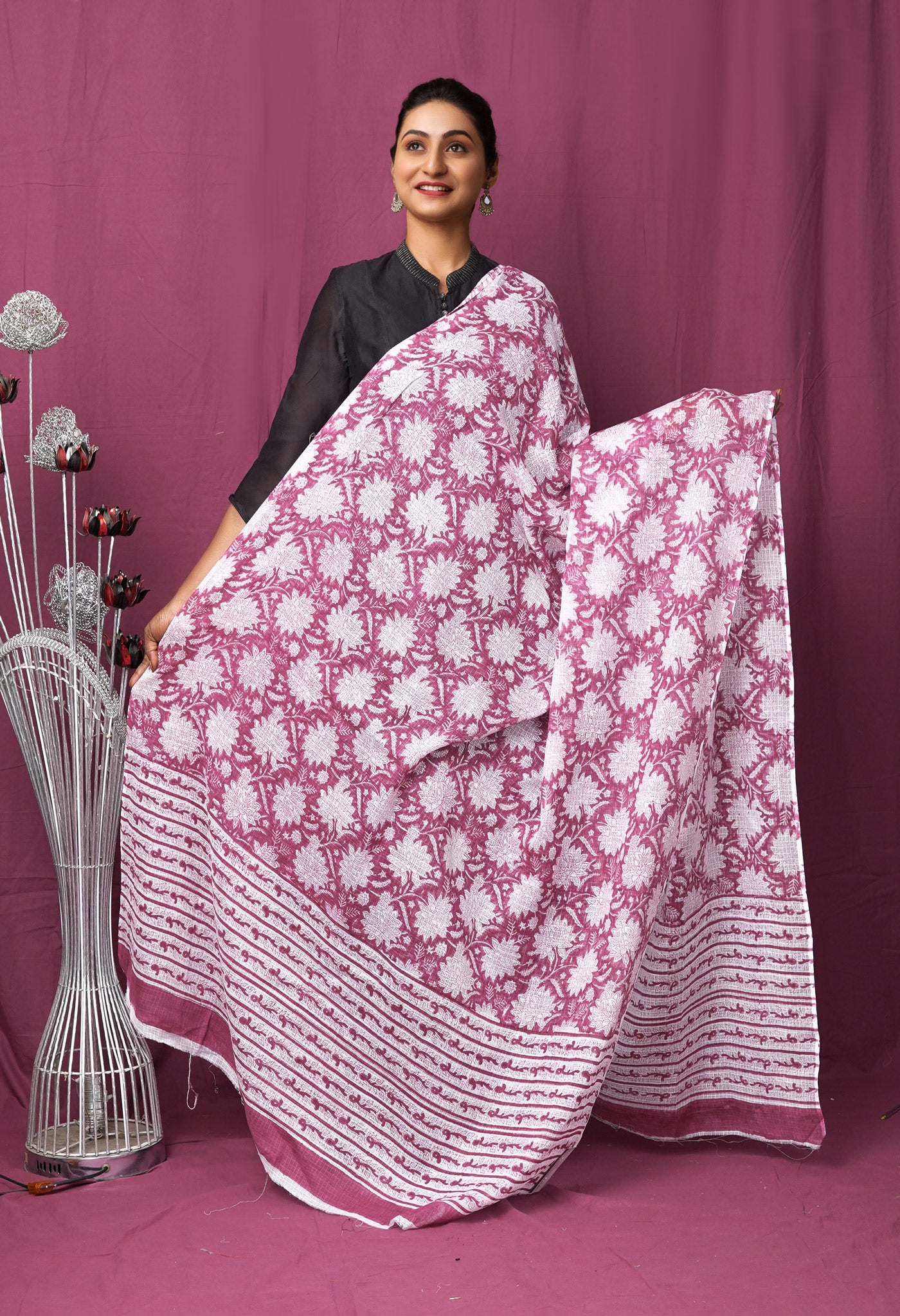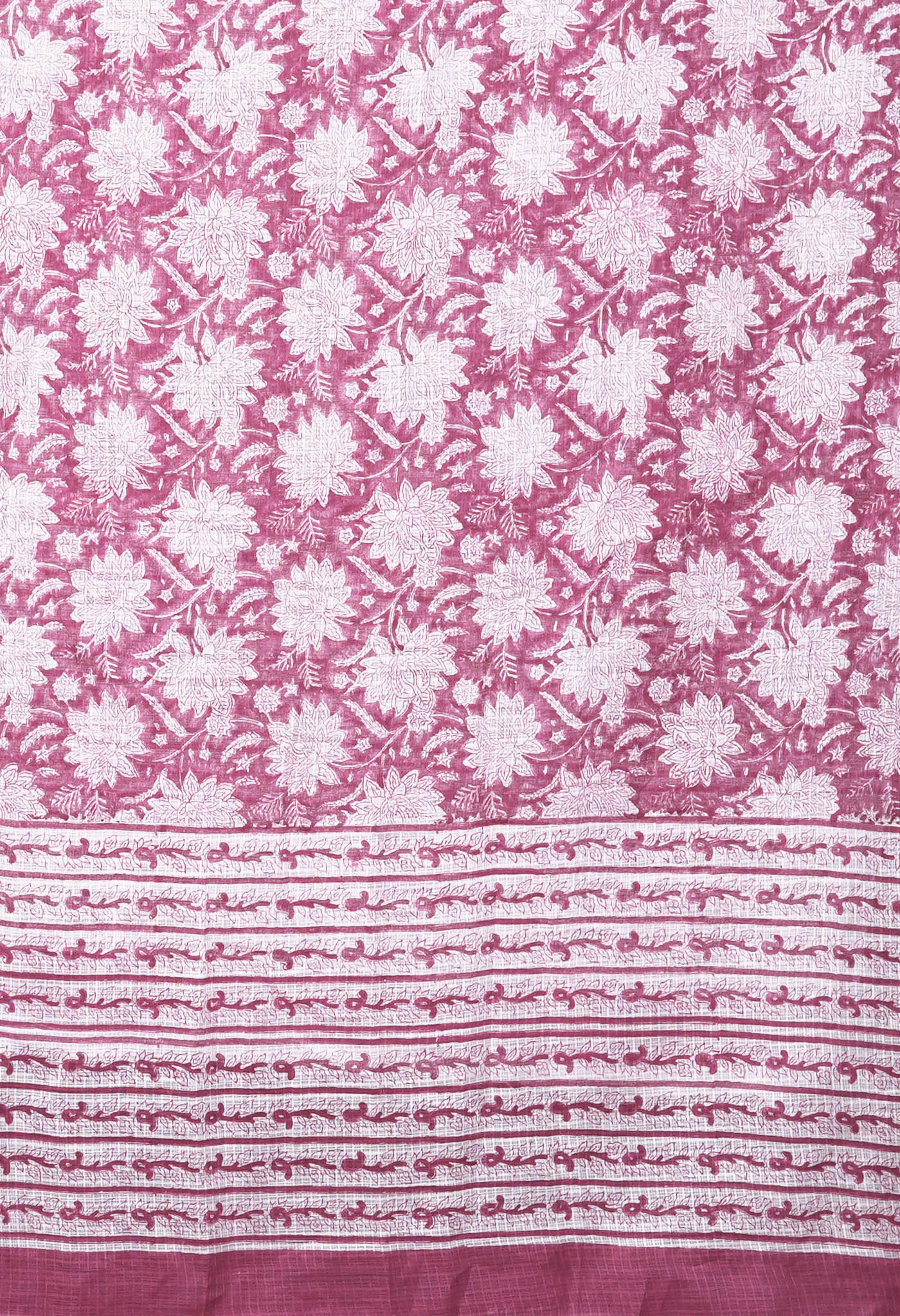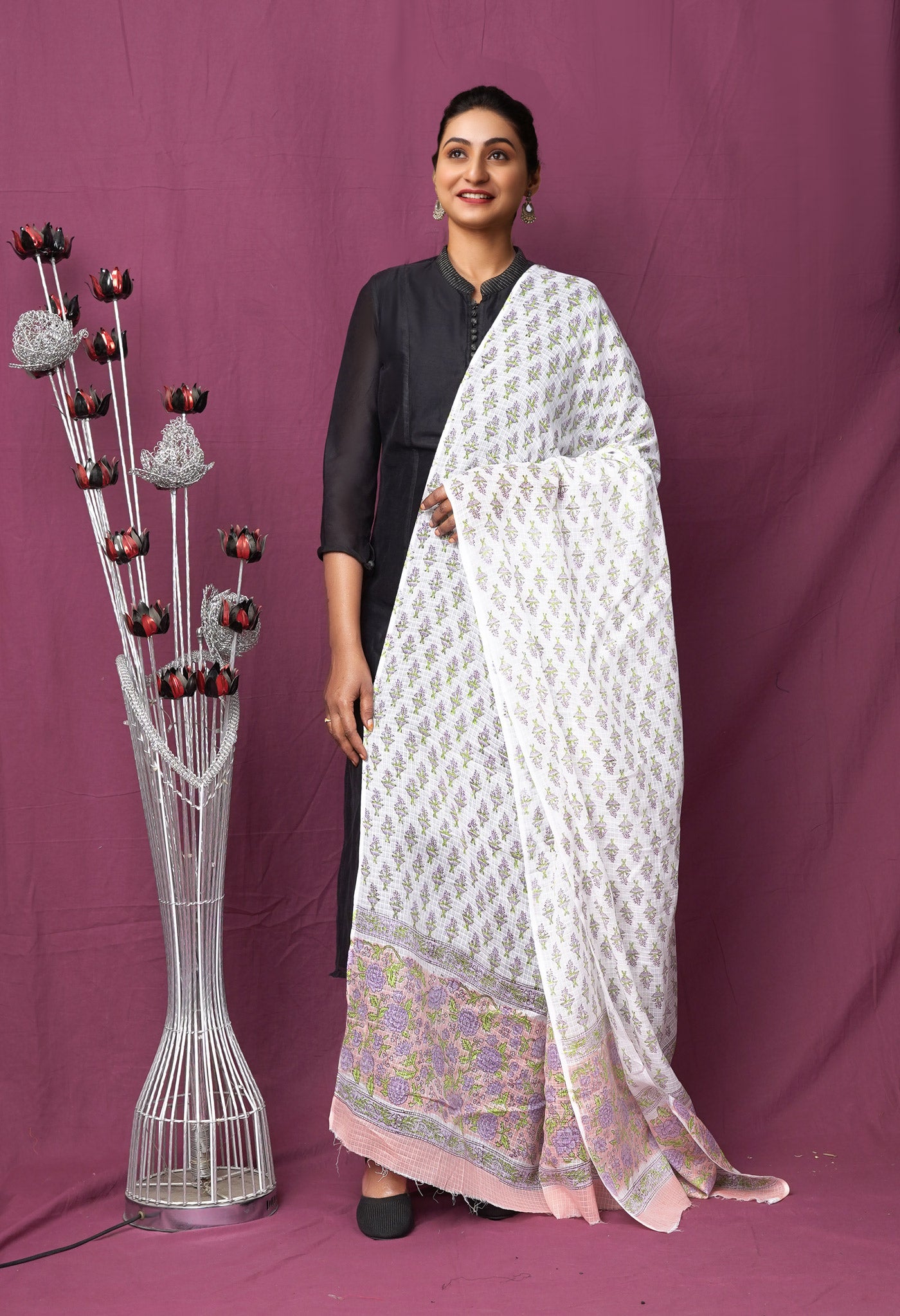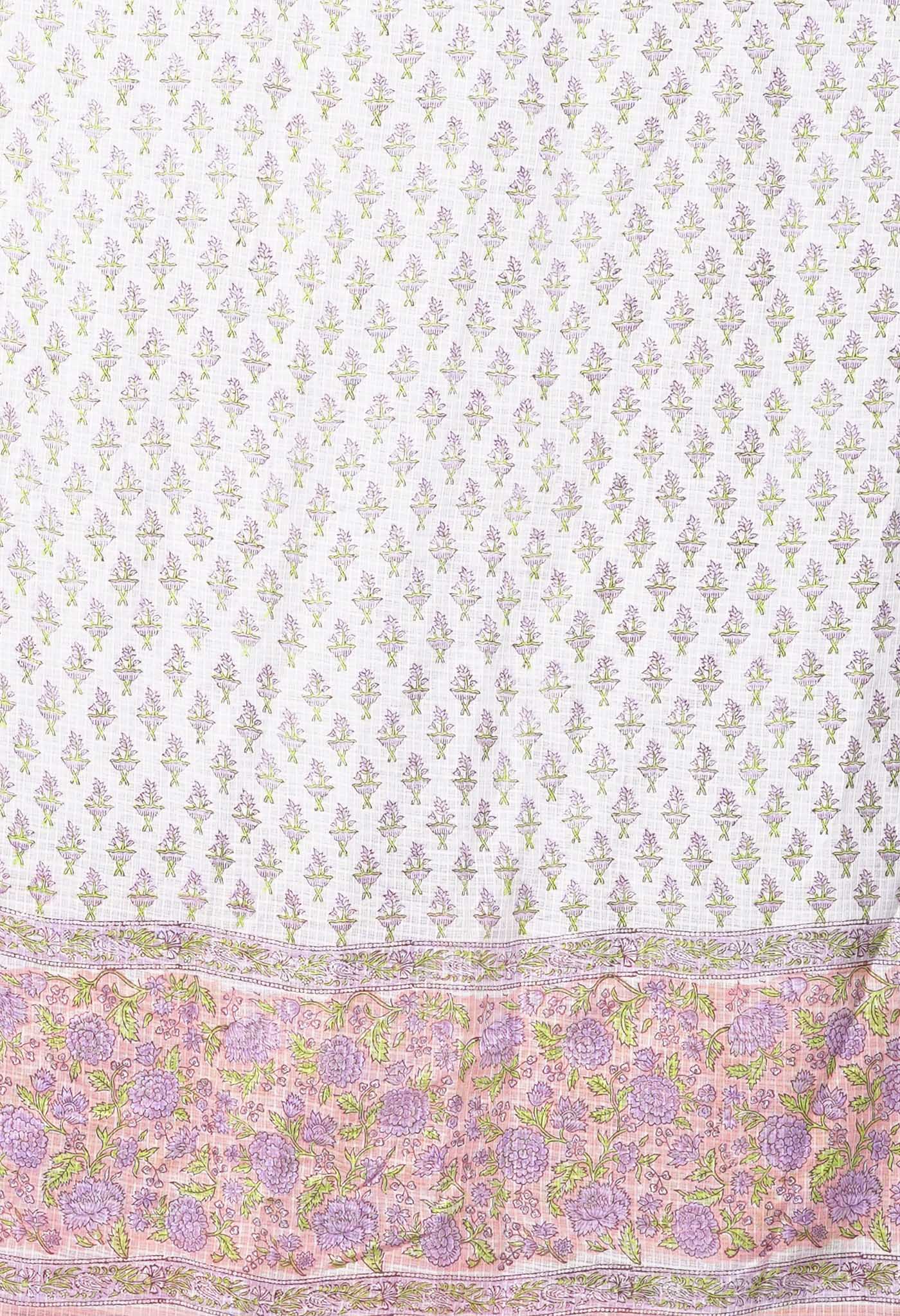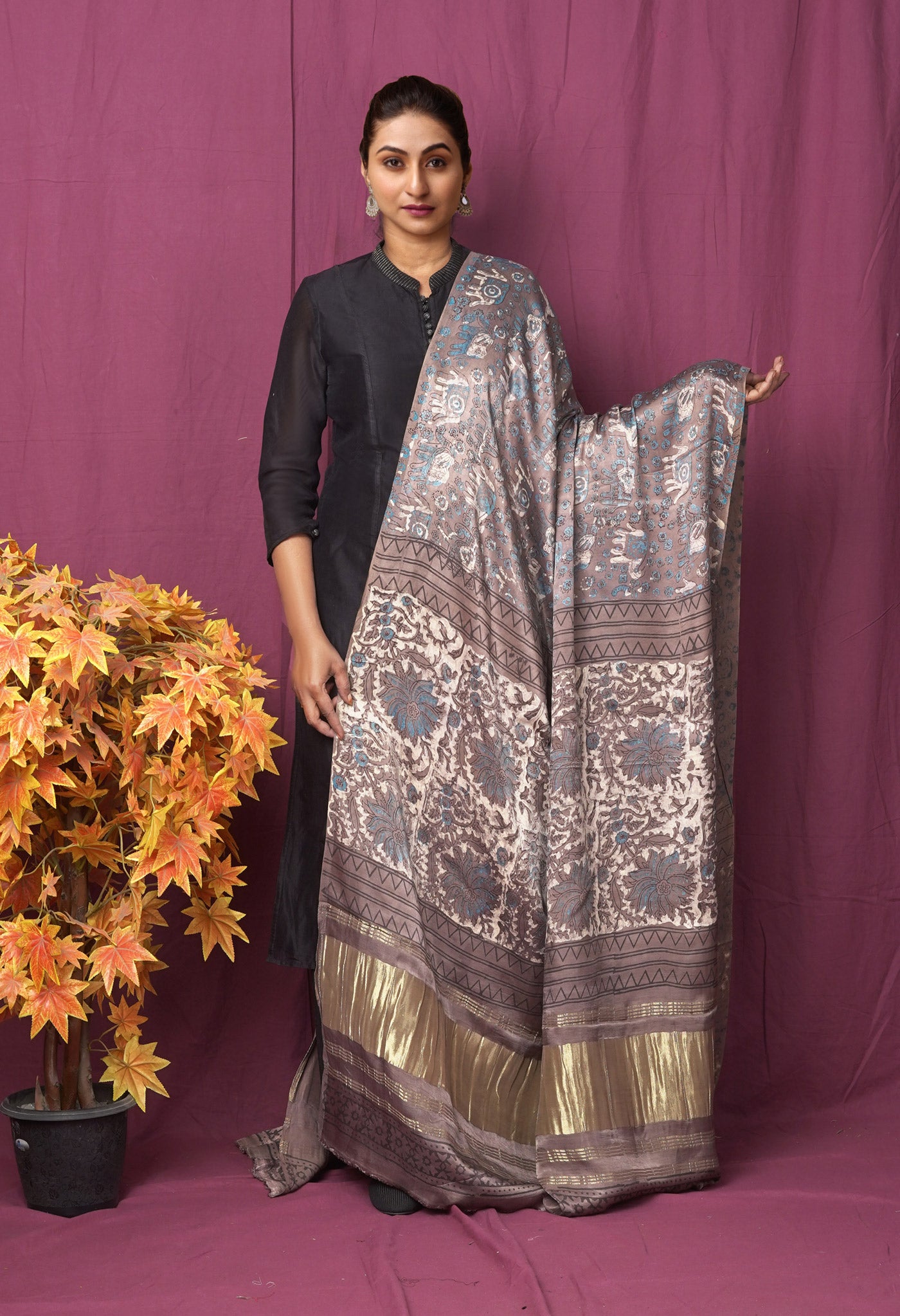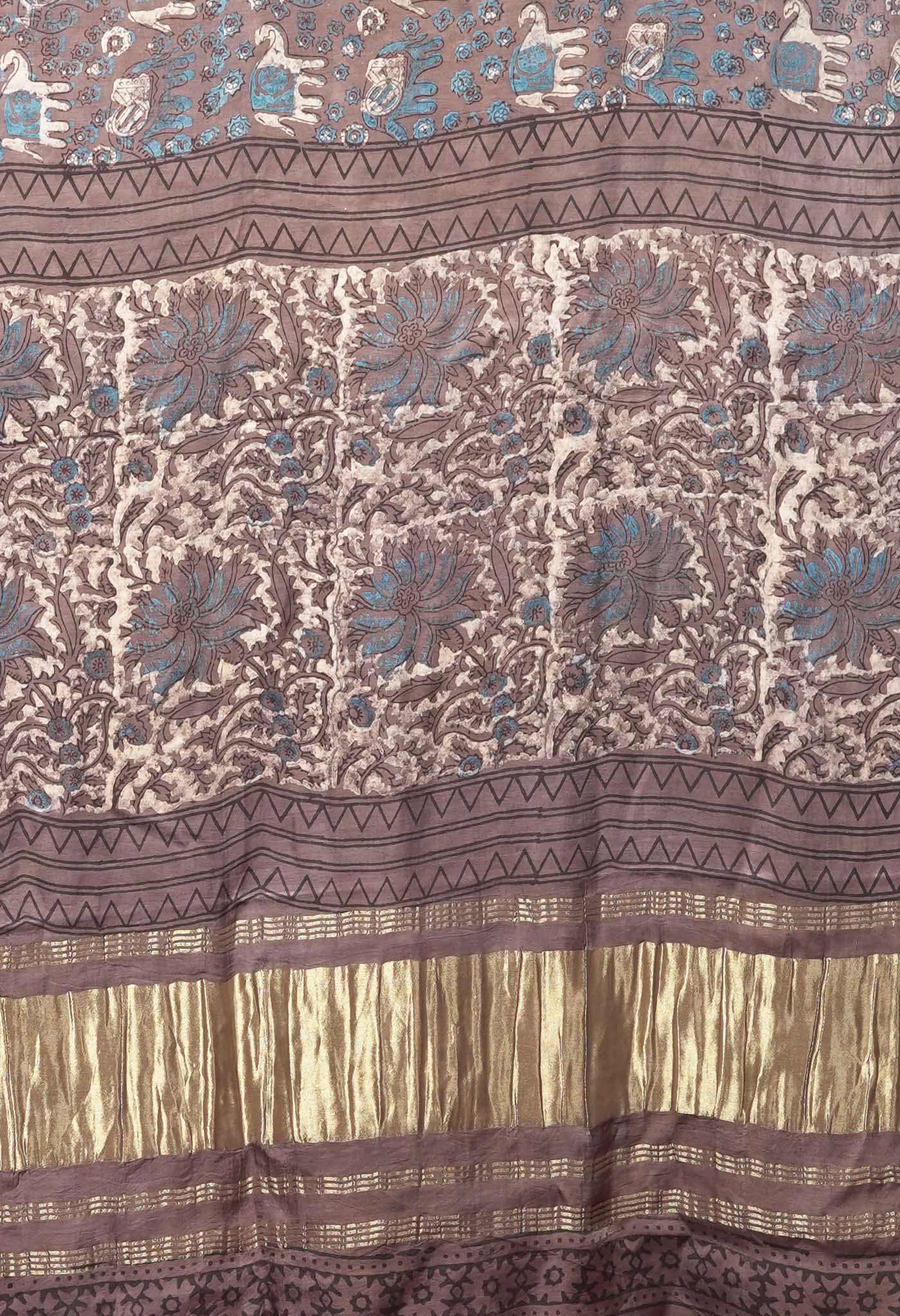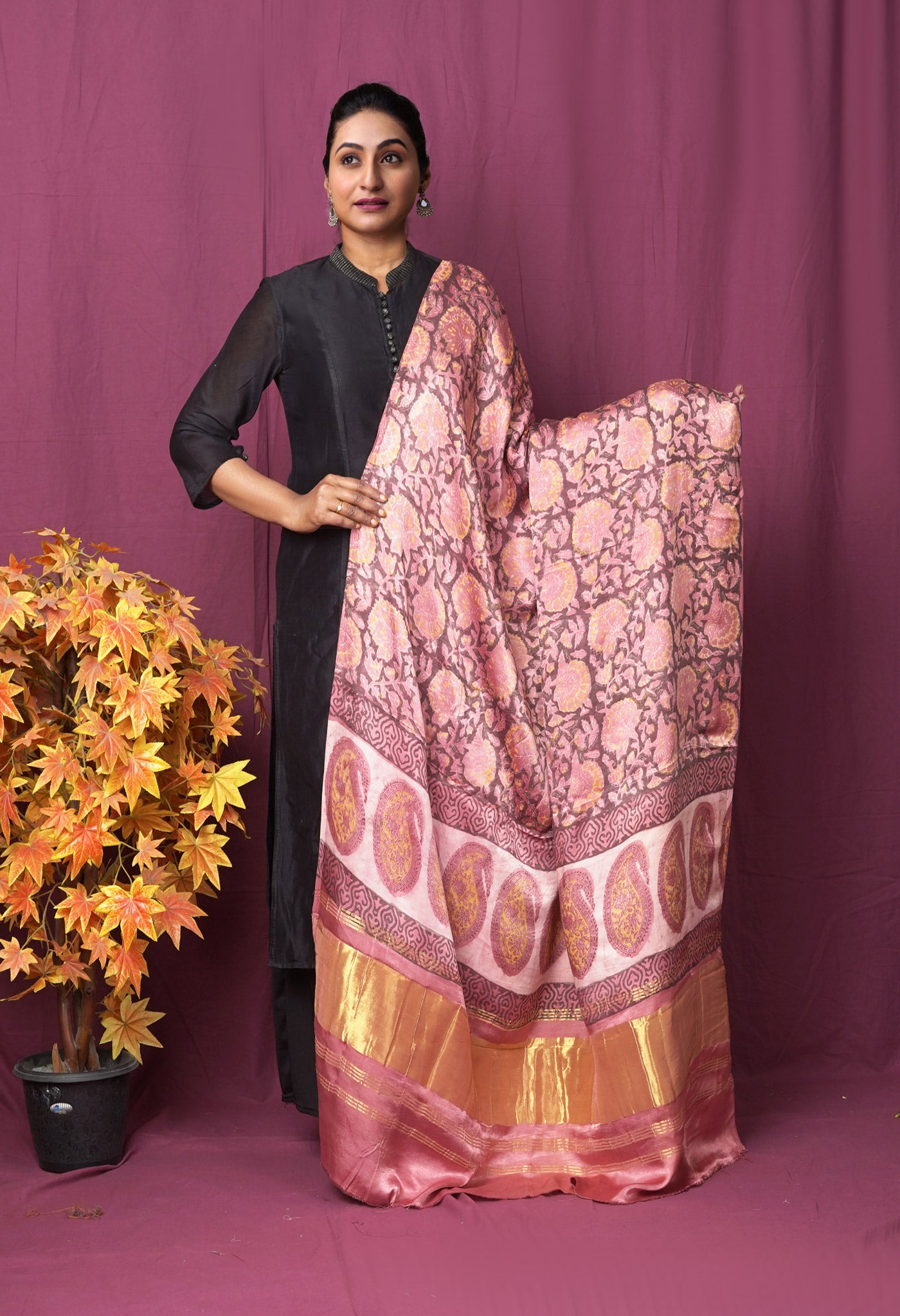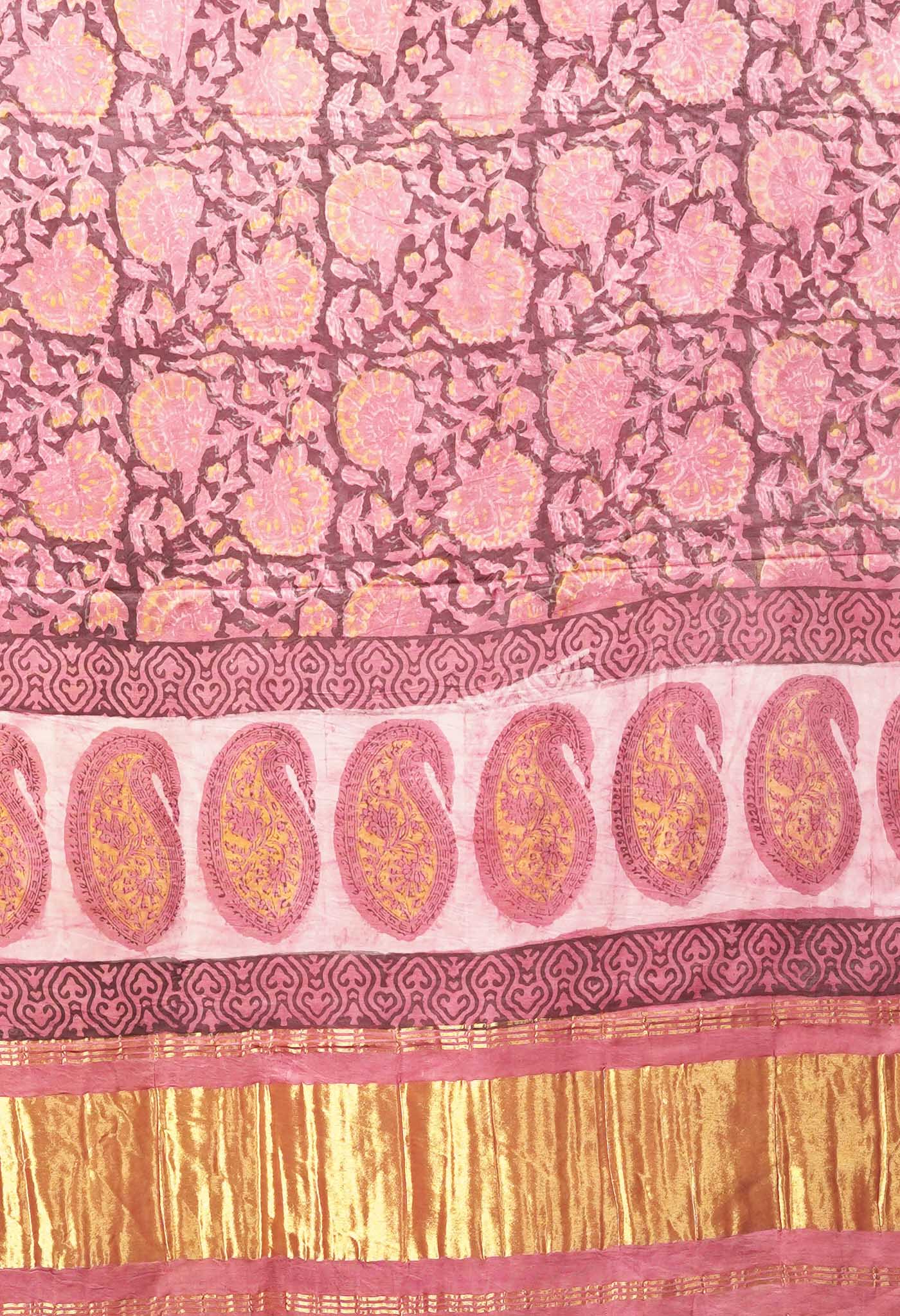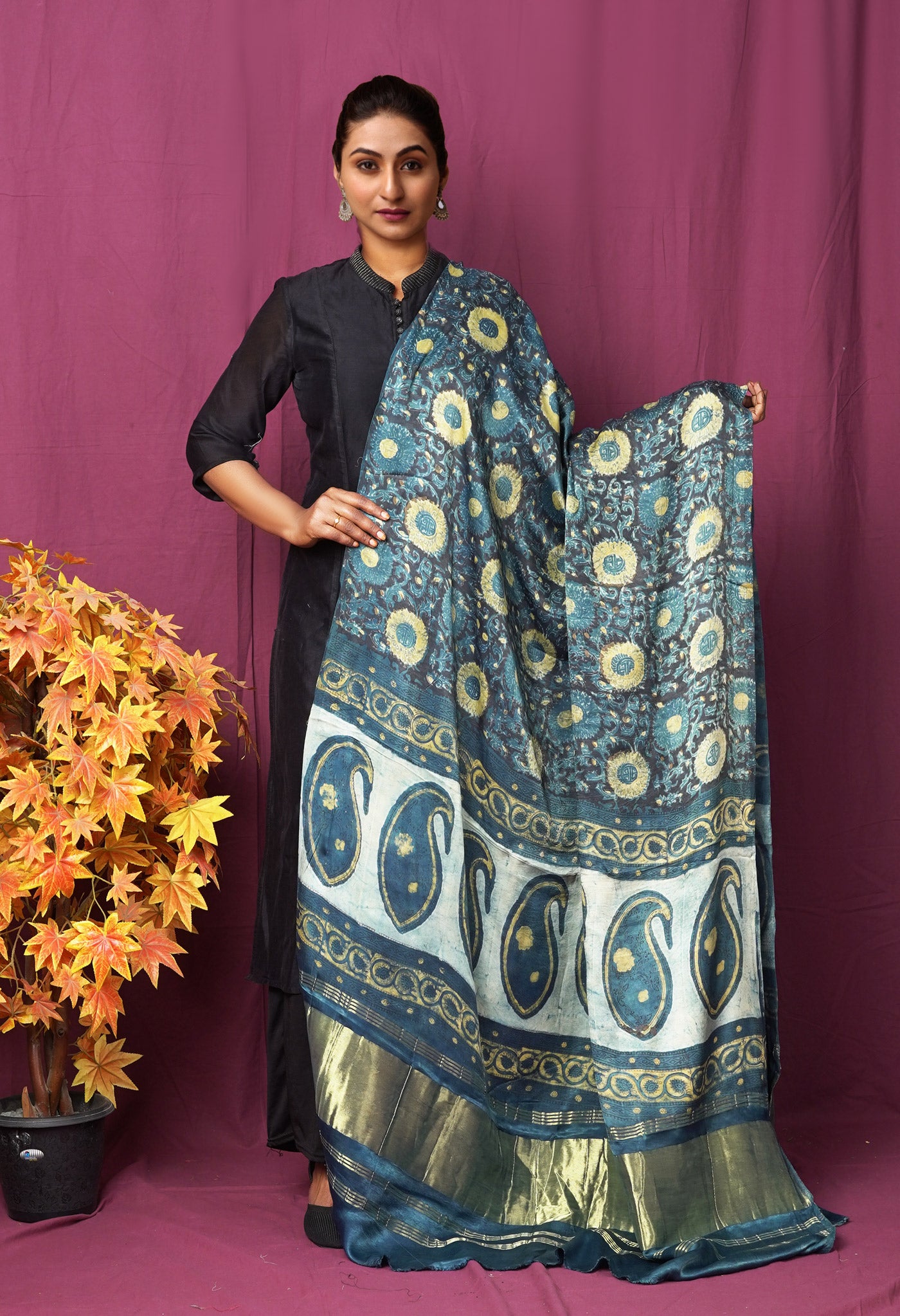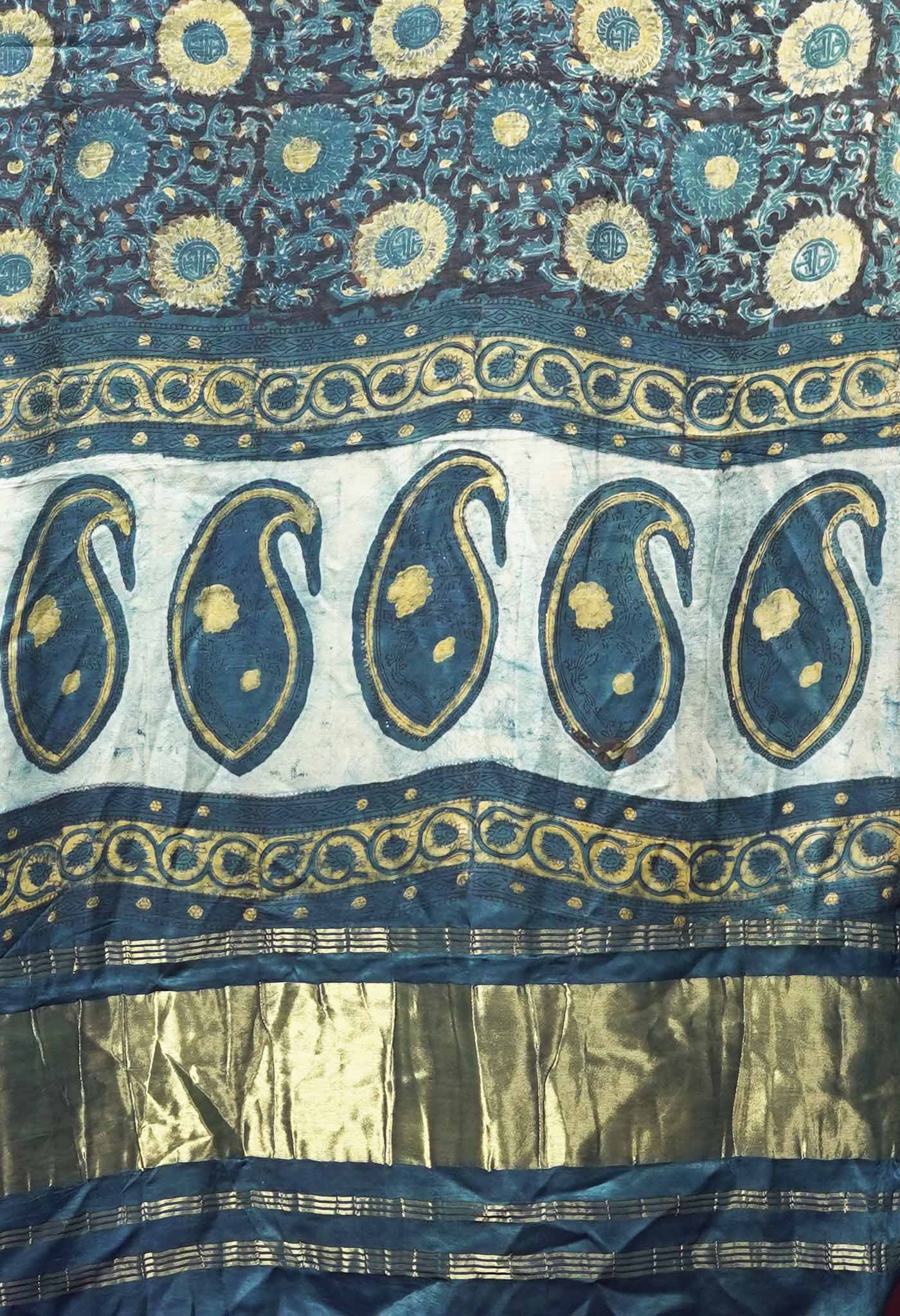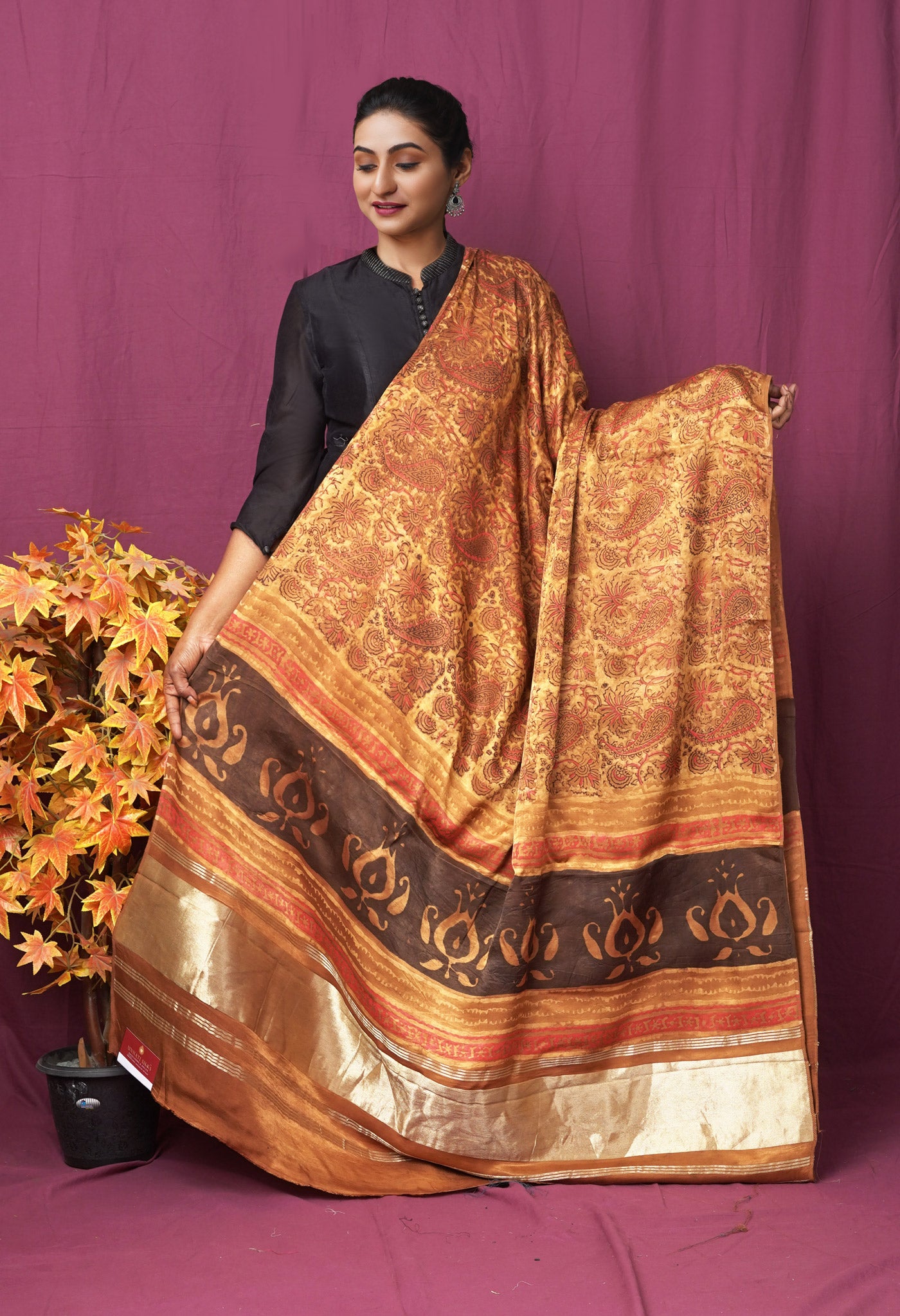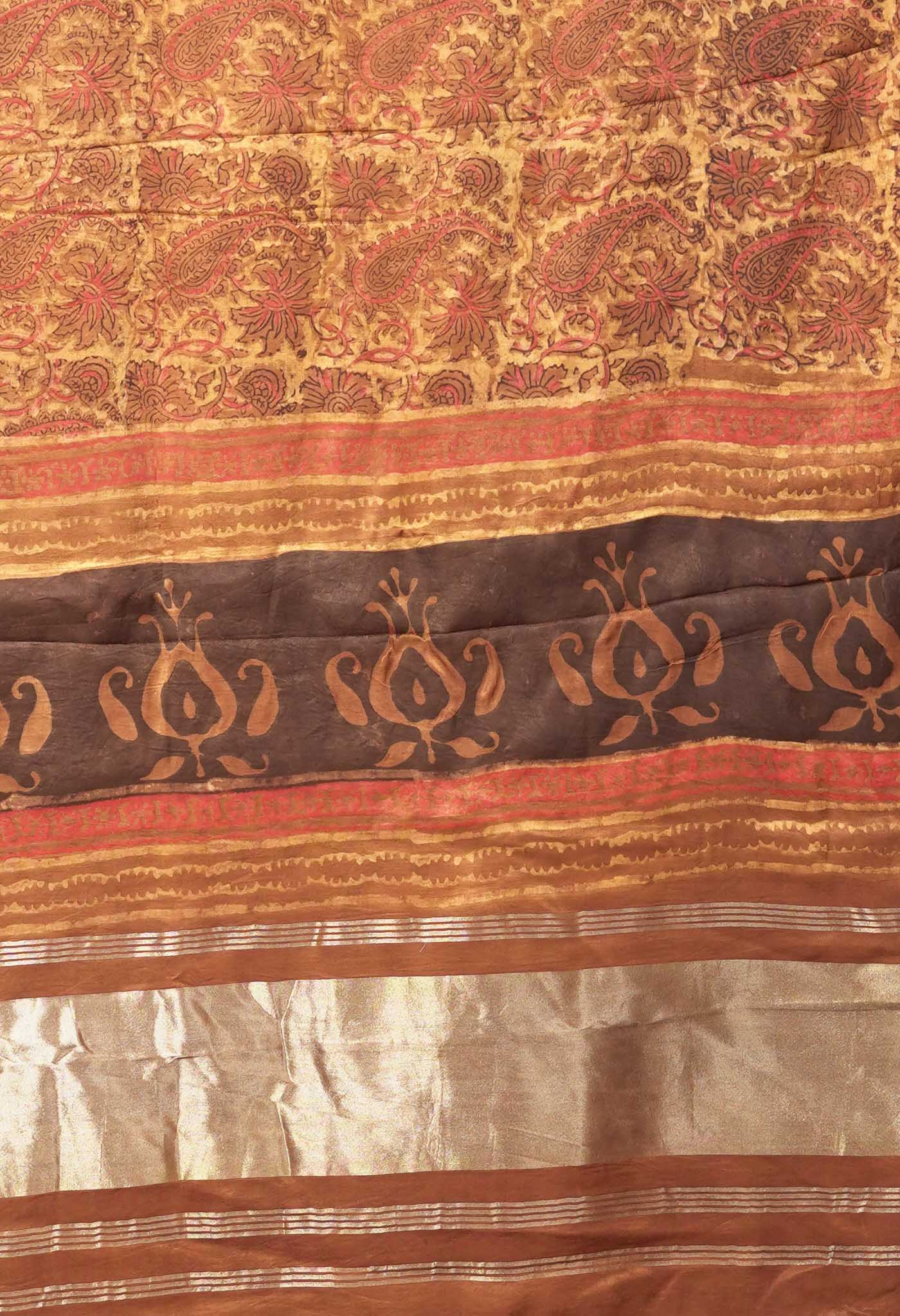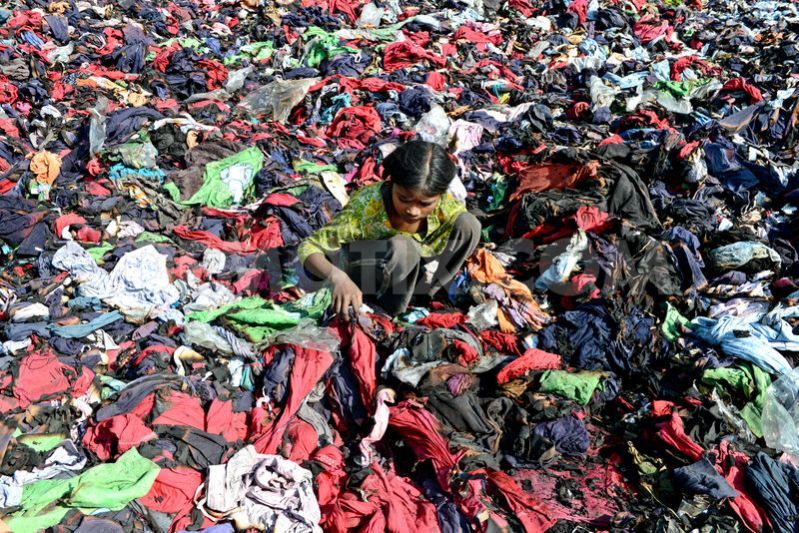
Pressing reasons why sustainable fashion has become inevitable
 Those who deal with textiles would have come across the term ‘sustainable fashion’ mentioned in various forums, discussions, or even informal conversations. Considered by world leaders, environmentalists, research scholars, study groups as the need of the hour, steps to curb pollution of the environment in any form whatsoever are what are being considered and many already implemented in serious fashion.
Those who deal with textiles would have come across the term ‘sustainable fashion’ mentioned in various forums, discussions, or even informal conversations. Considered by world leaders, environmentalists, research scholars, study groups as the need of the hour, steps to curb pollution of the environment in any form whatsoever are what are being considered and many already implemented in serious fashion.
This brings up the question – what is sustainable fashion?
Sustainable fashion refers to everything and anything needed to bring out fashionable products without any long term environmental or sociological problems.
So how do the problems occur in the first place?
Change is considered positive in society especially when it comes to fashion, because change means diversity and variety in fabrics that offer the market, or in other words the consumer, wide options to choose from.
Naturally it would mean more and more production, technological advances to try and meet the demand, which in turn is safely assumed to mean rise in employment. In the increased availability of fashion fabrics it leads to cultural enrichment.
But the cost? Trends keep changing fast so purchases are made frequently. Clothes get bought that may not even be worn and discarded equally fast. This leads to so much waste and exploitation.
Main Concerns that advocate Sustainable Fashion
-
- Overburden on natural resources due to fast fashion & other demands
- Textile manufacturing is polluting environment
- Natural fabrics vs Synthetic fabrics- https://www.youtube.com/watch?v=TE4qFrQjFI4 &
https://www.youtube.com/watch?v=cRLPUAPCfuo - Use of animals or rather misuse of animals
- Misuse and exploitation of human labor
- Transparency
- Social issues and the stand of the brands.
Let us see in detail how each of them affect.
How are natural resources being overburdened due to fast fashion & other demands?
Based on a study, there are three areas that contribute to this anomaly.
-
-
- Increase in the number of high net worth individuals,
- Increasing disposable income among the growing population,
- E-Commerce and advanced marketing strategies of the brands are all responsible for a big growth of the luxury market all over the world.
-
Fast Fashion is even more contributive to this. Common consumers demand variety and fast fashion businesses are vying with each other to bring out products accordingly to meet their demands /expectations. The study mentions how an average buying person today buys 60 percent more items of clothing than they did 15 years ago and they keep that clothing for only half as long as they used to. 
How is the textile industry polluting the environment?
-
-
- Research says that close to 19 million premature deaths are due to environmental and infrastructure-related risk factors linked to the use of natural resources every year. Textile manufacturing is by itself a large cause for polluting the environment next only to the oil industry.
- Waste water from printing & dyeing units during process work where inorganic and synthetic dyes are used become harmful pollutants that taint the clean water bodies they flow out into. They create life hazards for all life forms that consume that water. Nearly 20 percent of global waste water is produced by the fashion industry, which also emits about ten percent of global carbon emissions.
- Processes other than the above also contribute to negative impacts on the environment. E.g. Overuse of water, the rampant use of chemicals in the textile industry, the dumping of these chemicals in water bodies , air pollution when the packing materials are being transported, polluting materials used for packing etc.


-
Is there any difference between Natural fabrics and Synthetic fabrics?
There is no great difference between Natural and Synthetic fabrics – the production of textiles made of natural fibers involves a lot of processes that are almost as damaging as the production of synthetics – starting from the use of pesticides and fertilizers in the production of the fibers to the damaging dyes and finishes used on the fabric.
However if you choose eco -friendly fabrics or organic fabrics as a conscious choice, they are expensive than your regular fabrics but if you are thinking of sustainable fashion they would be good. The advantage of natural fabrics like cotton, wool, linen silk etc is that they are biodegradable. Unlike organic fibres, synthetic fabrics like polyester, nylon, acrylic remain indestructible for very many years, wherever you dump them.
[caption id="attachment_22979" align="aligncenter" width="1024"] Natural fibres Natural fibres come from plants and animals.[/caption]
Natural fibres Natural fibres come from plants and animals.[/caption]
What are the accompanying problems?
-
-
- Home delivery packaging is a menace that is getting out of all of our hands – so much plastic covers covering all the prime deliveries. When you go to a shop you can choose to carry a shopping bag made of natural fabrics but when it comes to e-Commerce and home delivery do you have a choice?
- Garbage and other plastic waste have a telling effect on the marine life. Synthetic fabrics are in a way plastic and all the clothes you discard are ending in landfill and polluting earth like the one mentioned above.
-
Use of animals or rather misuse of animals
Have you seen a Passenger Pigeon/wild Pigeon, Carolina Parakeet, Stephens Island Wren, Health hen, Eskimo Curlew or Great Auk or even a Labrador Duck? Well, they were all killed so ruthlessly for their plumes that not even one bird of these species exist now on earth. During the 19th century millions of birds were killed for their feathers to decorate the hats of the beauties in European courts. And many other countless animals like Tigers, Leopards, Beavers, Elephants, Foxes, Seals are ruthlessly killed for their skin, fur, husk, teeth, oil (whale hunting) even now and are facing extinction. In the concern for the effect of all things on humans, we tend to ignore the other occupants on our planet, who has as much rights as we do to live here, harmoniously, peacefully, fearlessly. 

Misuse and exploitation of human labor
The exploitation of the poor is in many developing countries for cheap labor. When there is poverty and hunger, people will work for anything that will keep them alive – and there will always be money hungry businesses who exploit the situation to meet their own ends – they are concerned only about their balance sheets and will do anything to increase their profit margins – even going as far as to commit gross human rights violations, as long as if it goes undetected.
Child labor, not providing minimum facilities in the work place, not following basic safety precautions for emergencies like fire or exposure to chemicals in the factories / farms, not complying with labor laws applicable, not providing minimum wage and other allowances are all part of human rights violations that are common in the fashion industry.
Transparency
This has to do with the use and misuse of the great deal of information and data most businesses have about their customers – the use of these data in the wrong way ( or by the wrong hands) has lead to irrevocable damages to many customers – emotionally as well as monetarily.
In the fashion Industry this is very much applicable as it is a thriving industry with a daily consumption of more than 200 million units every single day. A lot of data go forth this way and that way including financial data and confidential information like phone number, address of millions of customers.
If a big company with all their infrastructure and technology cannot assure their consumer that the information these brands have about him/her would not be used in the right way without his or her consent the business does not deserve that customer.
Social issues and the stand of the brands
This has more to do with the attitude and beliefs and the way a society’s ideals are shaped – Customers are demanding actively that their favored brands support their favorite social causes. This is already happening around the world with big brands supporting good causes as part of their brand building efforts. Today there are many ways that people get to know about the attitude of a brand – through their social media handles, through the attitudes of their brand ambassadors, their marketing statements etc. There have been instances of large hues and cries and a steady decline in a brand’s popularity when popular social causes are denigrated by them.
If a brand is found to be supporting a cause which is demanding something bad from society, consumers will eschew that brand and buy from brands that support and encourage good things in the society – this reason is enough to motivate the businesses for supporting good socially uplifting causes.
How are clothes poisoning oceans and food supply?
Studies have showed that alarming numbers of tiny fibers from synthetic fabrics are making their way from your washing machine into aquatic animals. Microfibers – tiny threads shed from fabric – have been found in abundance on shorelines where waste water is released. Now researchers in trying to pinpoint where these plastic fibers are coming from have come up with a finding.
Synthetic clothing that tend to lose fibers with every wash like fleece jackets tend to land through wastewater disposal into lakes, rivers and oceans. Over time they assume significant quantities. Consumed by fish and other wild life, when they land as cooked food on the table, they are consumed by humans. Scary is it not?
So what makes one ready for sustainable fashion?
When you have a sense of discrimination or a sense of fair and unfair, and you adopt fair means at all times, you could be said to be ready for sustainable fashion. Sustainable fashion would lead to a healthier environment and planet.
Can you name one brand that is practicing sustainable fashion in India?
Offhand I can say there could be several but which I know hardly anything about. There is one that has definitely advocated sustainable fashion since four decades. That is Unnati Silks - a force to reckon with in handlooms since 1980.
How has Unnati Silks been practicing sustainable fashion?
Supports slow fashion - Unnati Silks has been associated with handlooms since four decades. In the production of handloom fabrics, the pace of production is much slower than the chains of yardage produced on power looms. Hence it cannot over-produce or stock beyond a limit because handlooms take time to weave and each offering is given due devotion not as in assembly lines. Indirectly it advocates slow fashion.
Use of eco-friendly colors for most fabrics - Many of the handlooms make use of natural colors and eco-friendly synthetics which are not polluting to the environment. Unnati Silks has always cared about environmental issues and taken as many steps as possible to see that degradation directly or indirectly is avoided to the extent possible.
The use of Natural fibres - Handlooms are Indian ethnic and mostly from natural fibres such as silk, cotton, jute, blends etc. Synthetics have been included in the last decade or so due to market requirements but still handlooms rule the roost.
No animal exploitation - Unnati Silks has a team filled with animal lovers and hence does not support anything that exploits animals nor uses animals for the fabrics that are provided.
No human exploitation either - Unnati Silks has a deep bonding and long term association with ethnic weavers and craftsmen and their families from across India since 1980. In fact even during the corona lockdown there was both empathy and provision of work for sustenance to get them through the difficult times.
Transparency is a code of honour - At Unnati Silks all dealings are above board. Questions are entertained, queries are answered to satisfaction, the mode of operations is known to all customers - simple, straightforward and easy to comprehend. The after sales support team is always available online during office hours and calls and emails are replied to promptly.
Social responsibility is part of its ethos - Unnati Silks believes being part of society it has social responsibilities too.
-
-
- Summer camps for children, is a regular feature conducted since the past 27 years.
- Management programmes on various subjects have been conducted at various premier institutions across the country.
- Taking up social causes, one such recent event has been an elocution competition conducted for colleges of all Universities across Telangana state. The theme “Cancer, its effects and solutions to prevent the onset of Cancer” was conducted with gusto and participation of the stakeholders at these Universities and a social message on how bad habits and a fast-paced lifestyle can cause a deadly disease like Cancer was highlighted.
-
How do customers embrace sustainable fashion?
To embrace sustainable fashion, you have to know why you need to revise the current practices in fashion which are decadent and harmful. When customers are aware, and decide to act, brands/businesses comply and big changes follow. So here they are, so that you can act.
The customer can help in the following ways:
Clothing Swap
One of the best sustainable solutions since both exchanges do not contribute to a landfill. Takes time to organize, but Facebook or other apps. Could help greatly! If you plan a private swapping event do a size check with the other participants.
Second Hand purchases
Another great sustainable solution! Since the clothes already exist, the negative aspects of production are avoided. Buying high quality second hand or vintage pieces could be a great buy, if your budget allows it.
Slow Fashion
An environmental-friendly idea that produces fewer new items! In practicing slow fashion it means sticking with what you have for a long time. This could get difficult to practice in case tastes change. Quality is key here, so take the time to really think about if the pieces suit your style and you can see yourself wearing them for a long time.
Fair Fashion
It means fair wages supports education and directly improves worker's quality of life. If everyone had a living wage then we would see more happiness in the world or in other words, less conflict and more love & peace. If you hinge on certifications, they can be misleading at times and mean different things than one might expect. Also many smaller brands cannot afford certifications, so if they are not there it isn't that they do not follow sustainable fashion. Look on their website to see what they say in their philosophy/codex/about page, check out their social media channels, and last of all ASK the brands about it. Only if you don't get an answer, it's probably a bad sign.
Vegan
Environmentally friendly because it reduces the negative environmental impact caused to animals. You prevent animals from dying or suffering for your clothes. Some brands use plastic or other non biodegradable fibers as a replacement to animal based products. Unfortunately, these materials often end up in landfills after a short amount of time. This directly contributes to eco-pollution.
Local Production
Minimize your carbon footprint! Garment transport puts out a huge amount of C02, which can be reduced by minimizing the distances during production. If you want to have a positive impact on working conditions in developing countries, this won’t get you far. Brands that are sustainable are generally expressive about their production methods.
Minimalism
Having as little as possible or in other words, reducing consumption. If you are someone who likes to change styles and experiment around with new outfits this might seem boring to you. But if you practice minimalism, then do it right. Keeping that second pair of a kind and wearing it out buys you time till you really need a replacement.
Organic Cotton
Anything organic is good for the environment. Organic cotton saves us from pesticides, it saves us from pesticides, is better for the health and land of the farmers, and also protects wildlife is what is believed. But even organic cotton needs huge amounts of water to be produced and though making us think it is good for our skin, most organic cotton is dyed and treated with toxic chemicals.
But organic is always better, with fabrics like tencil, lensing, and hemp that offer comparable qualities and need less water for production.
Recycled Materials
It reduces waste. With recycled PET we also become less reliant on fossil fuels and there is reduction of Greenhouse gas emissions. But there is the flip side too. It sets micro fibres which can't be filtered out of the waste water. Also in their recycling more energy and chemicals are used than new garments.
Conclusion
Every fashion lover knows that there is only one thing that changes as frequently as fashion – and that is change itself. Fashion changes – along the whims and fancies of the top fashion designers, new innovation, business dictates, new inventions, social change, climatic conditions. In all these changes, where do you find a balance? Balance between a quest for beauty and variety and the natural order of things on earth leading to a Sustainable Fashion Culture.

